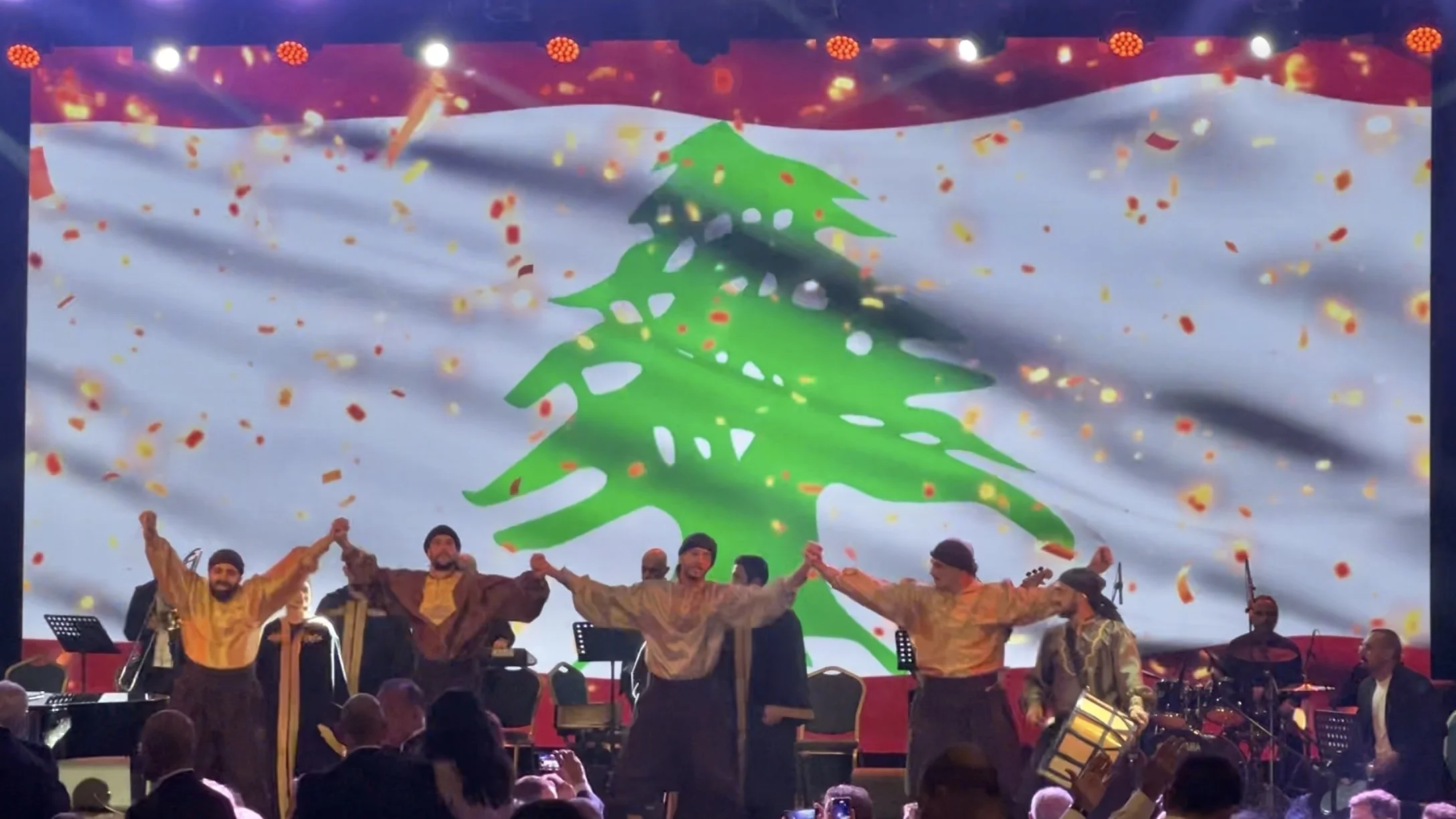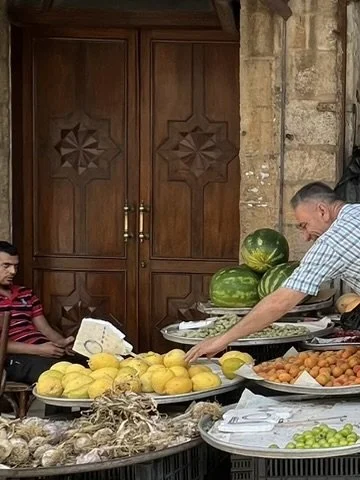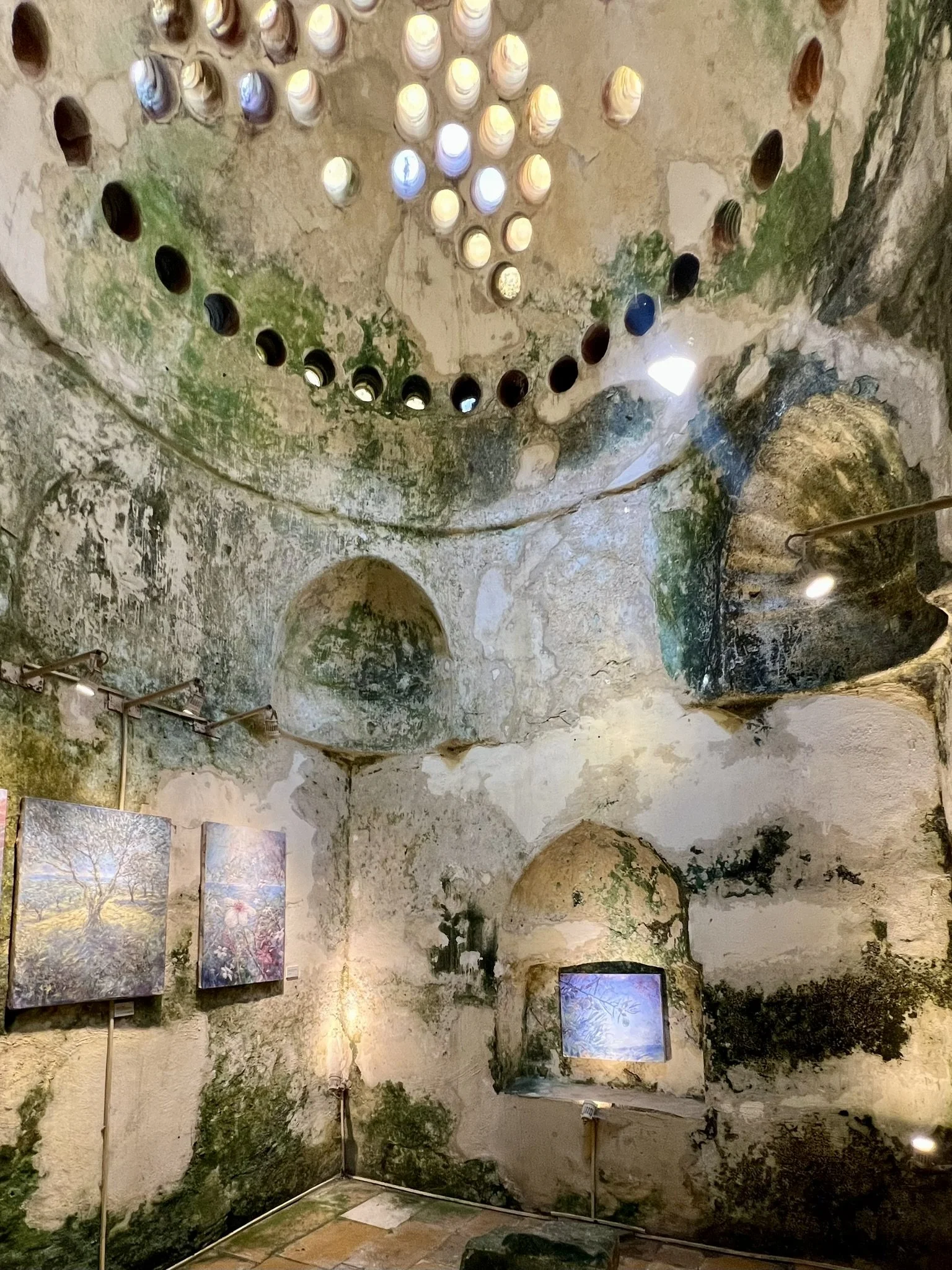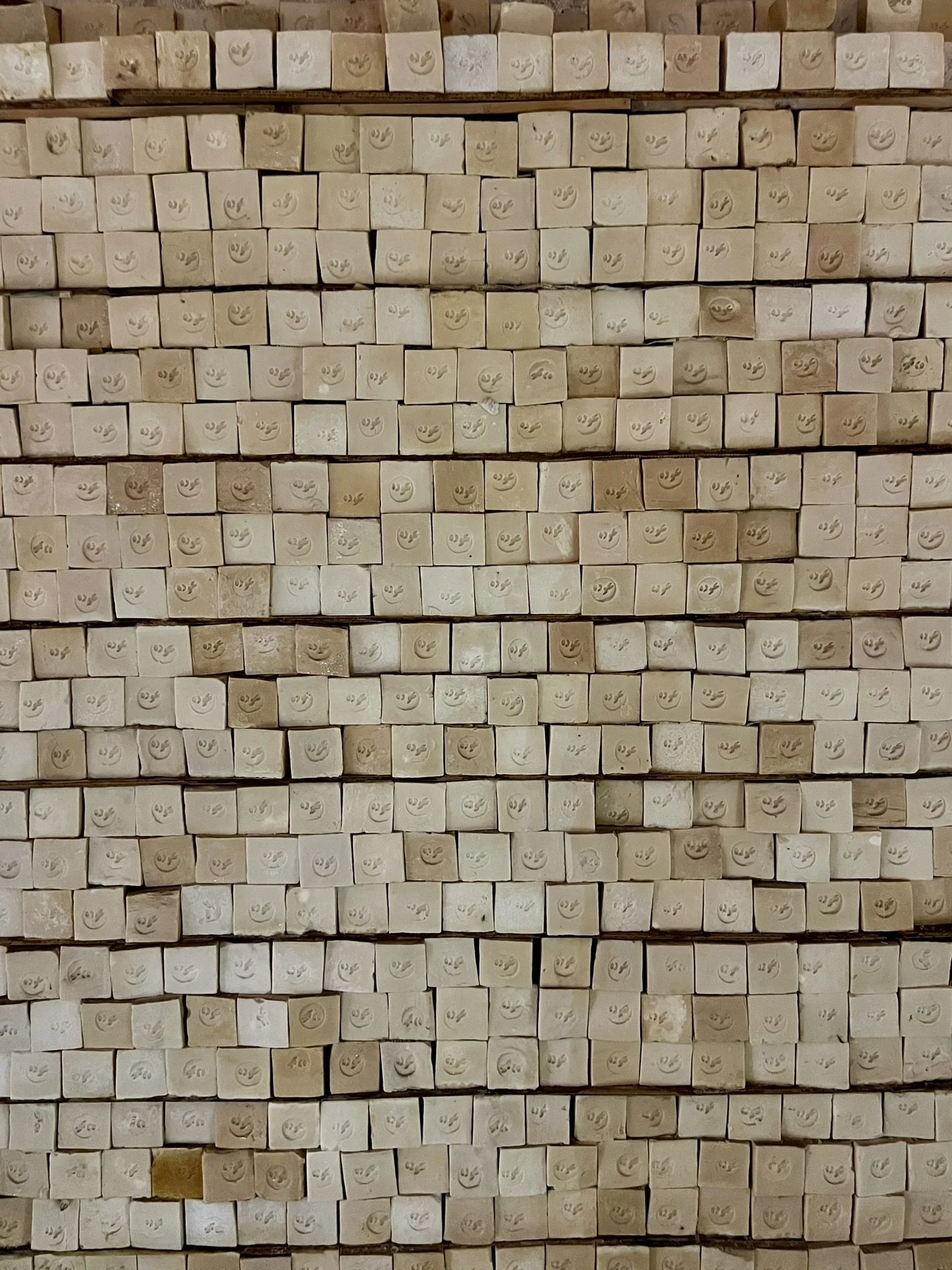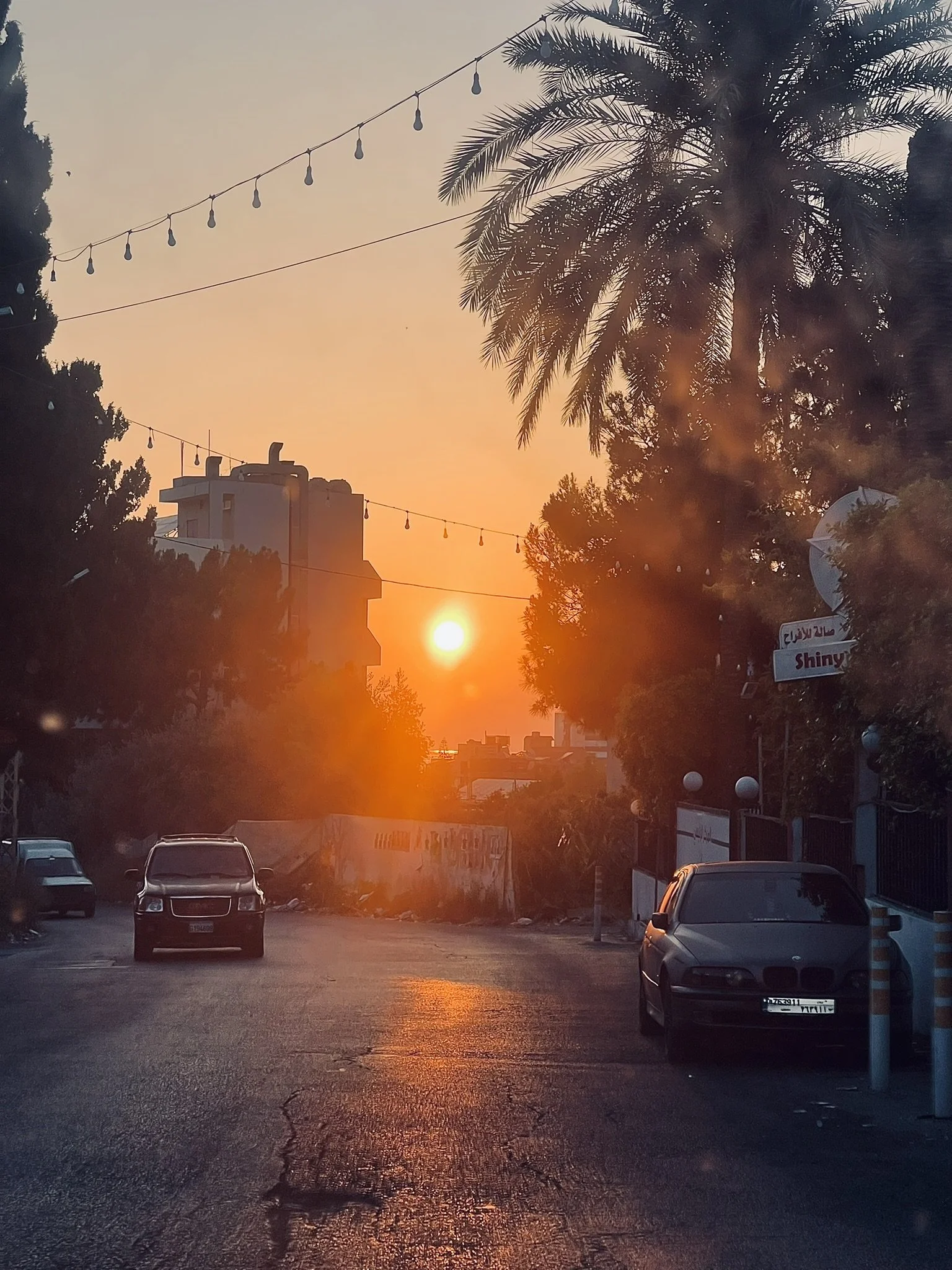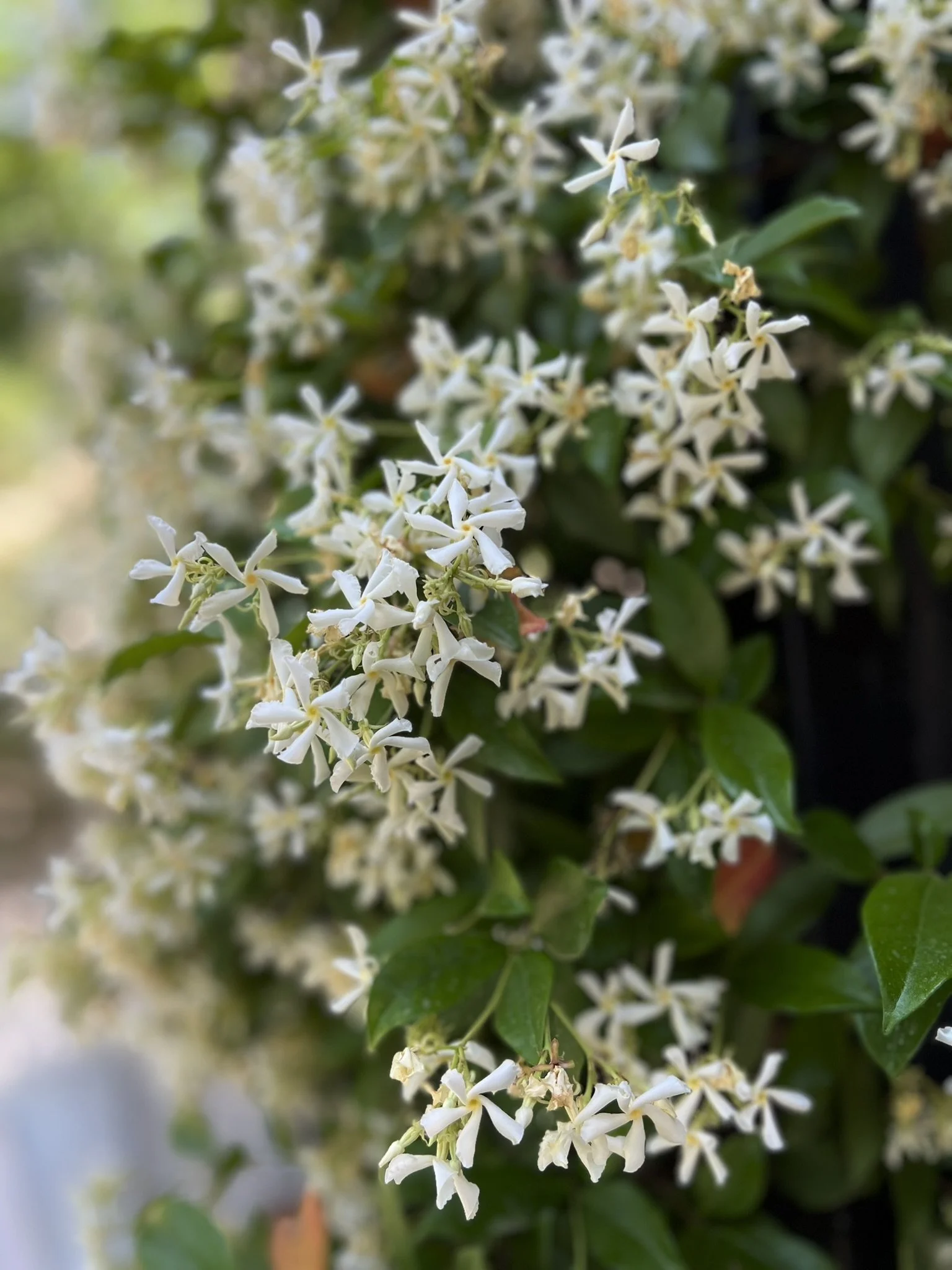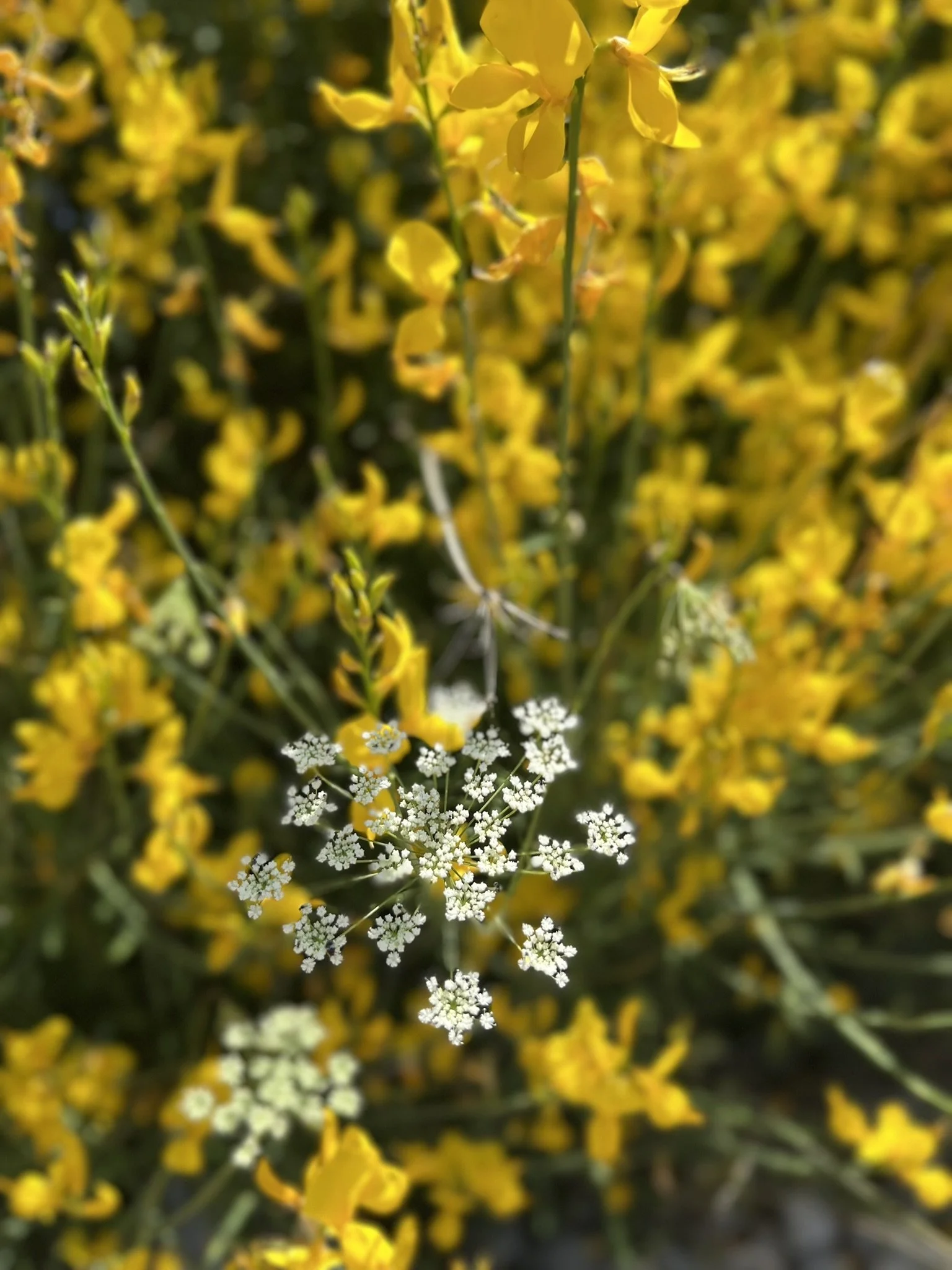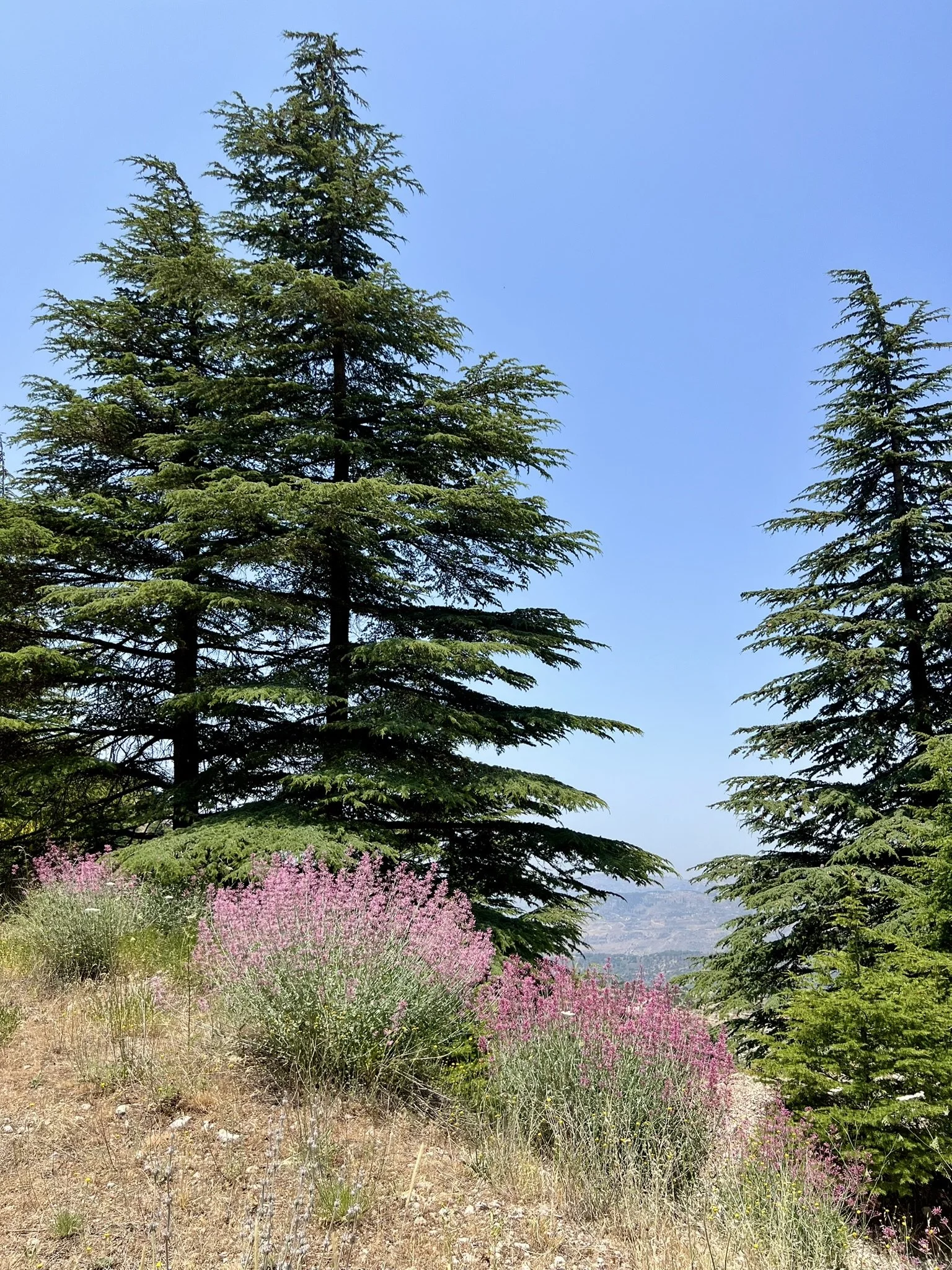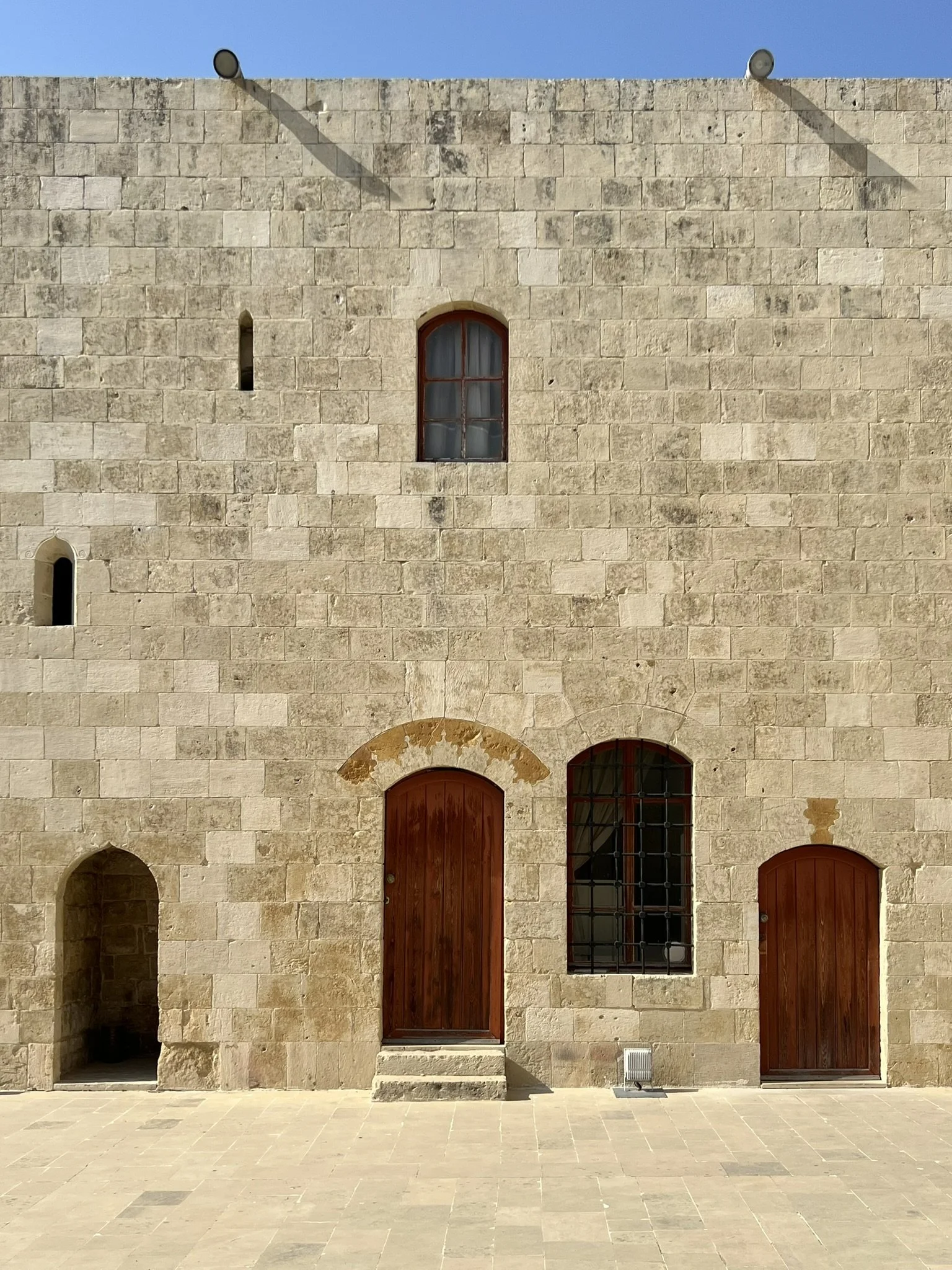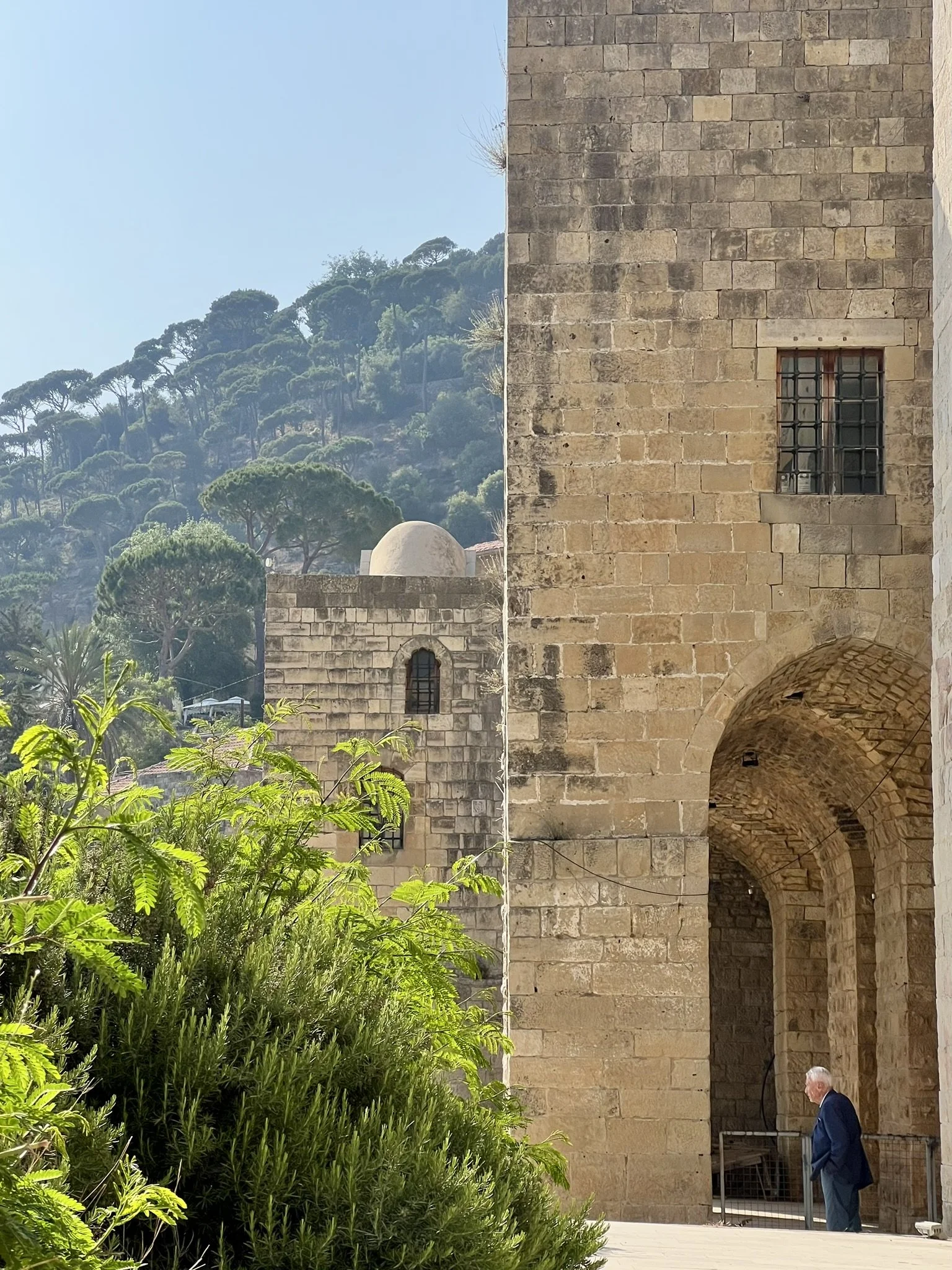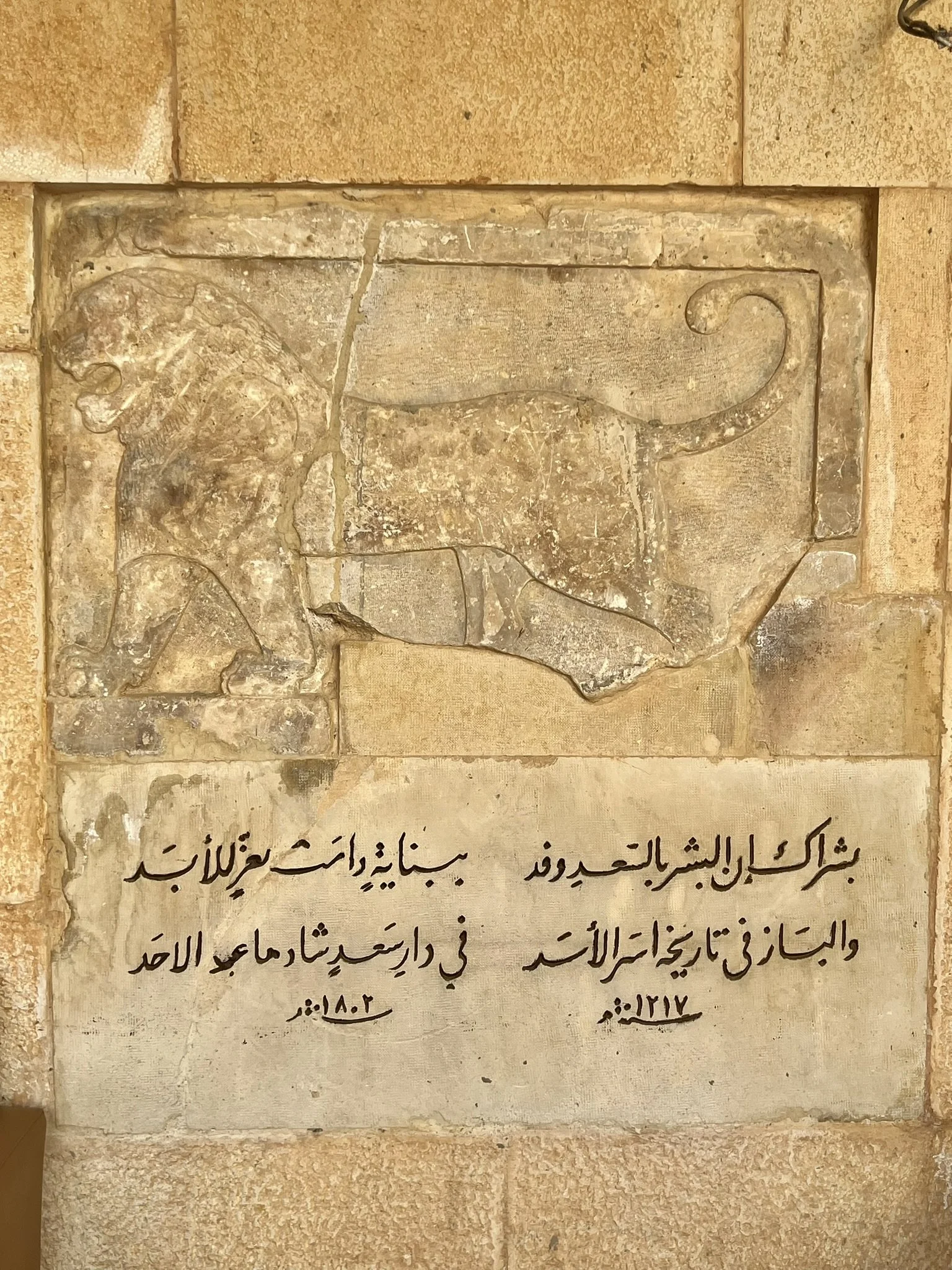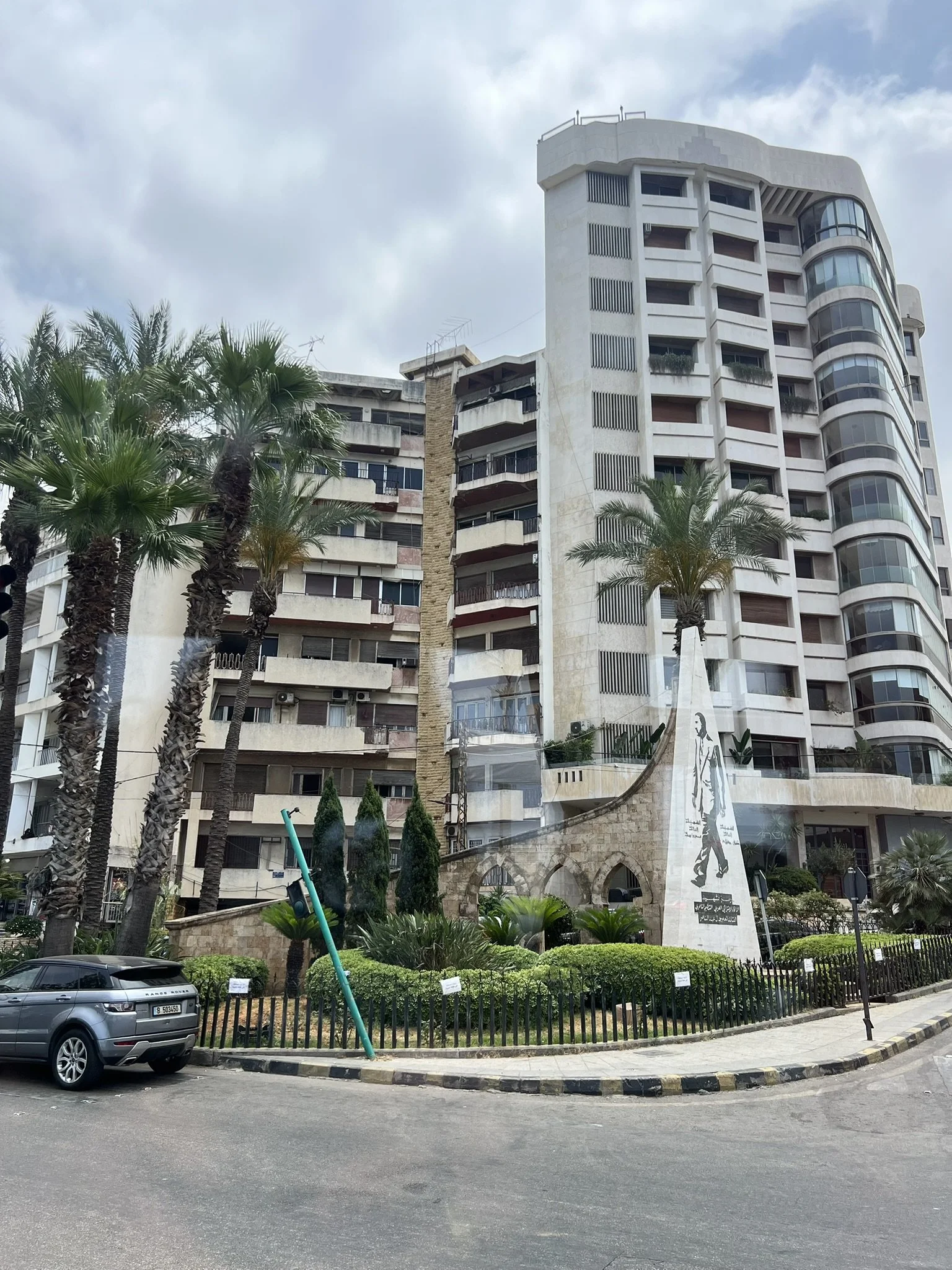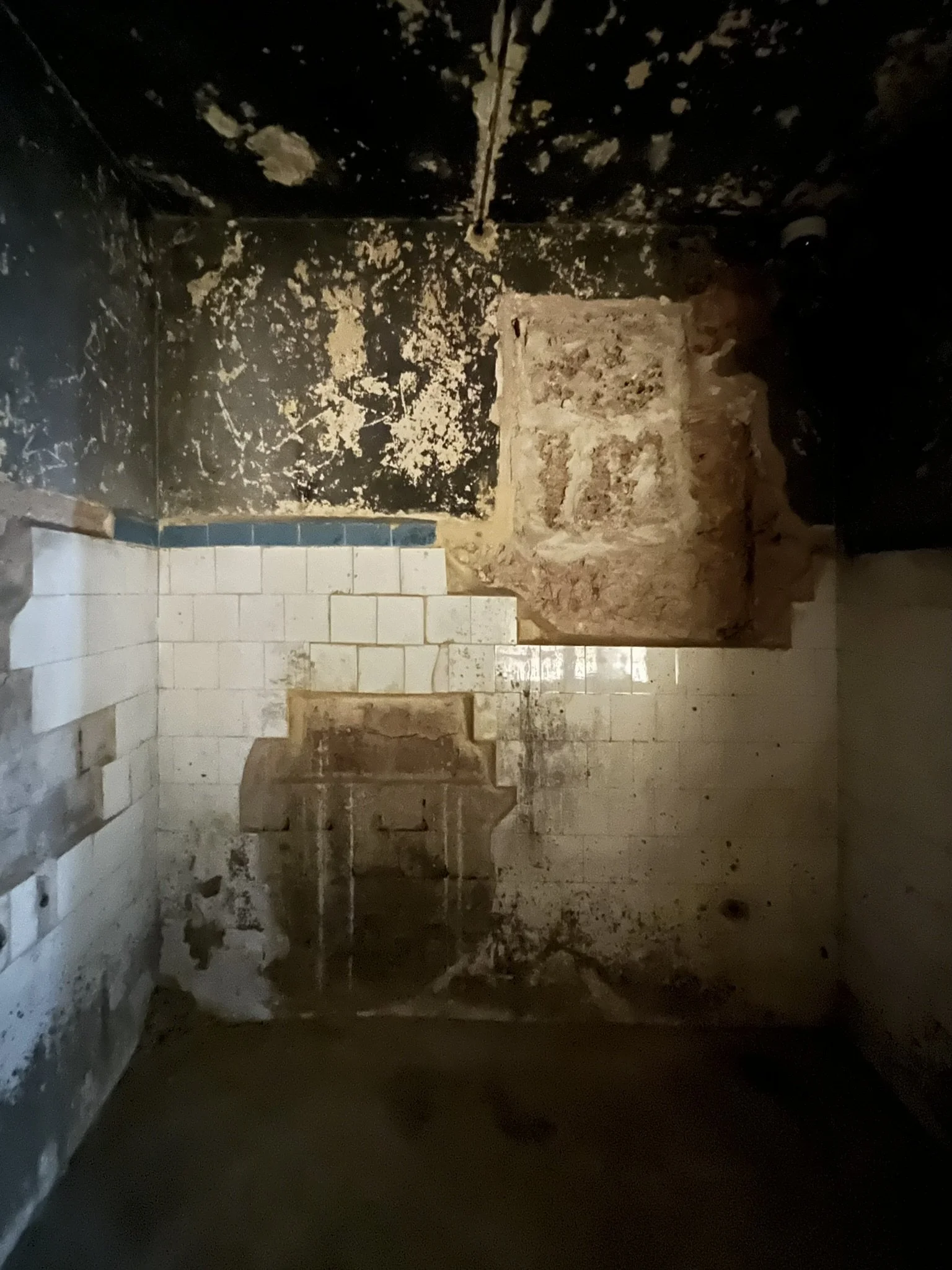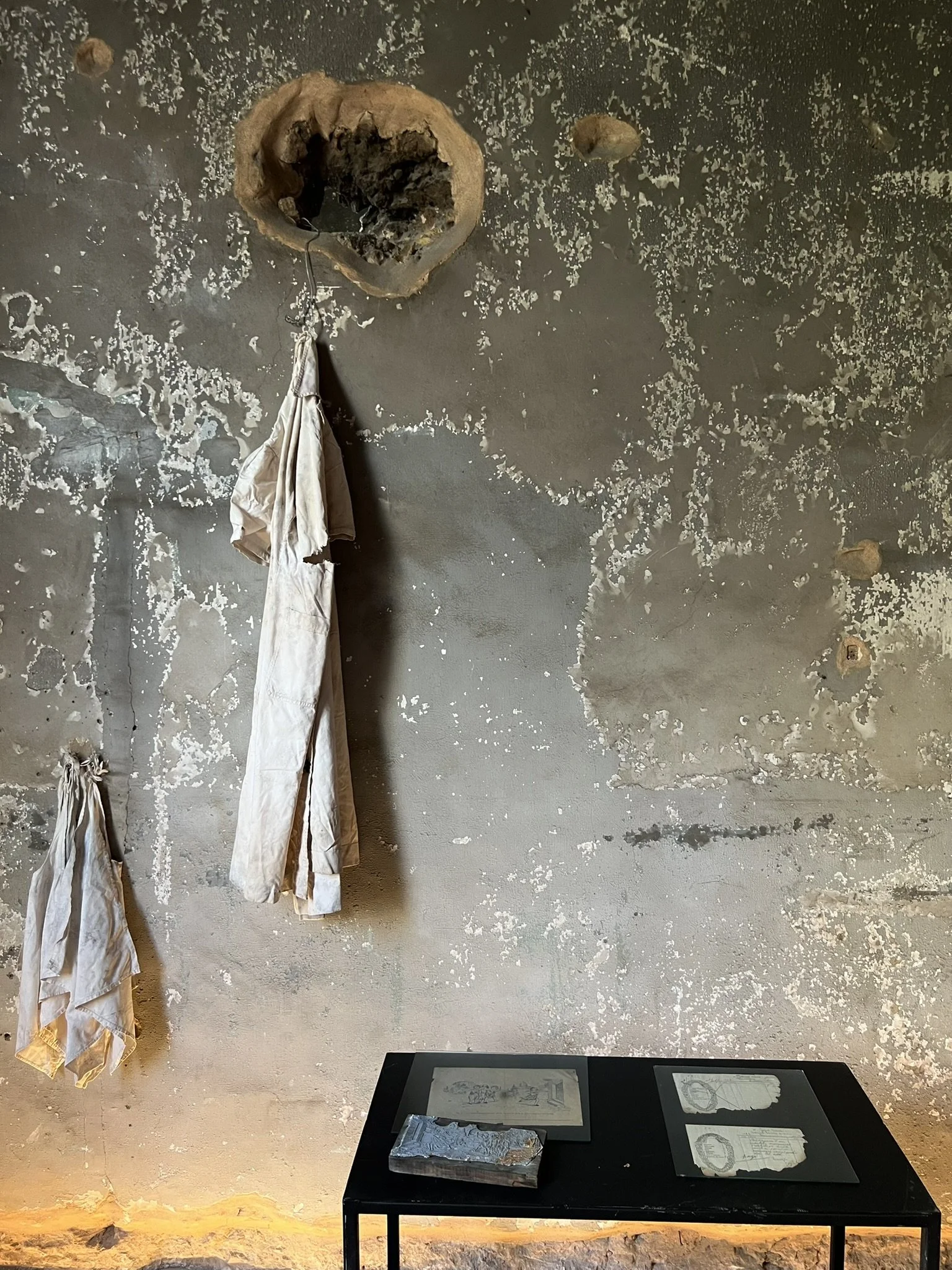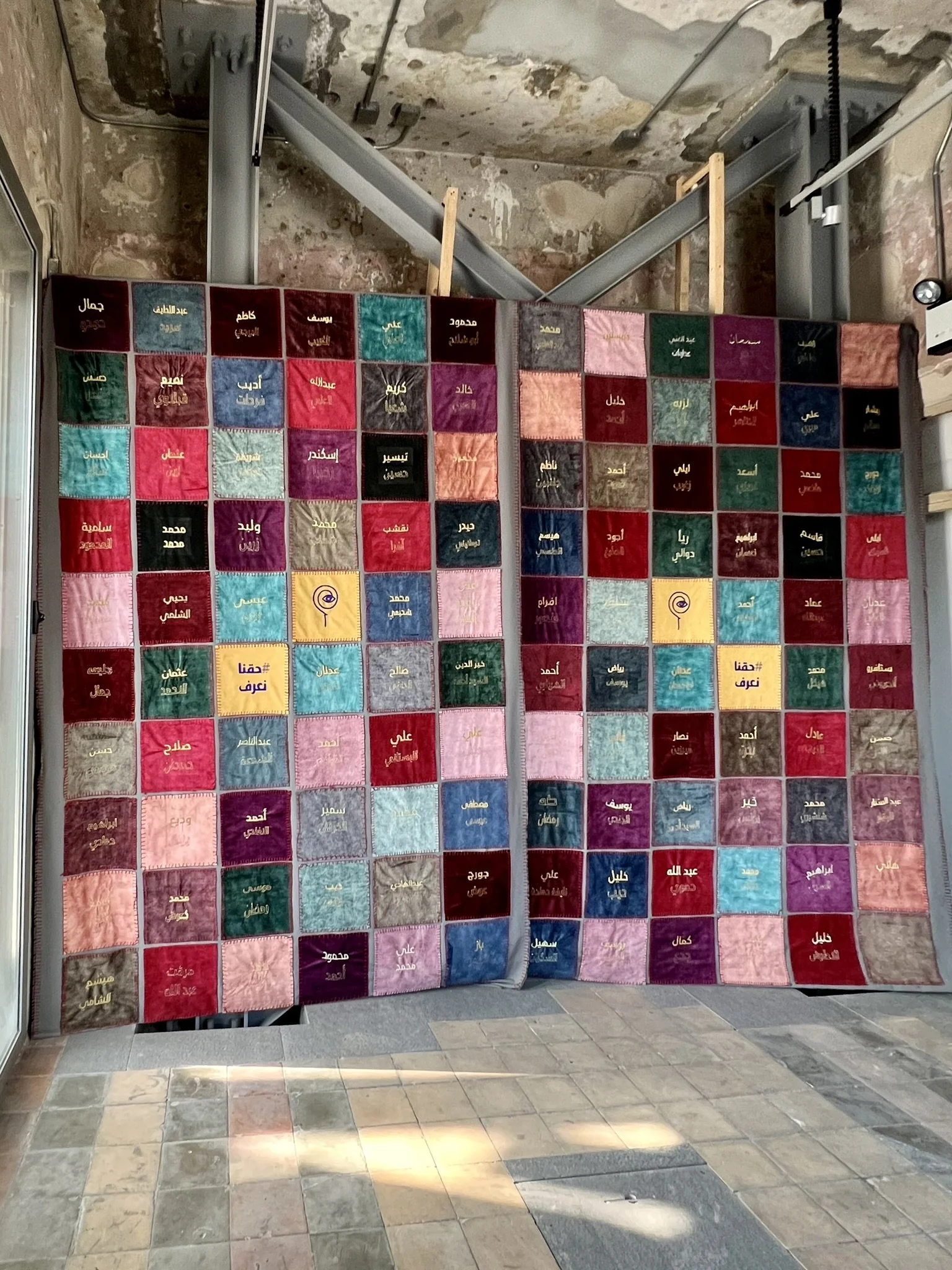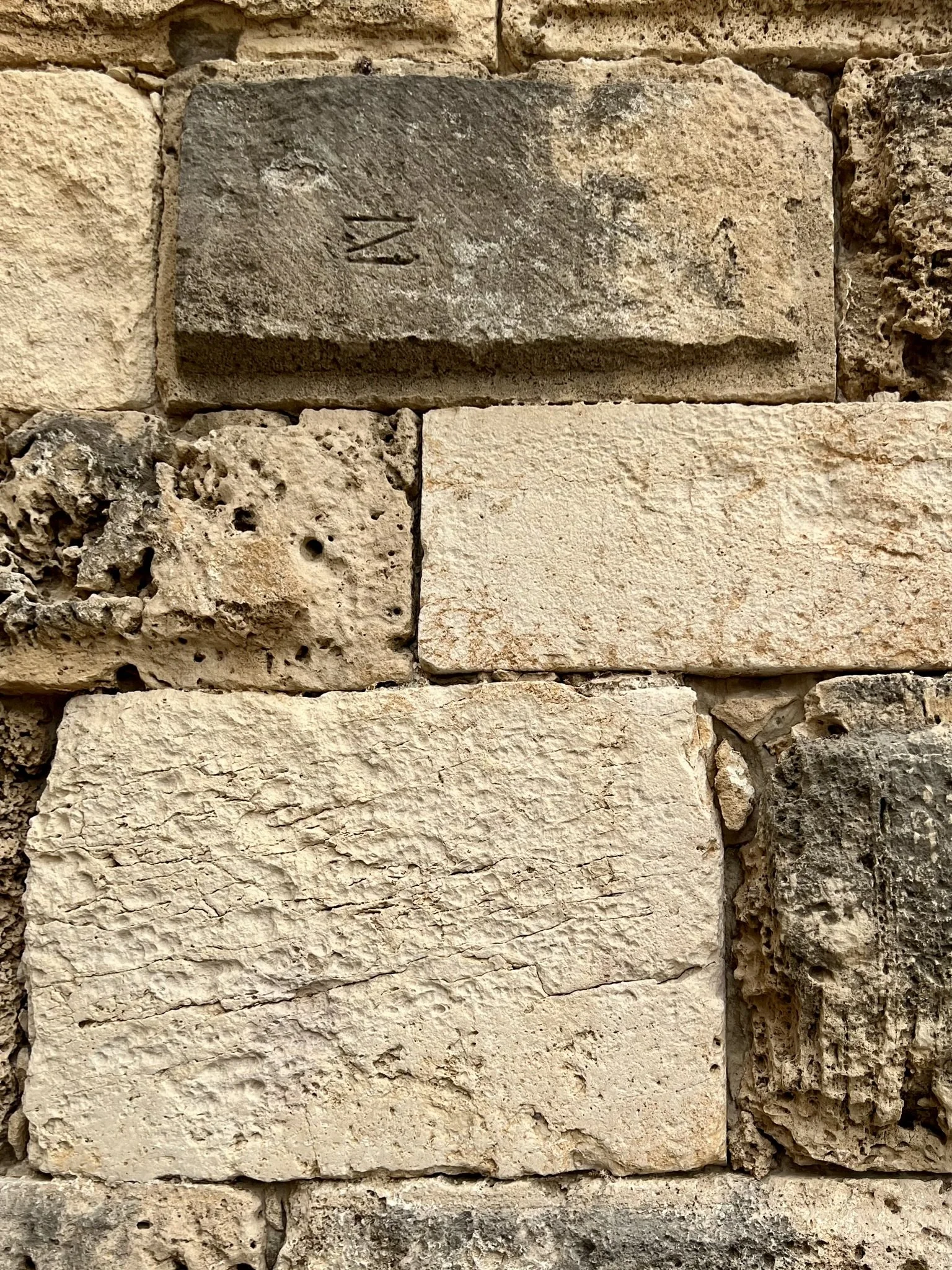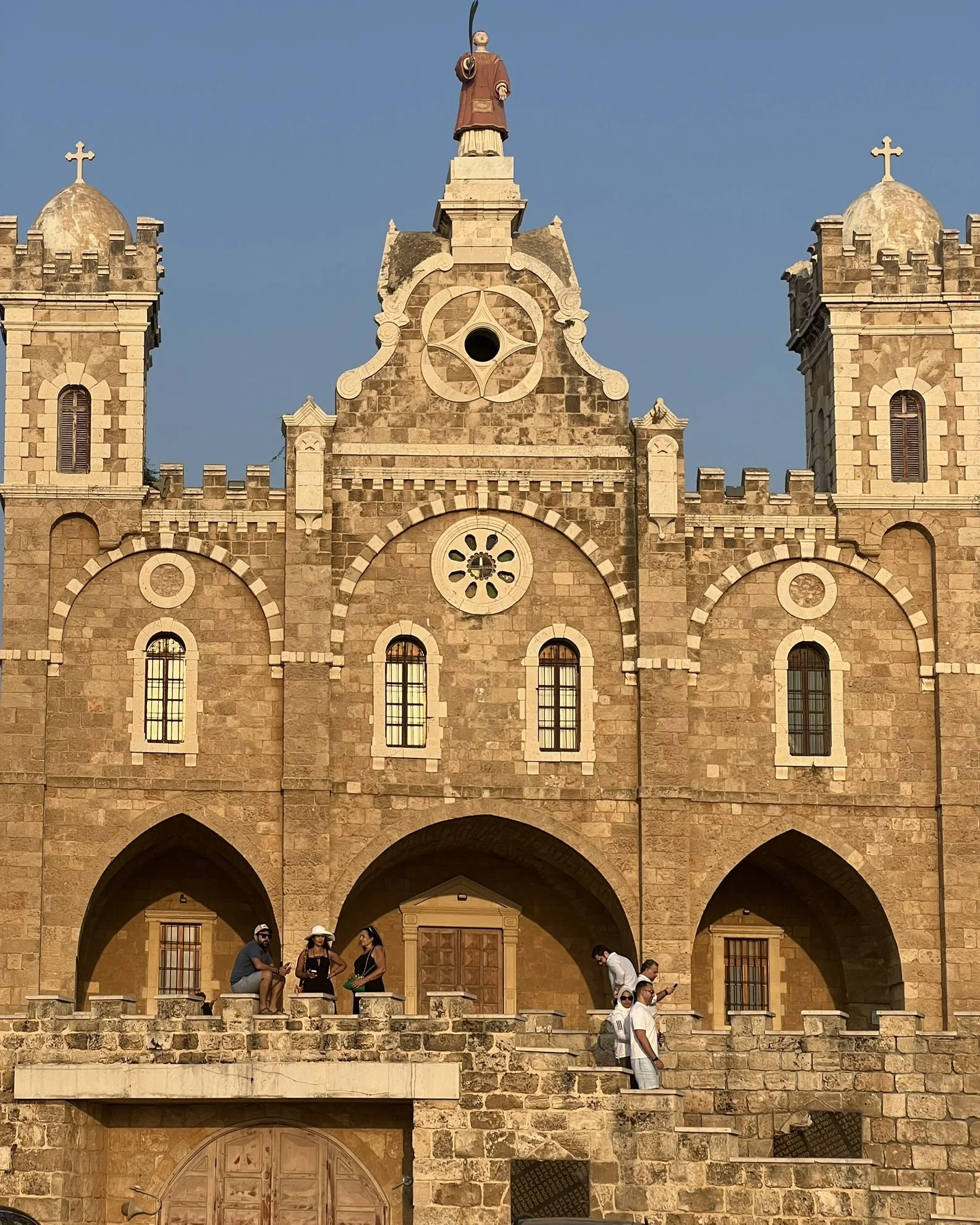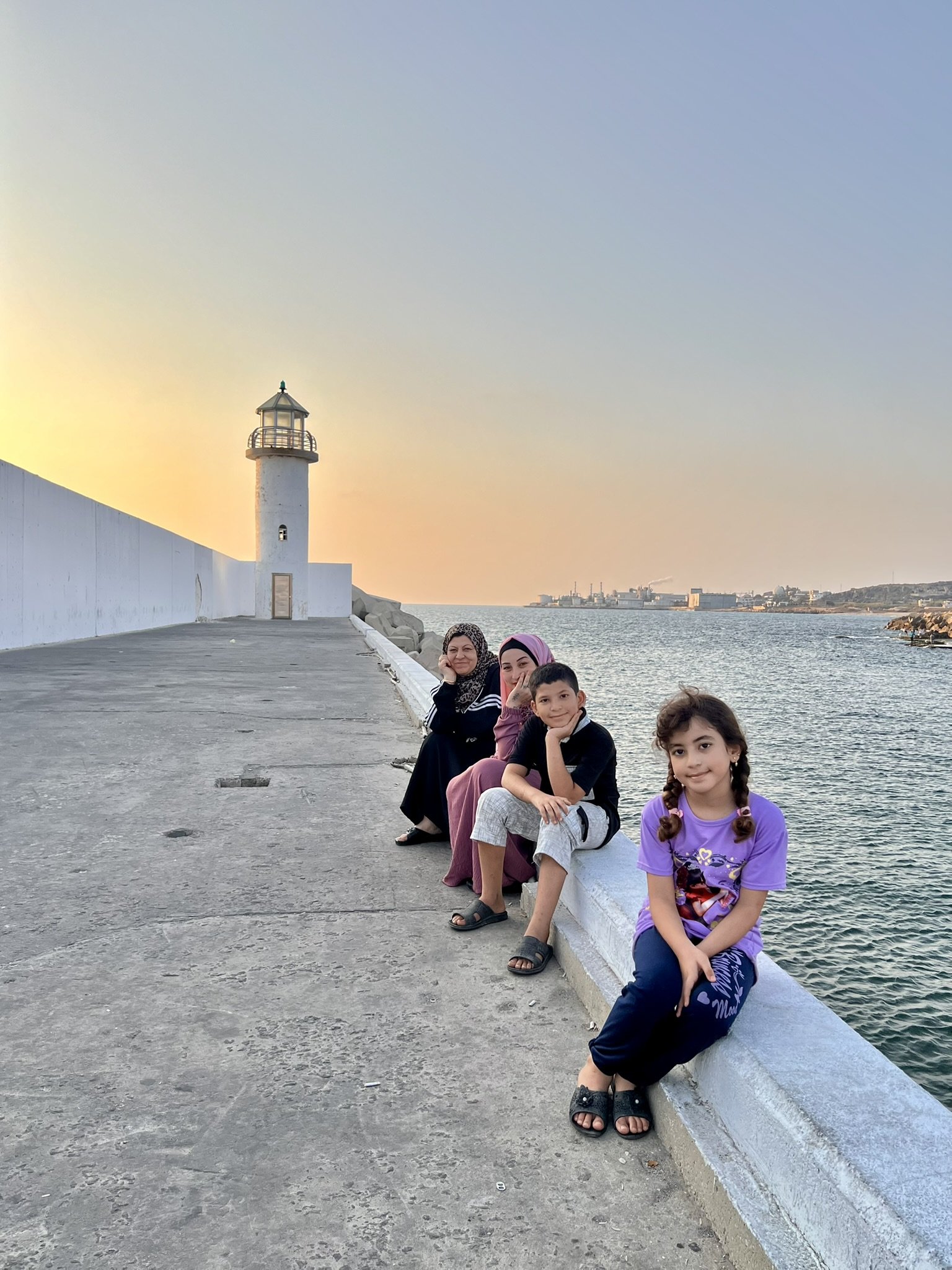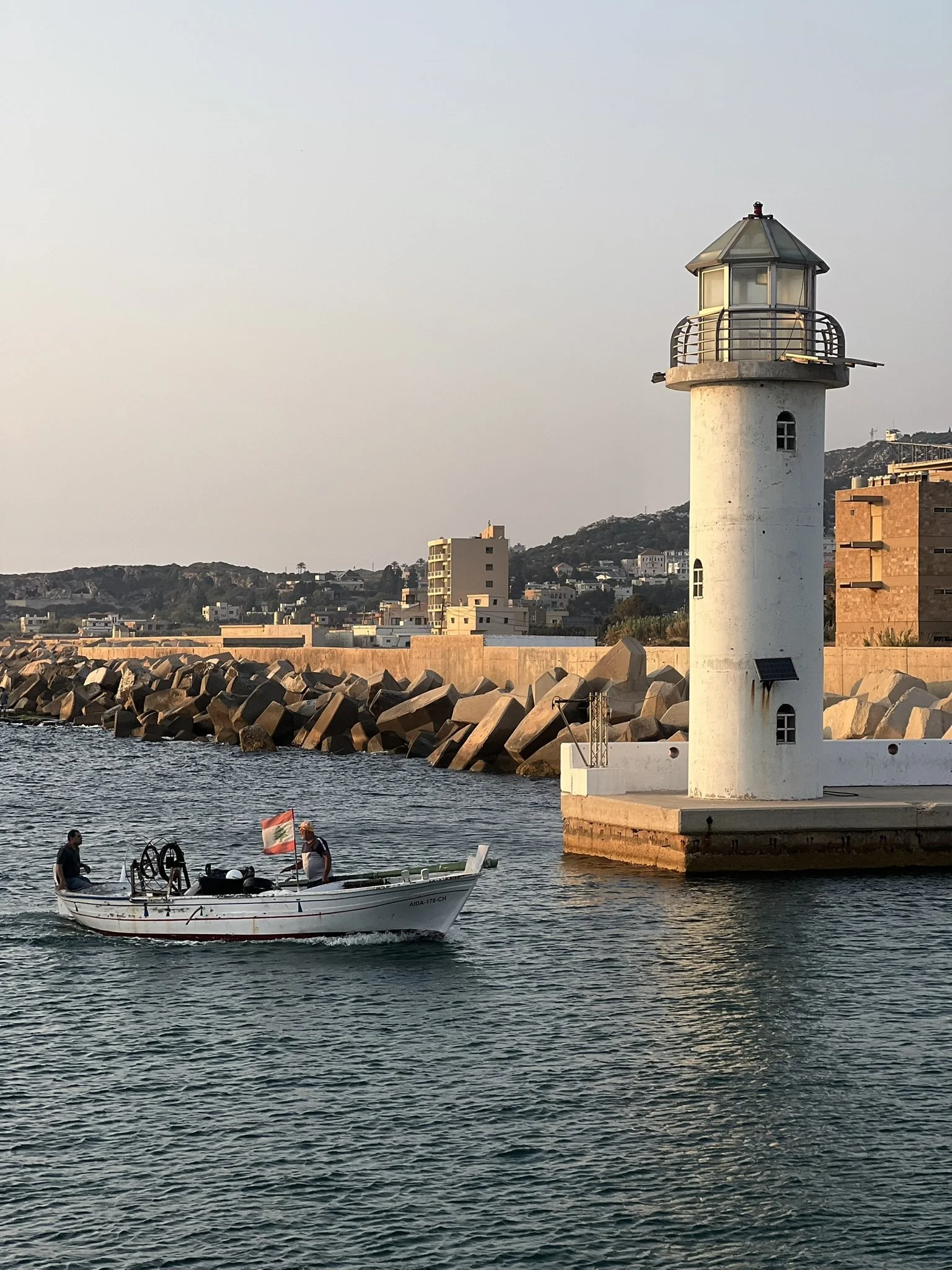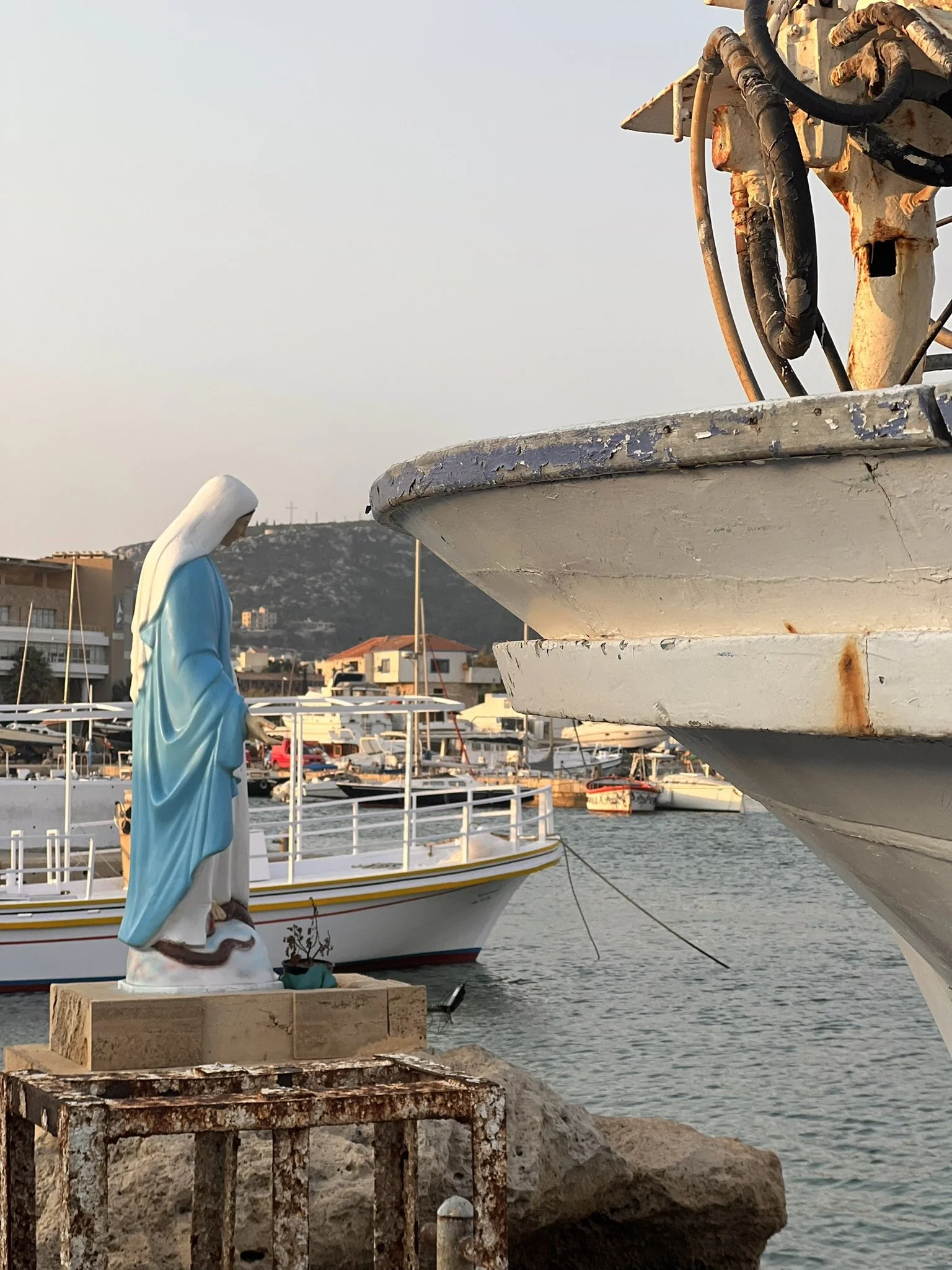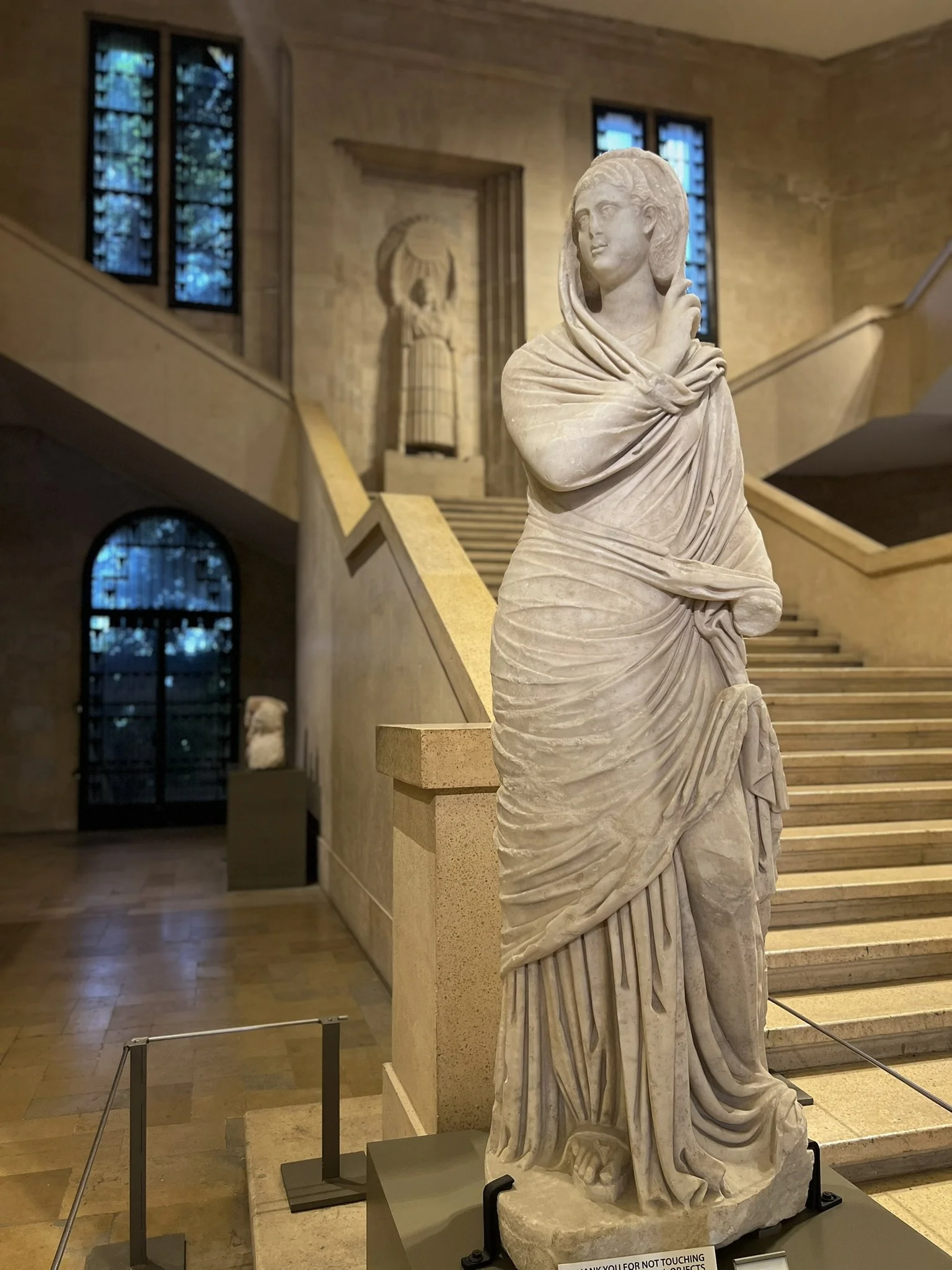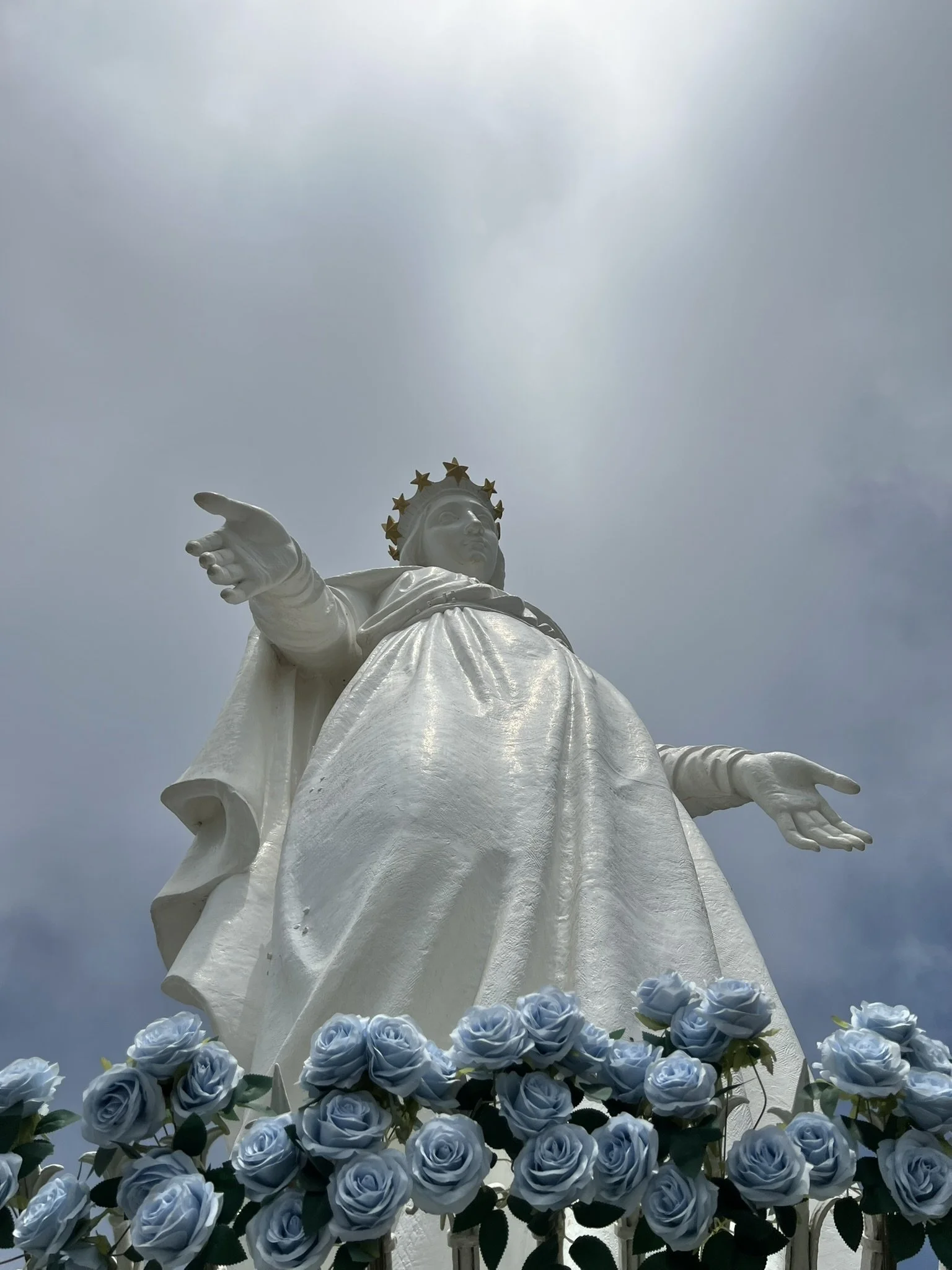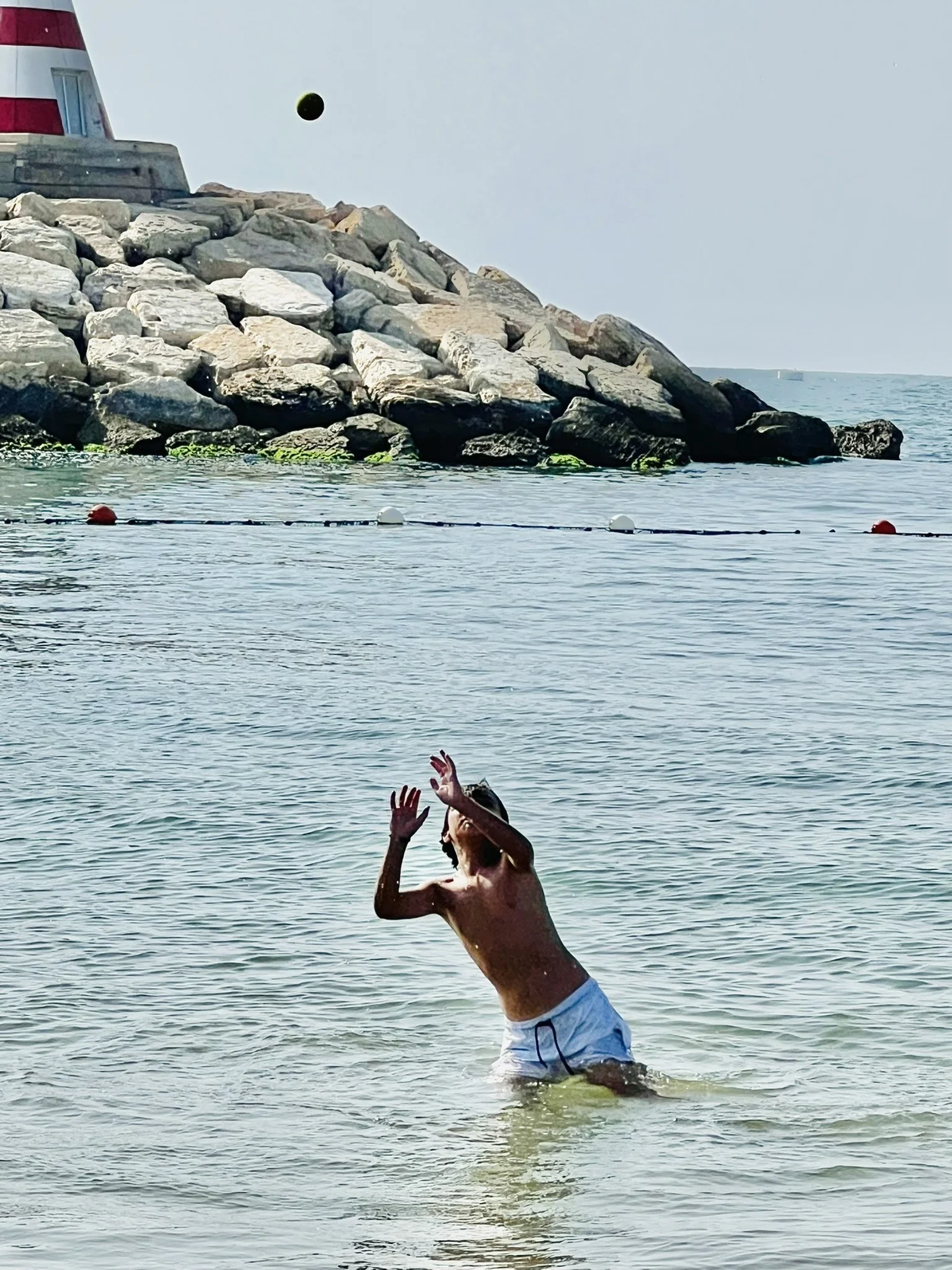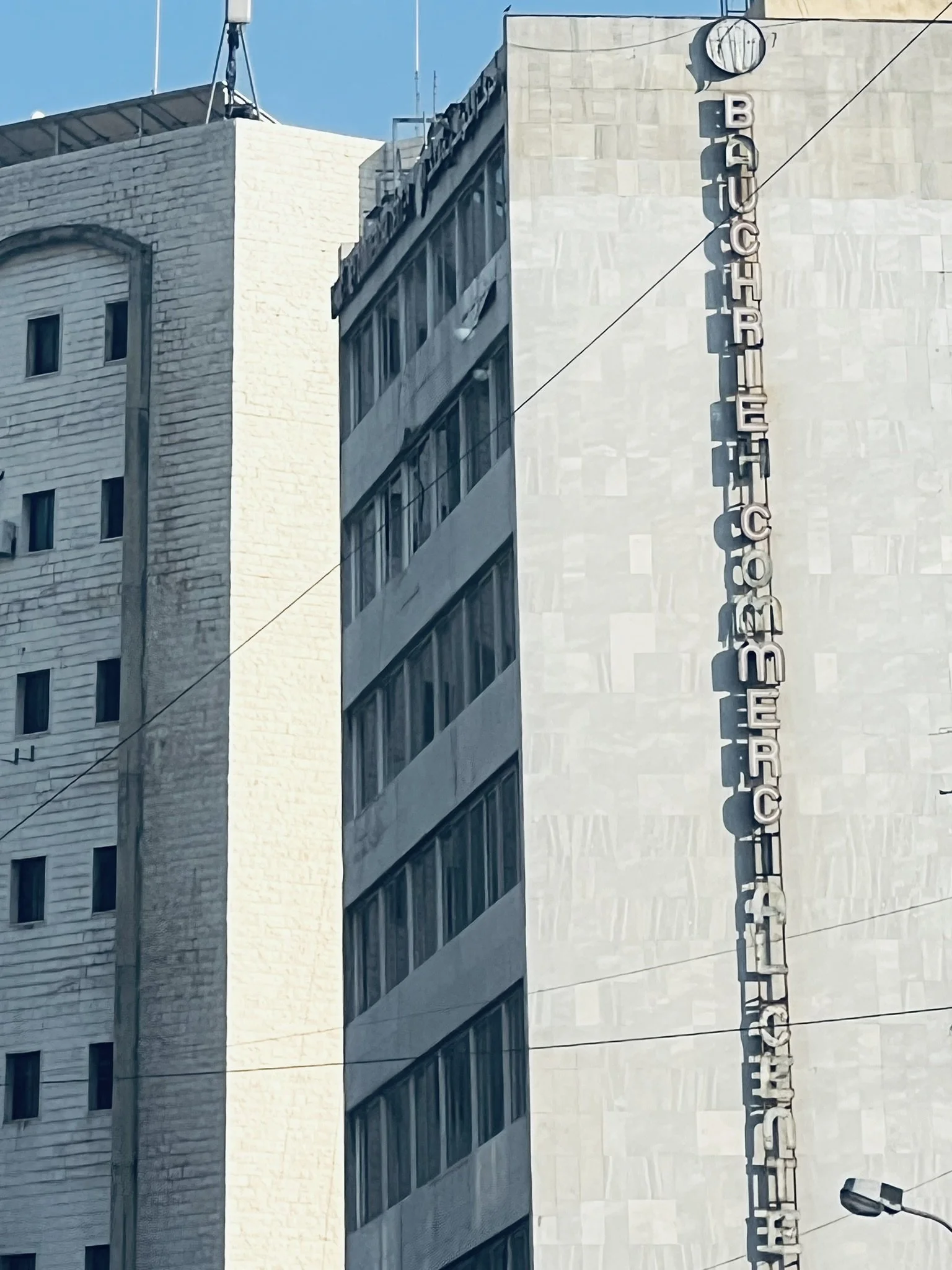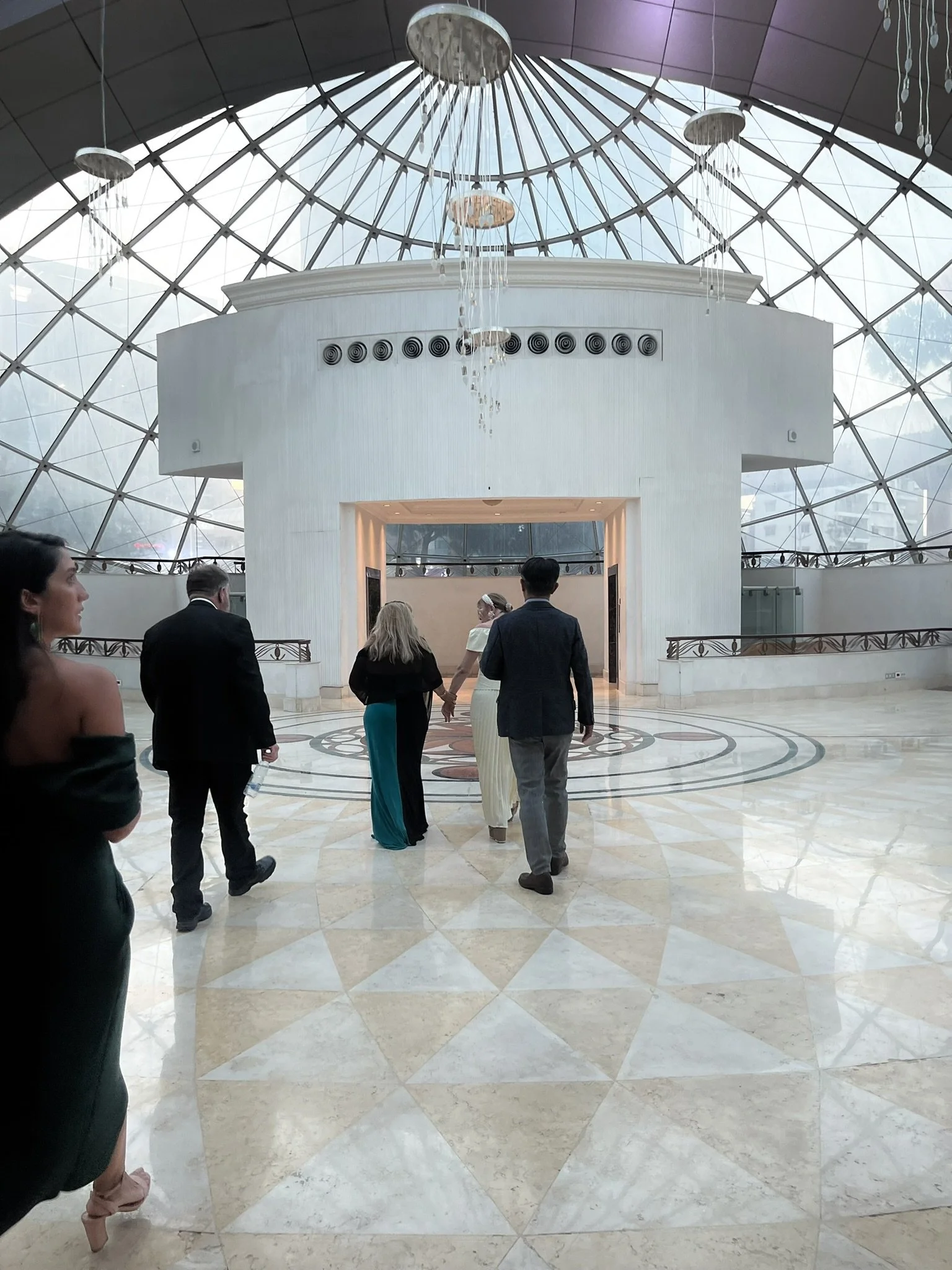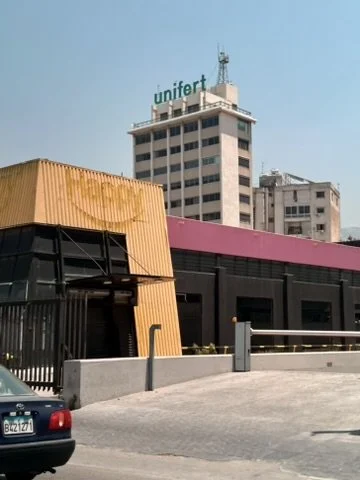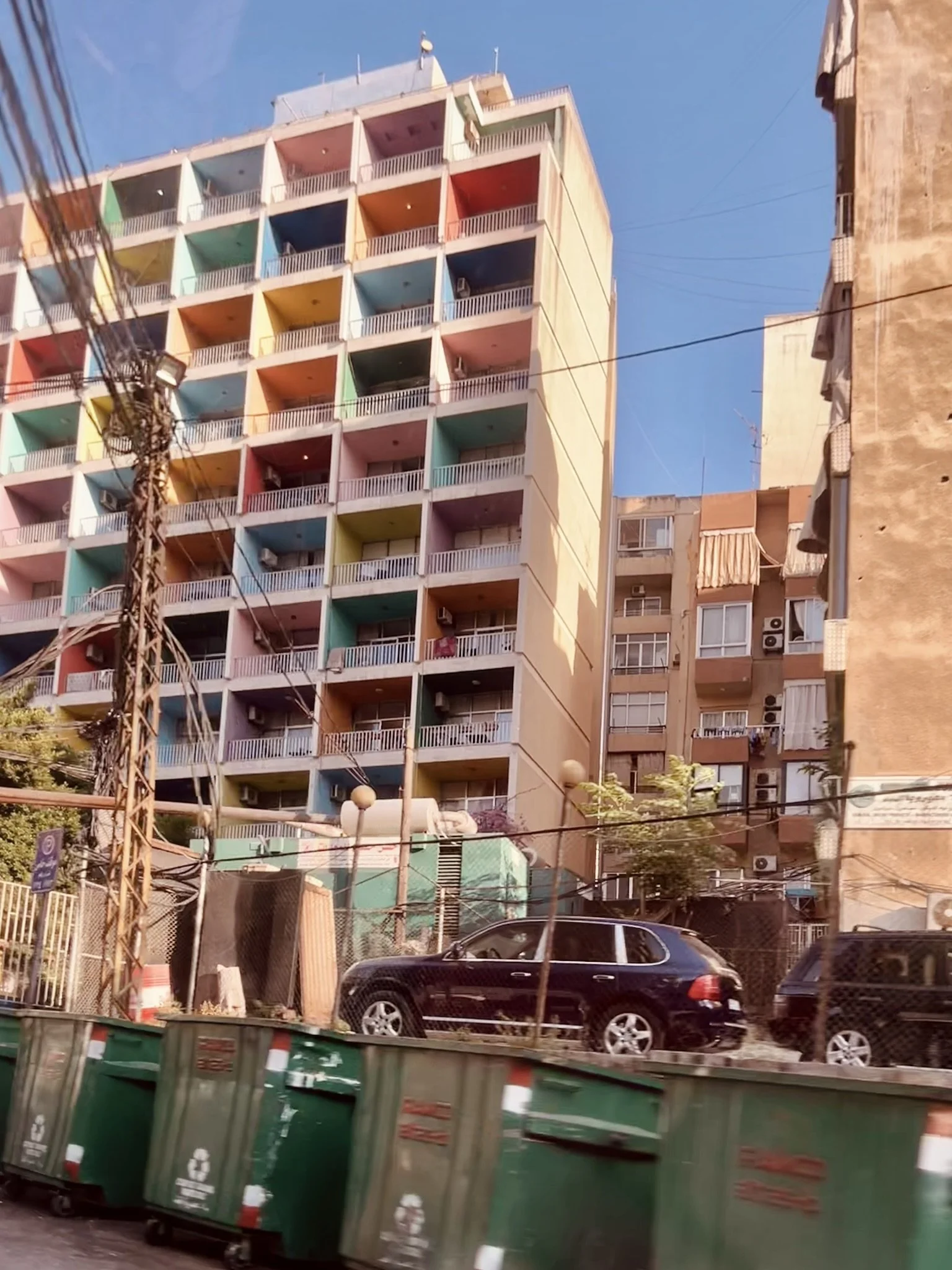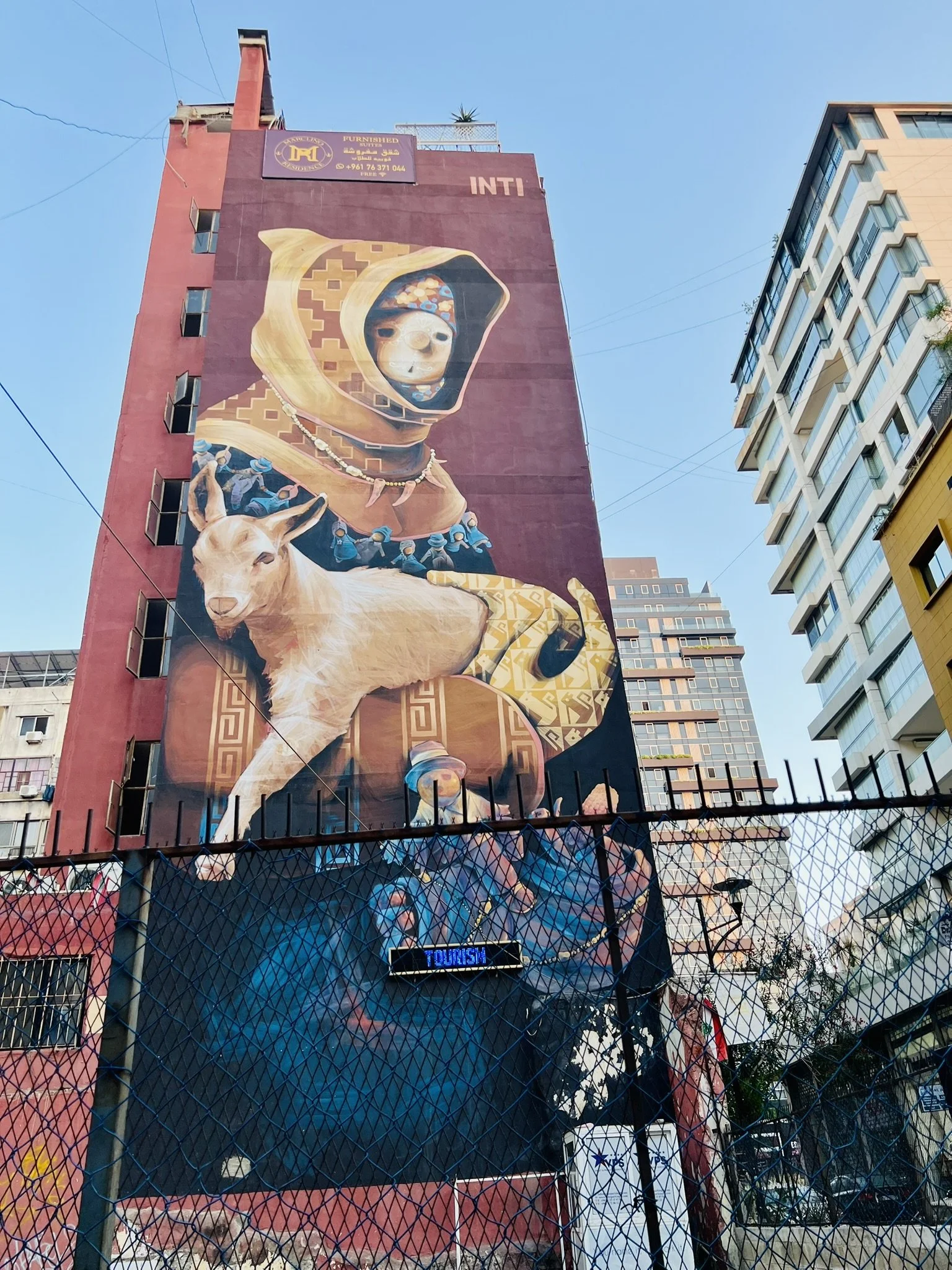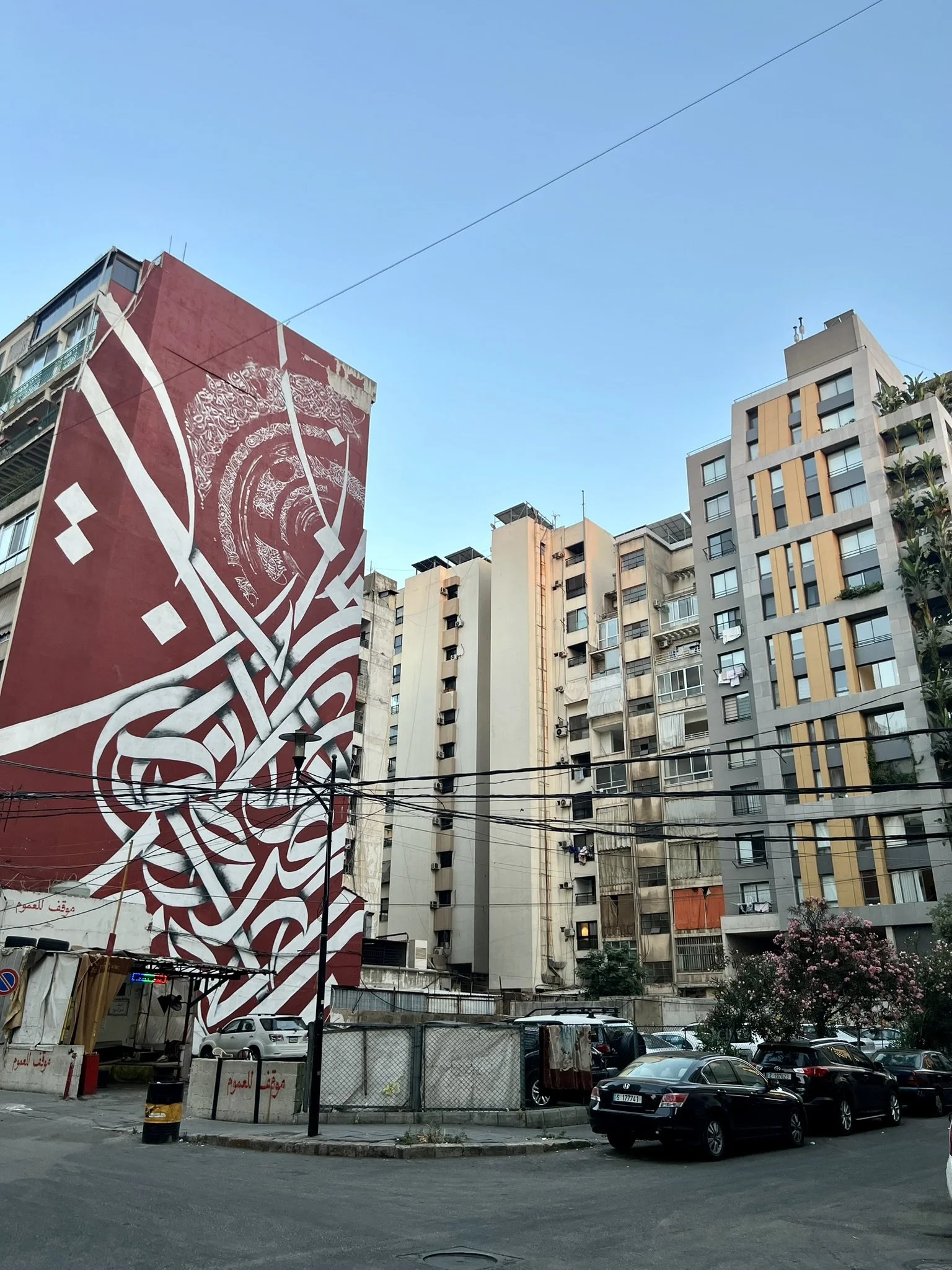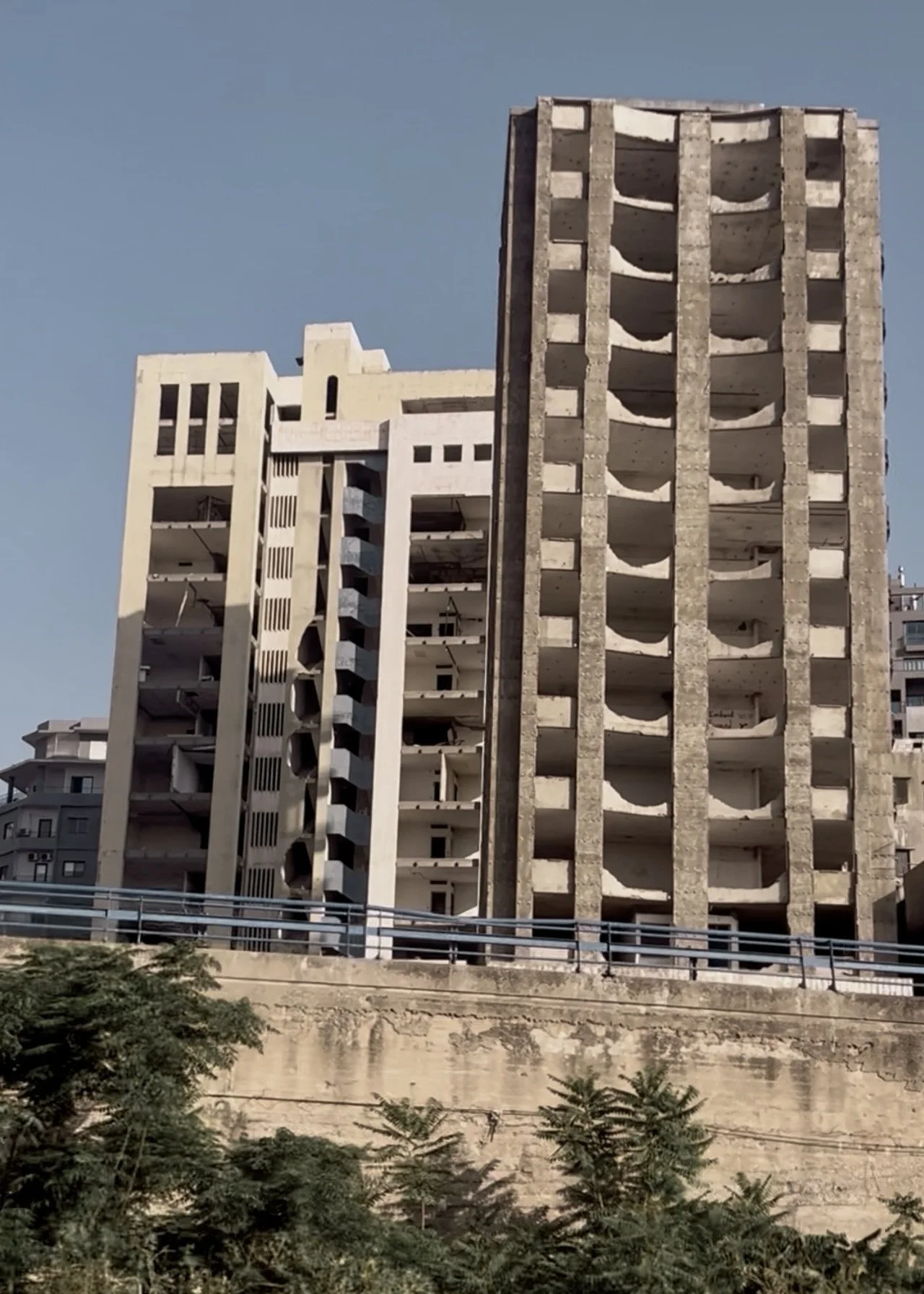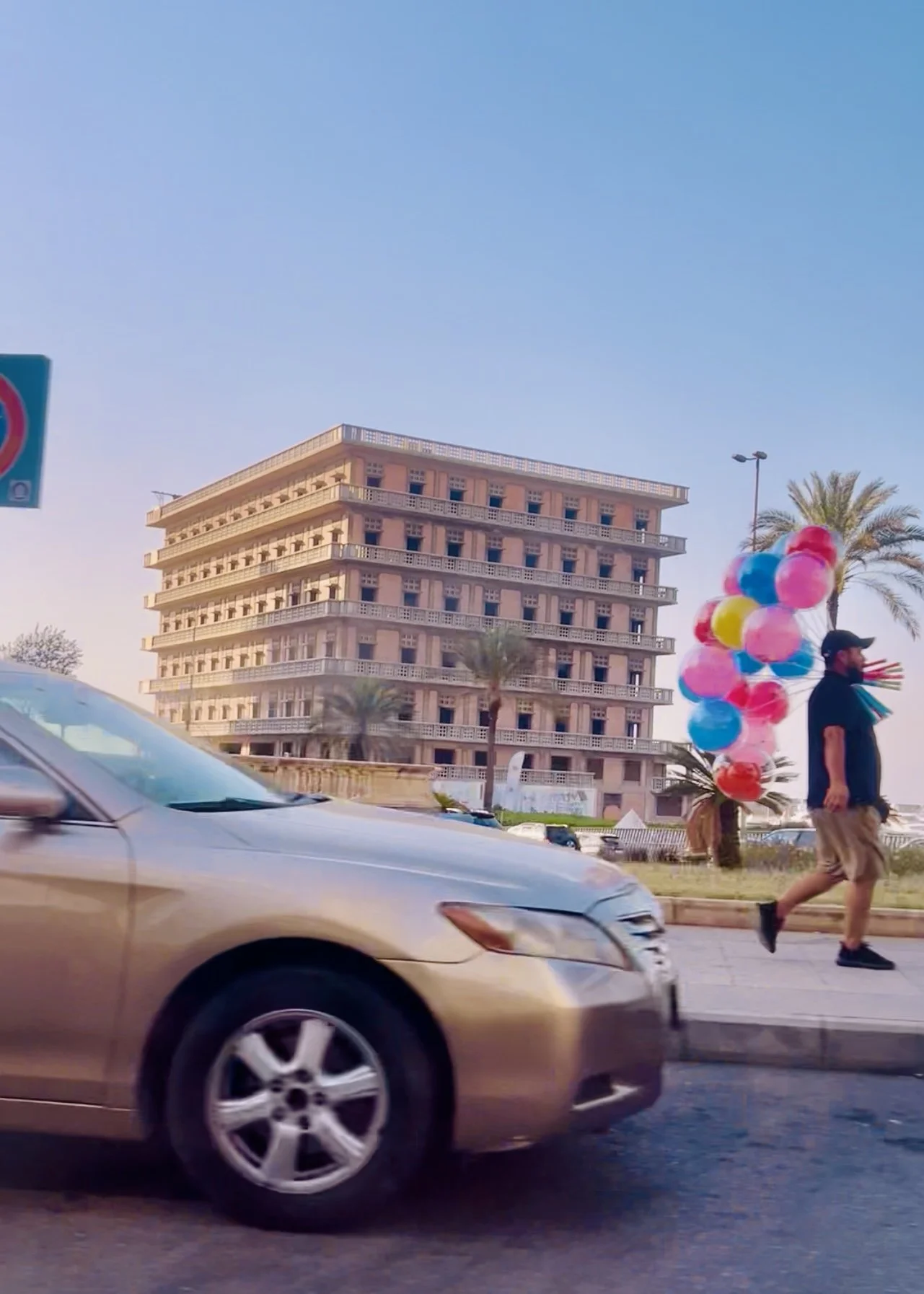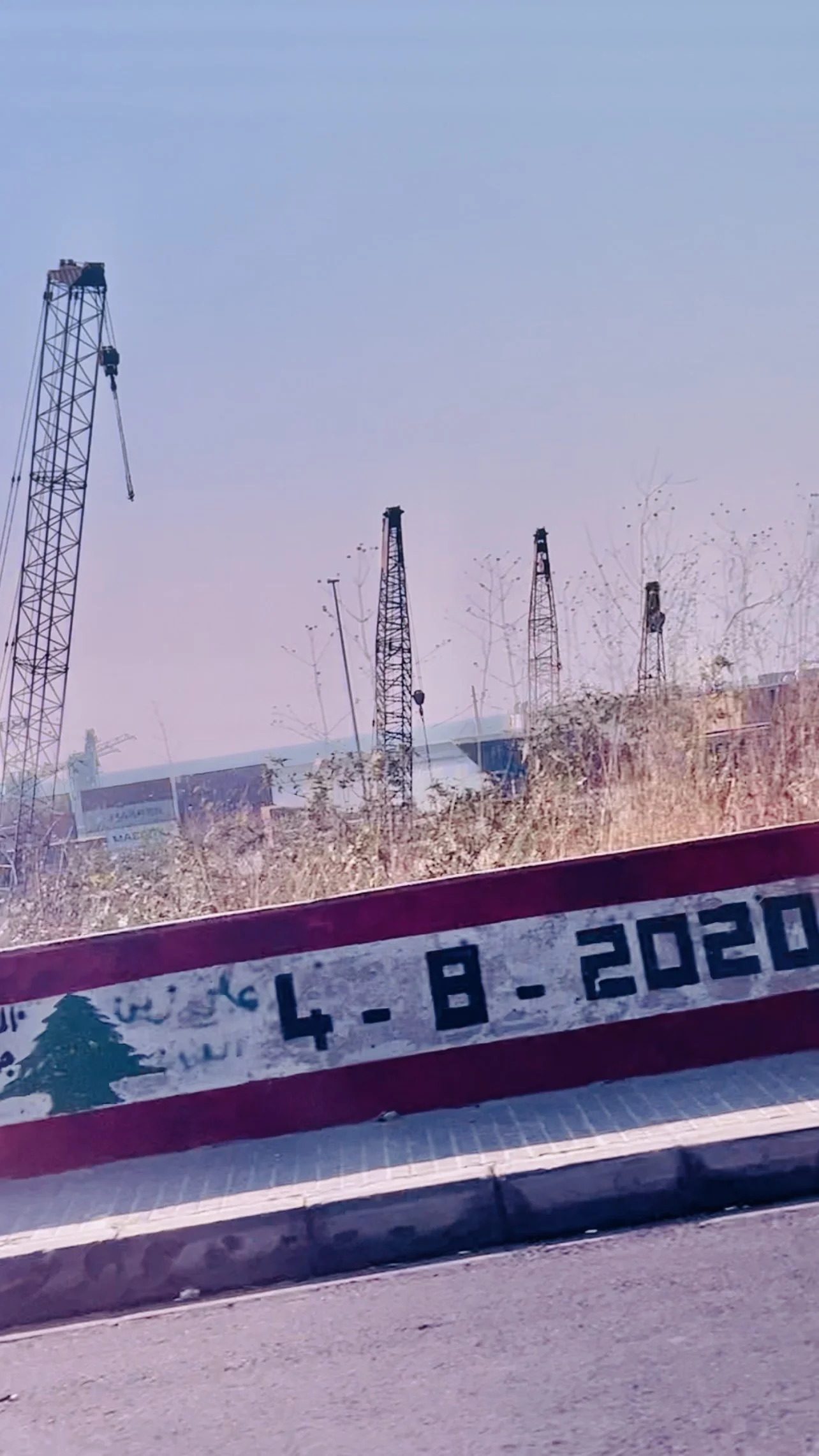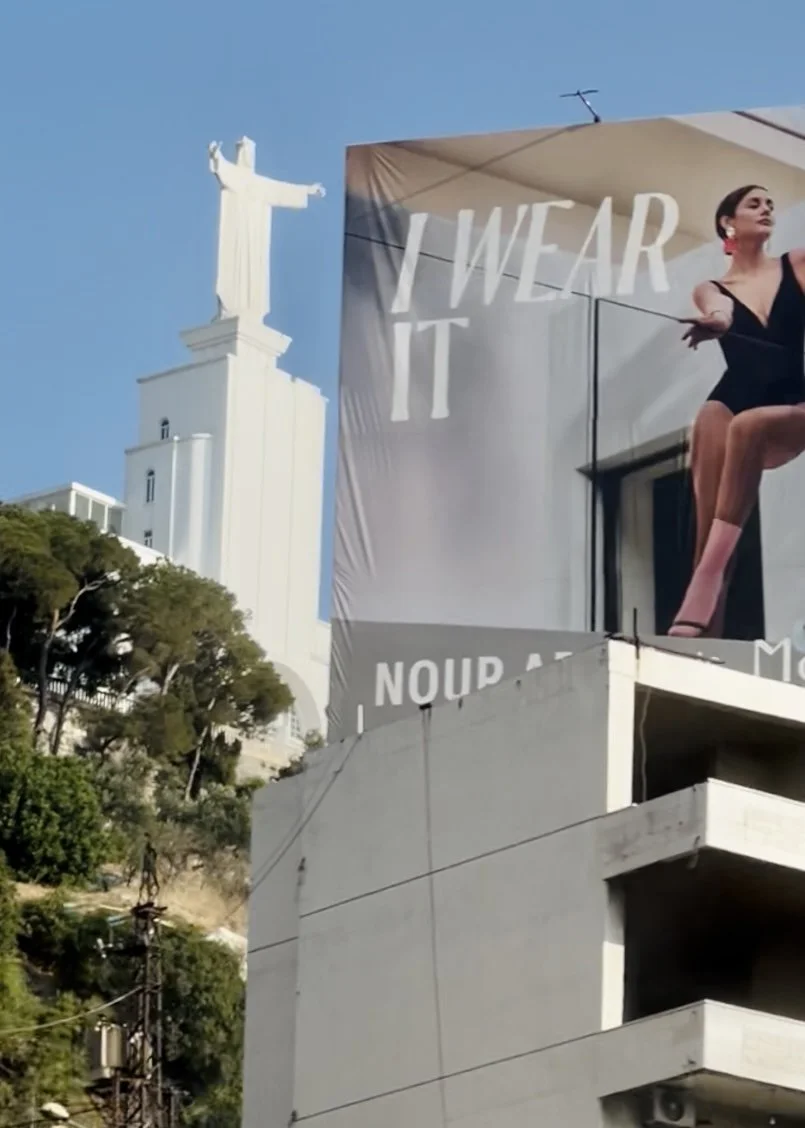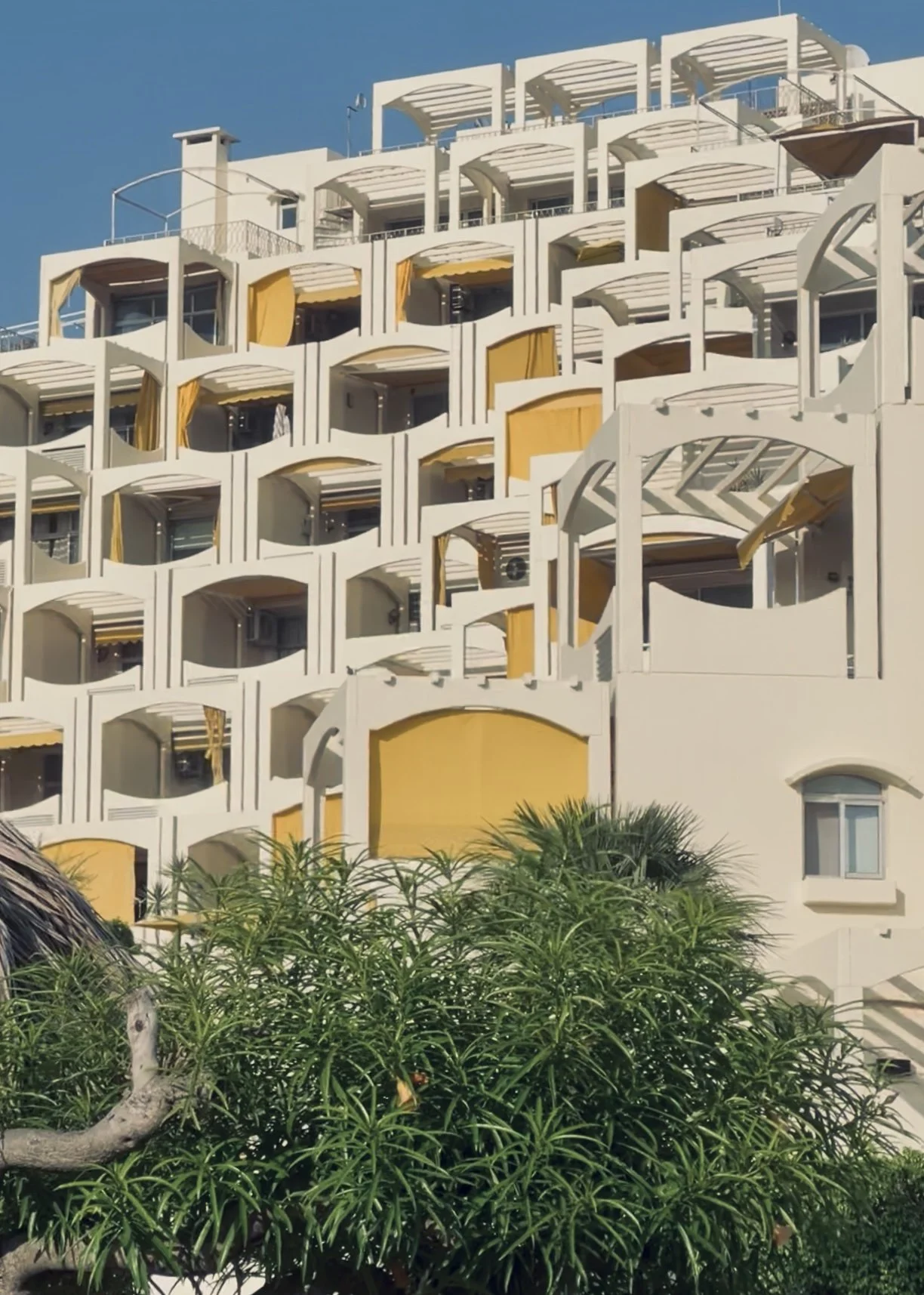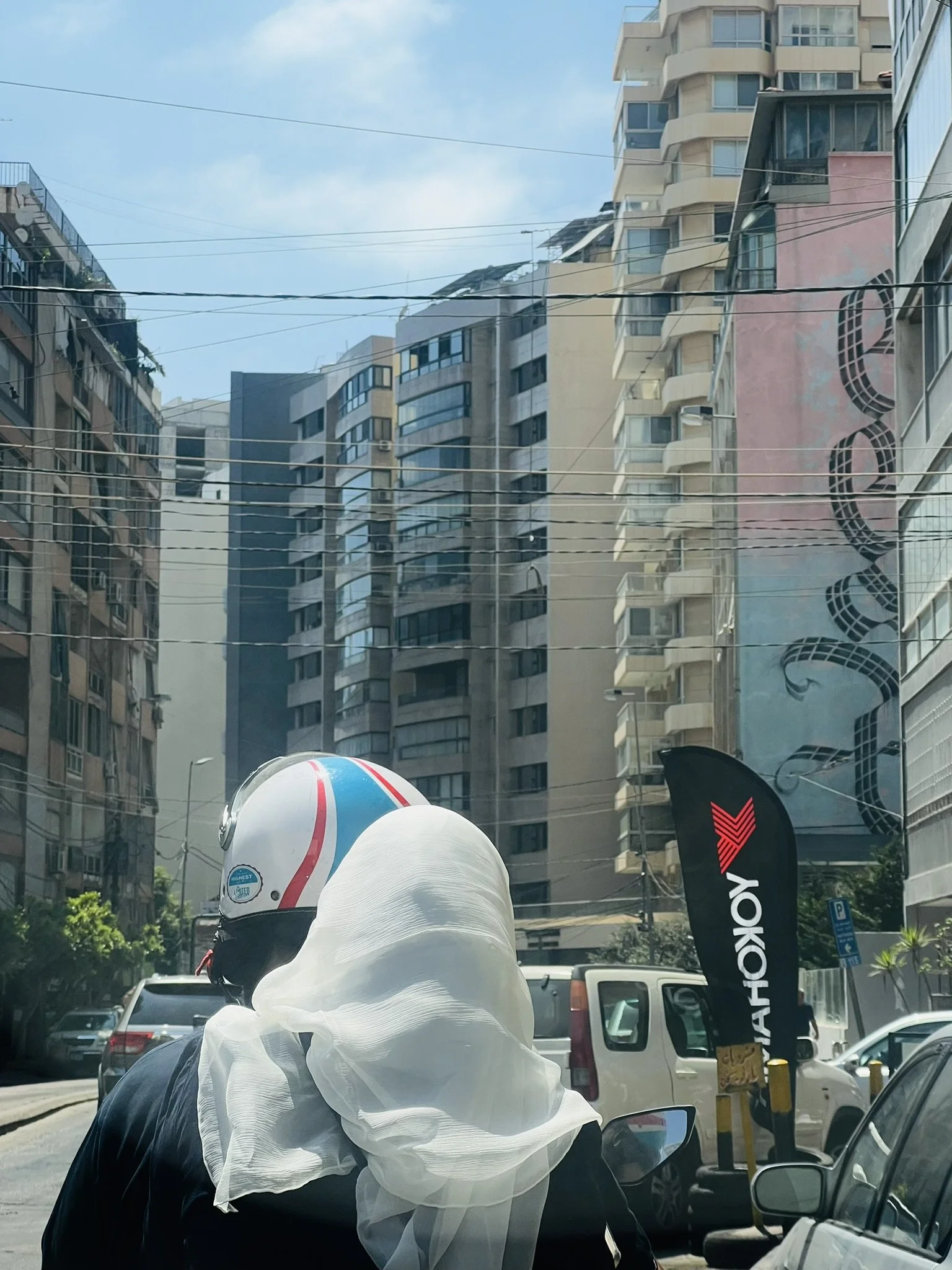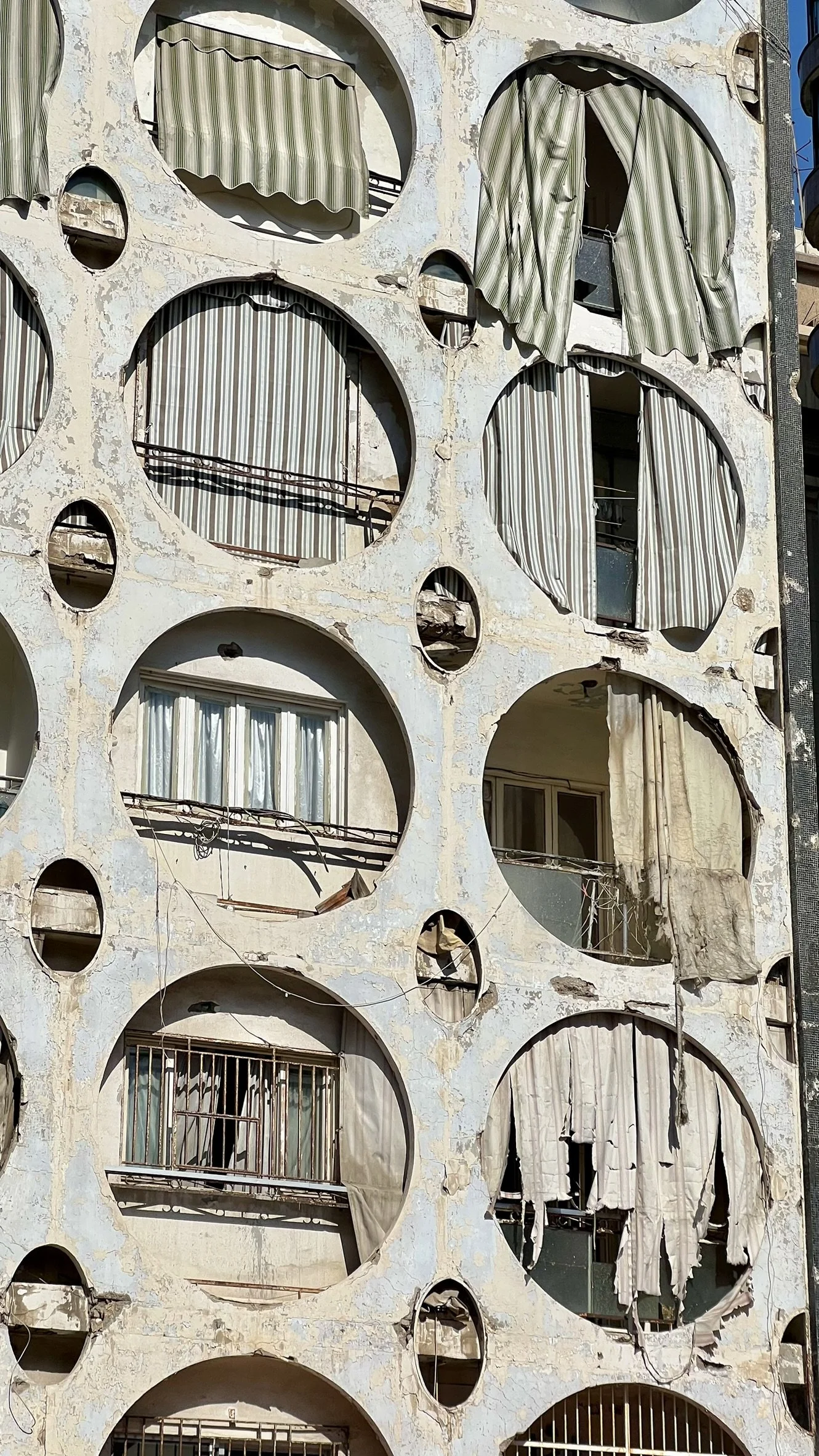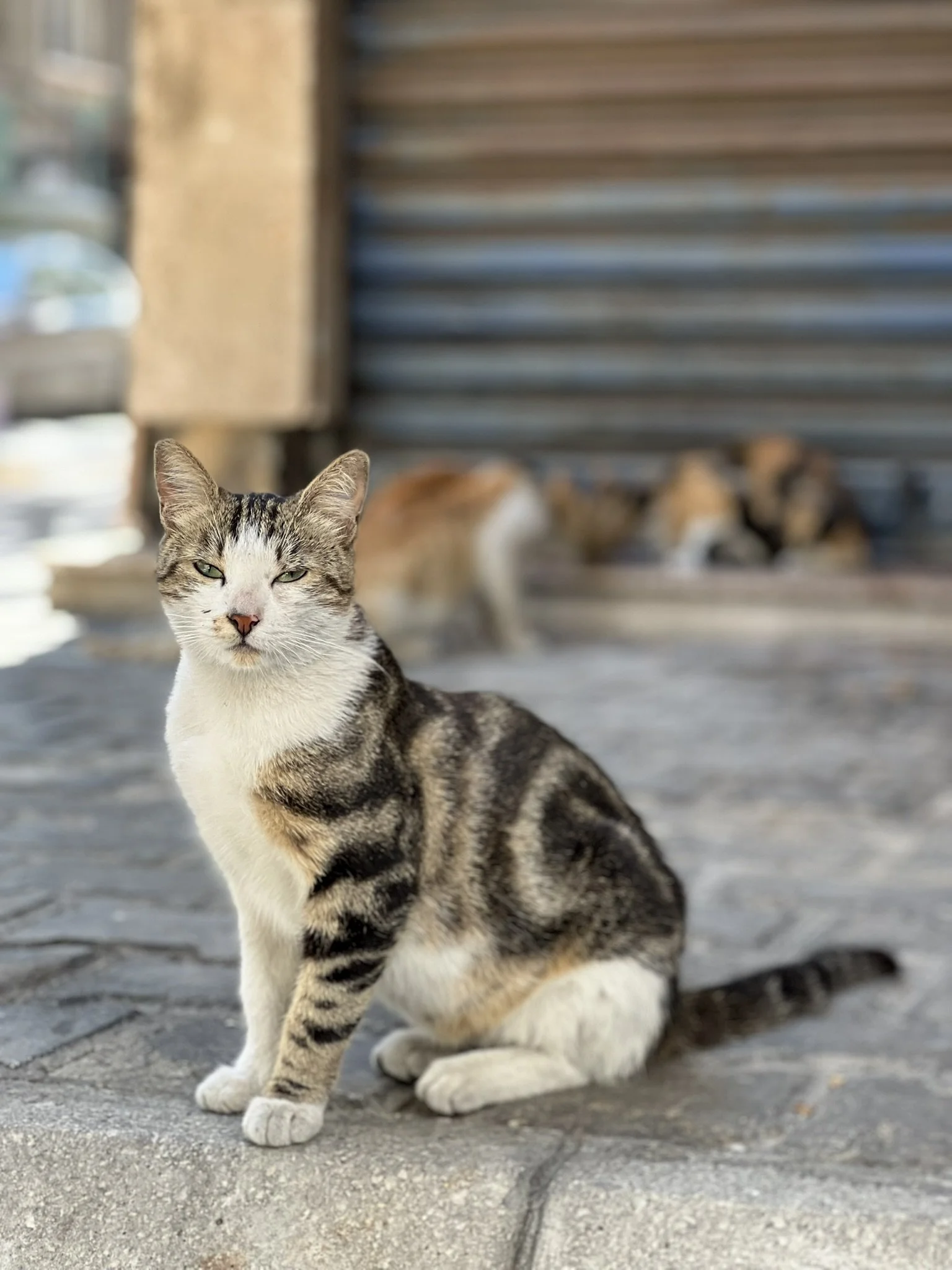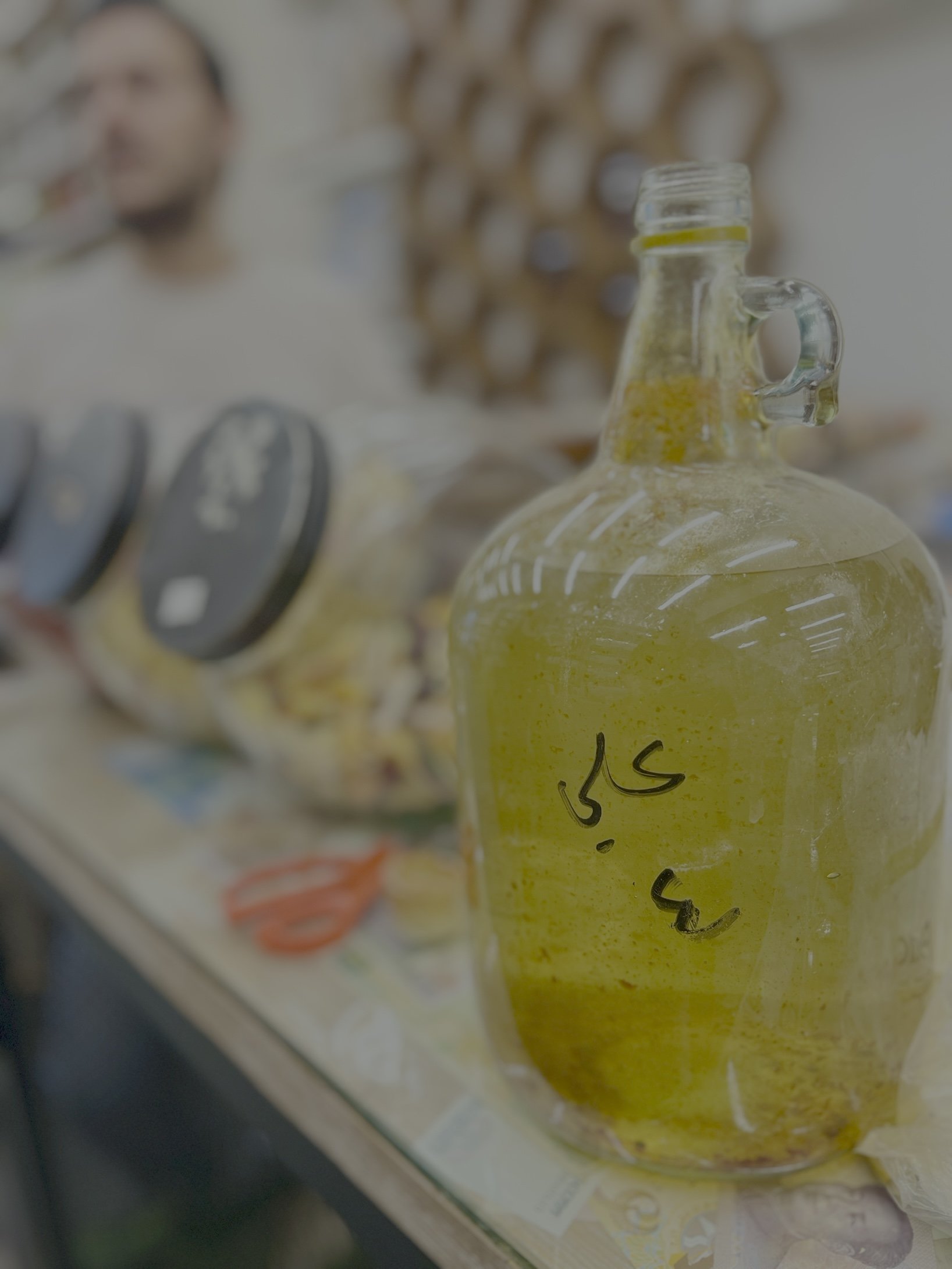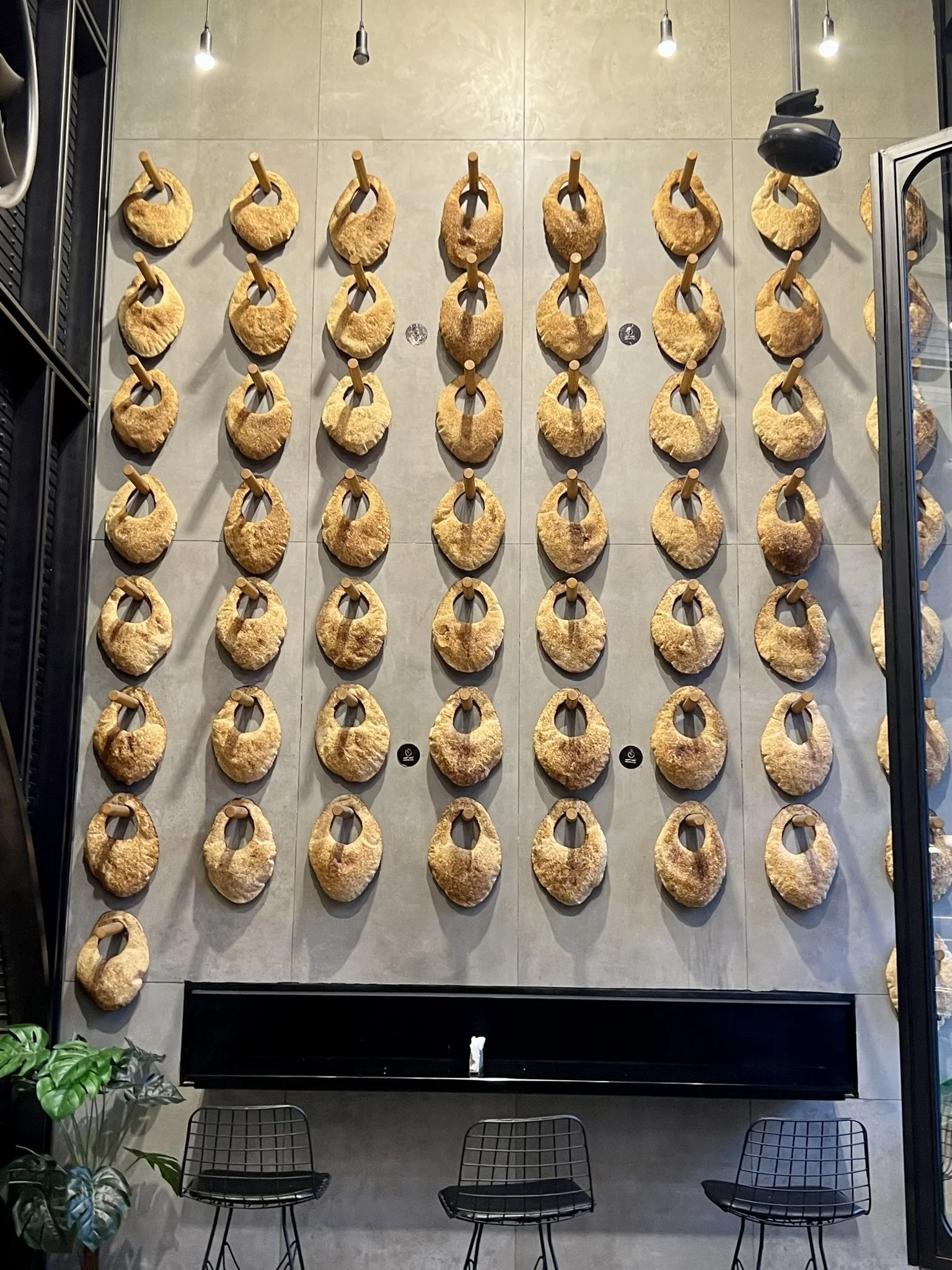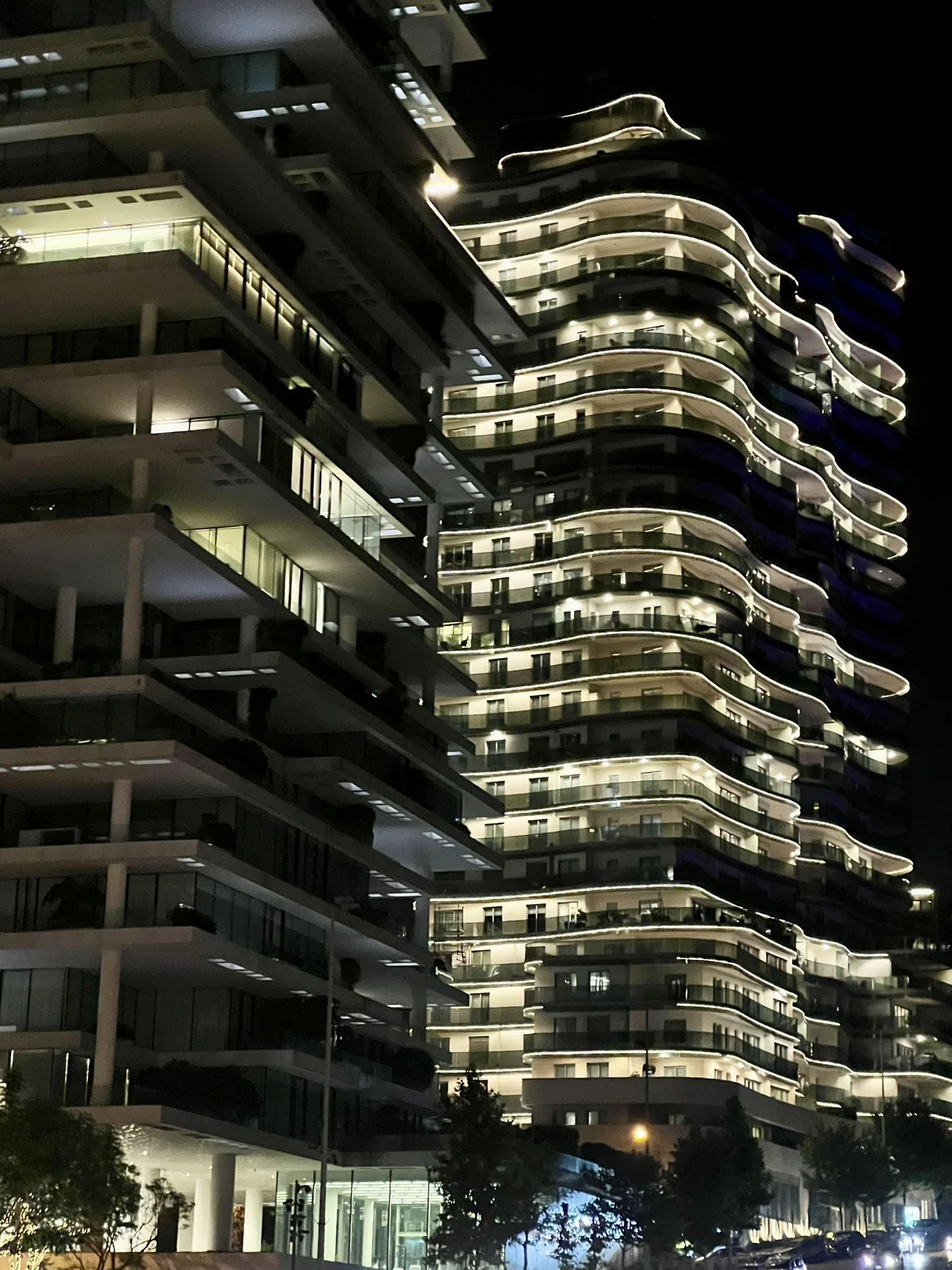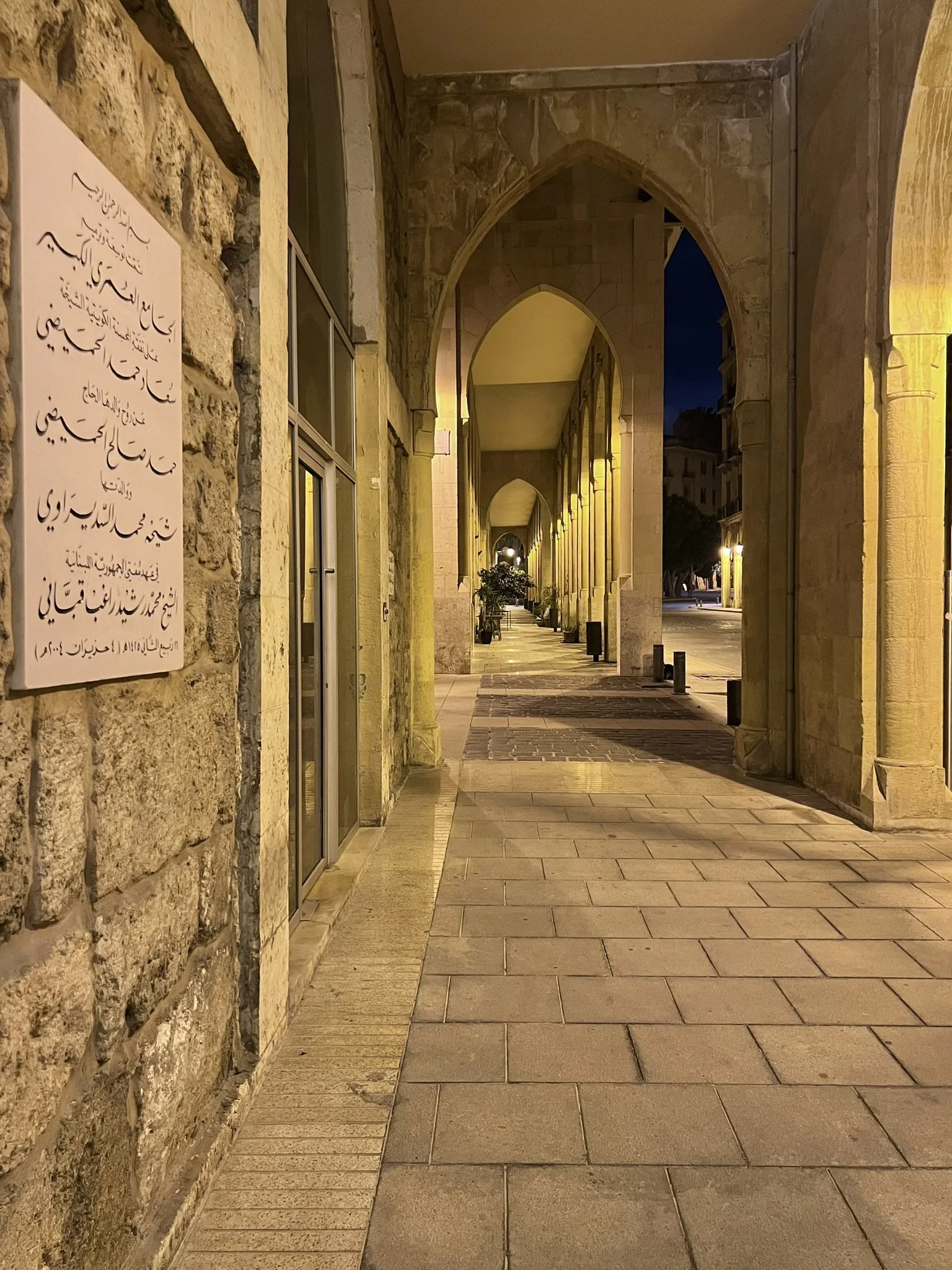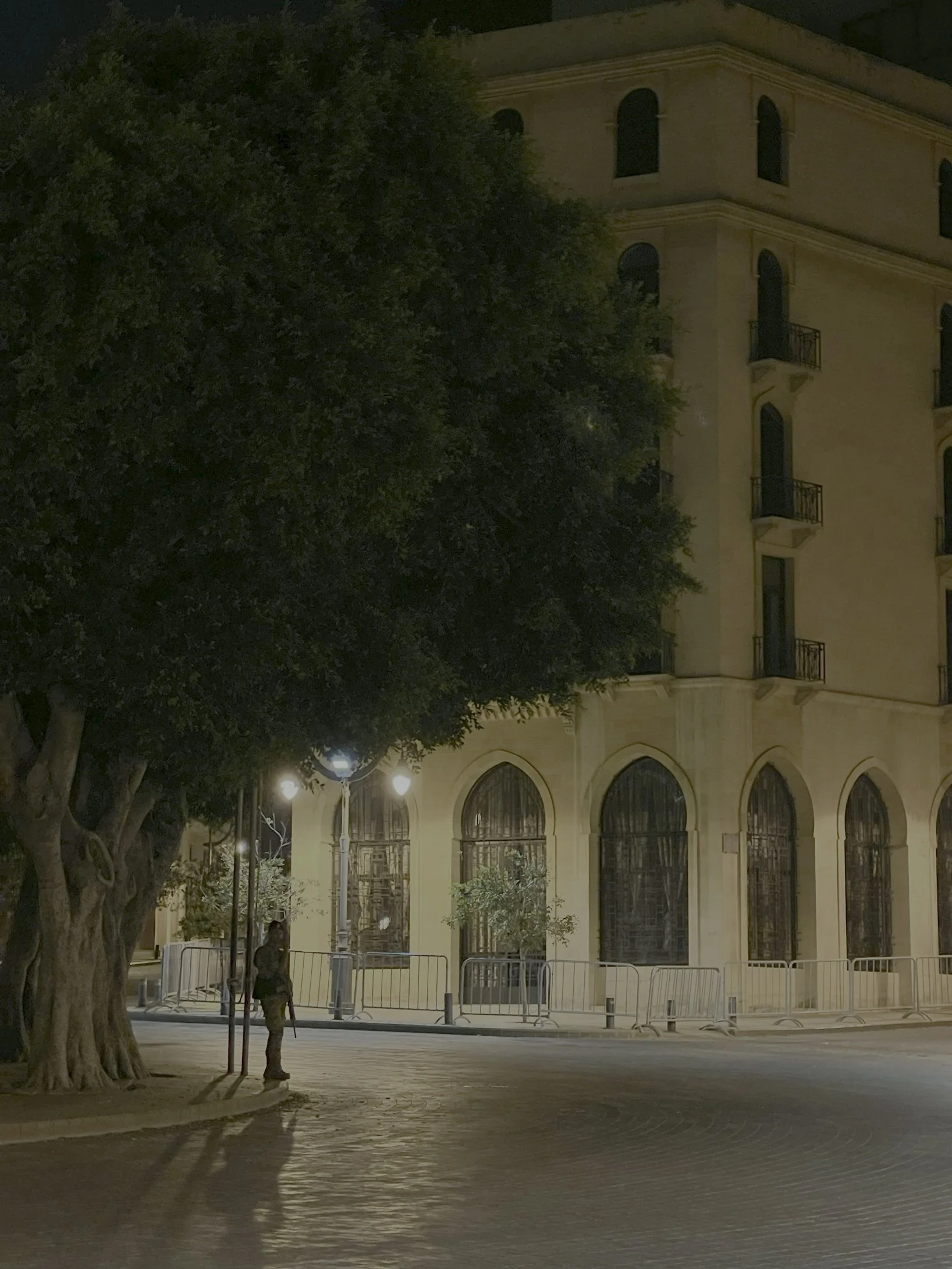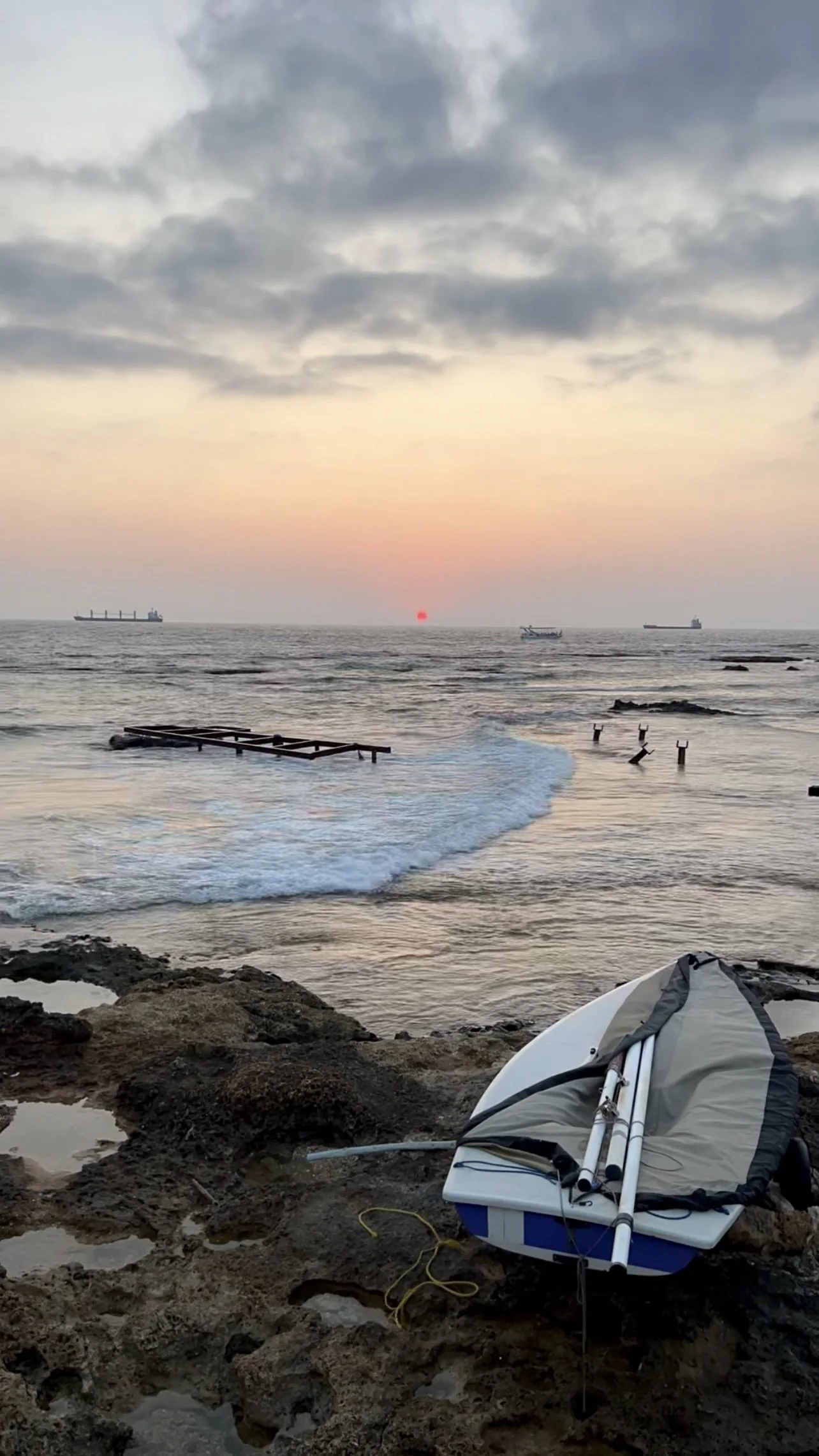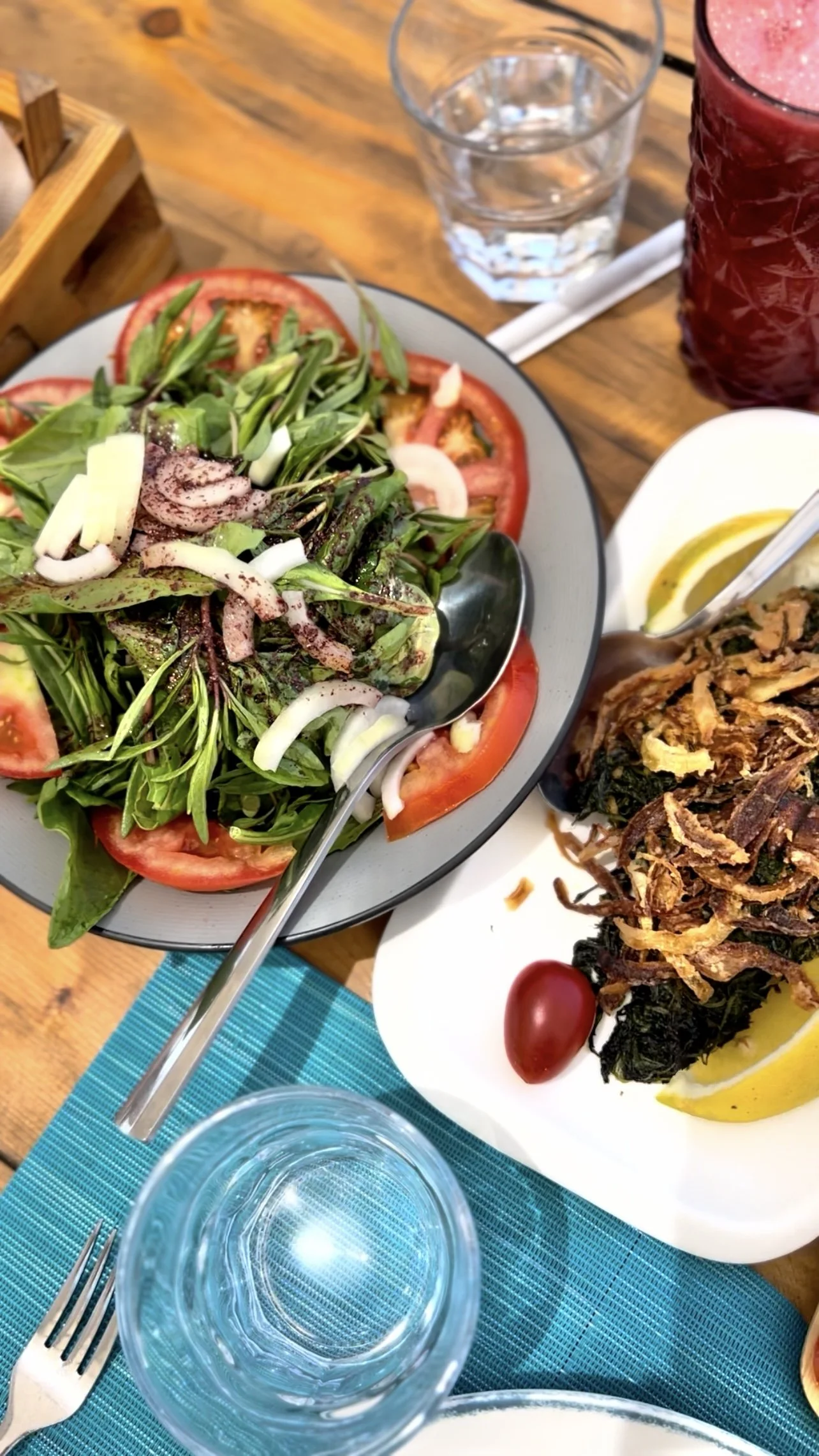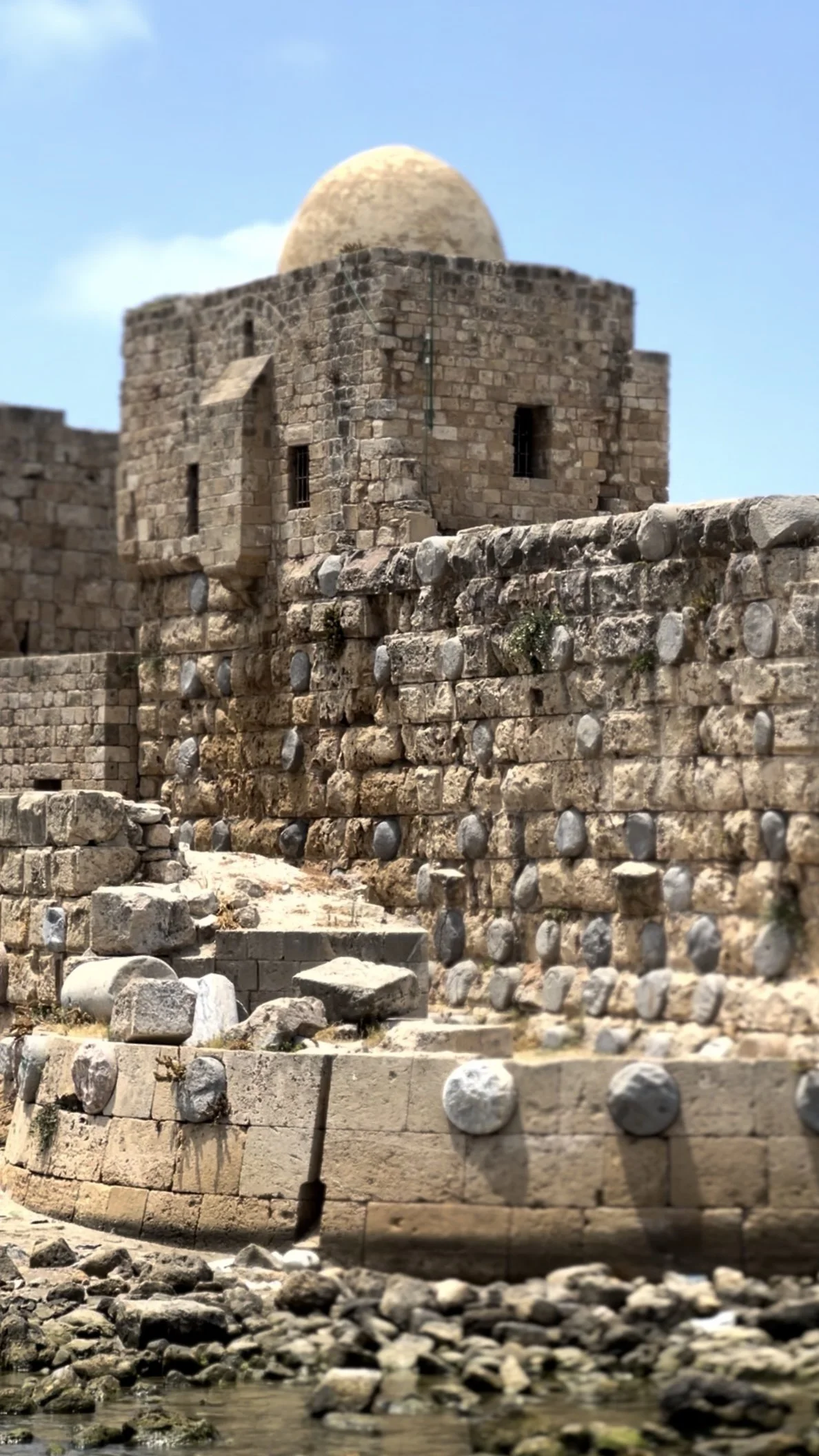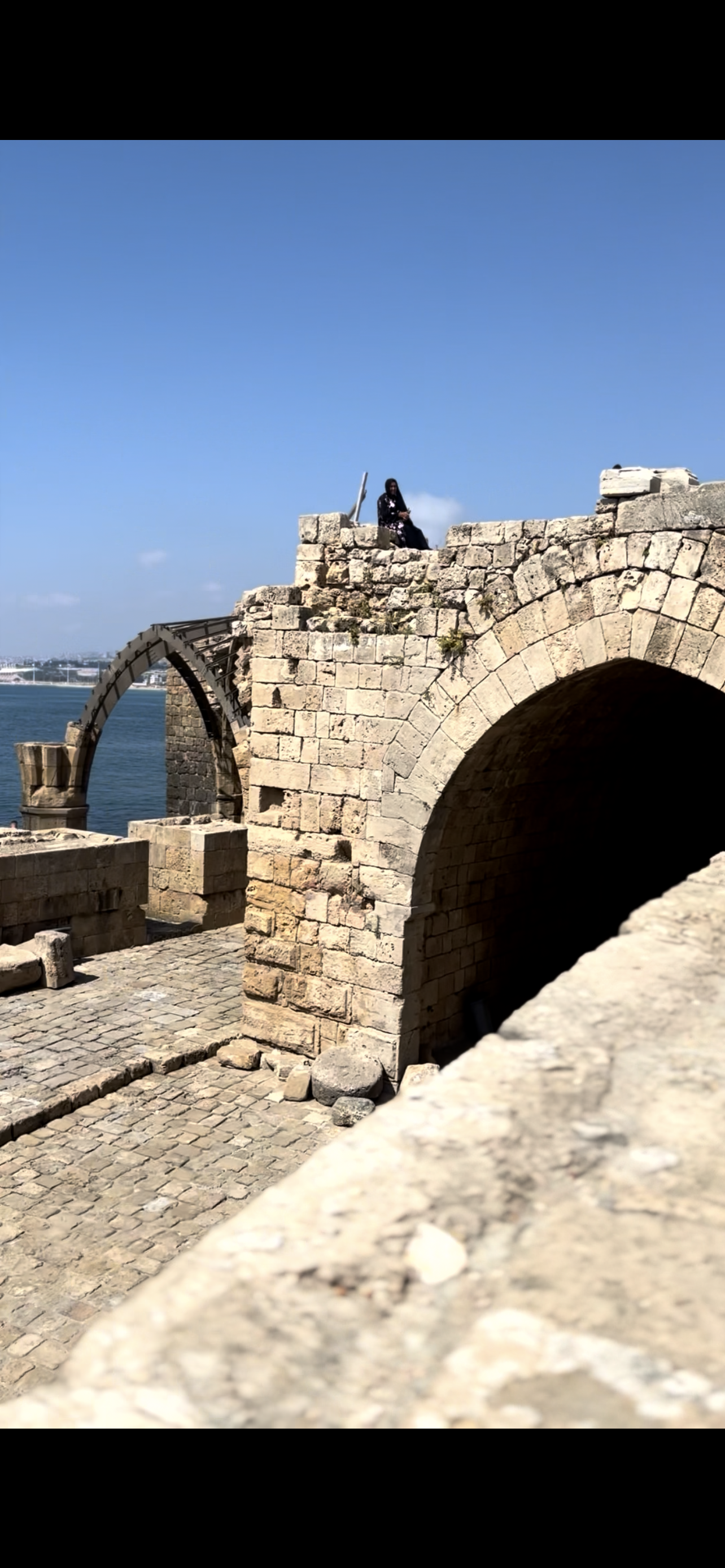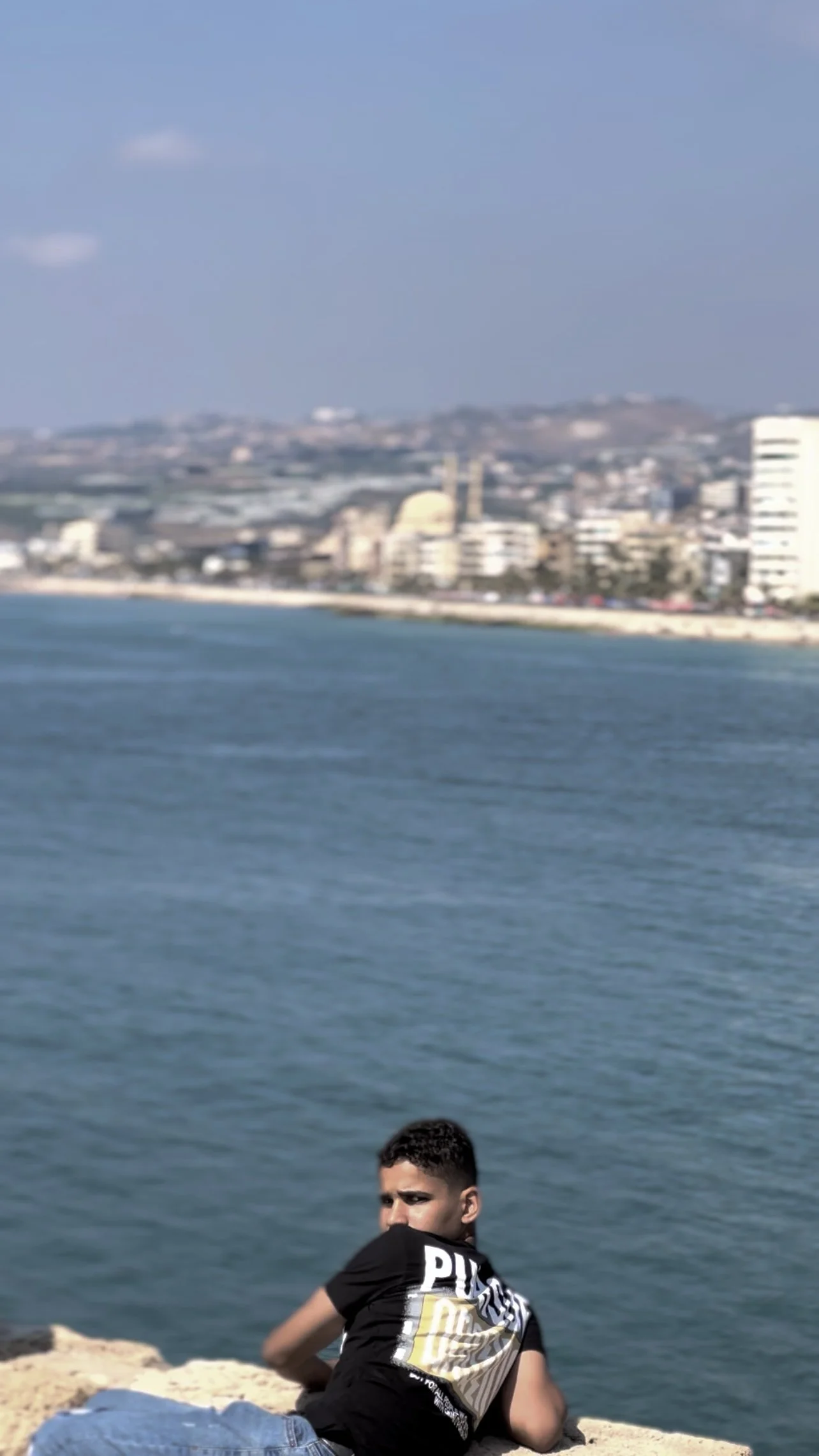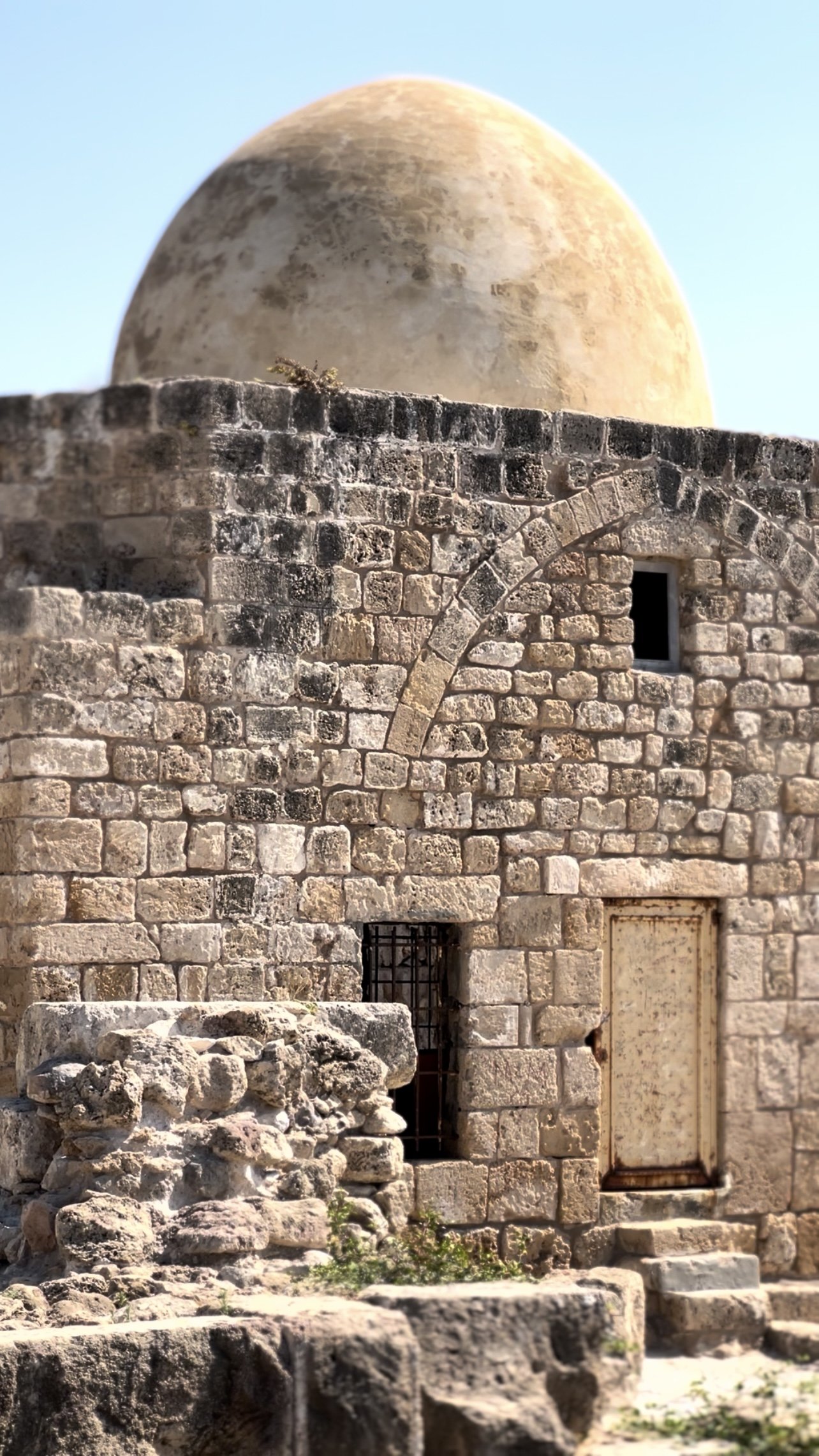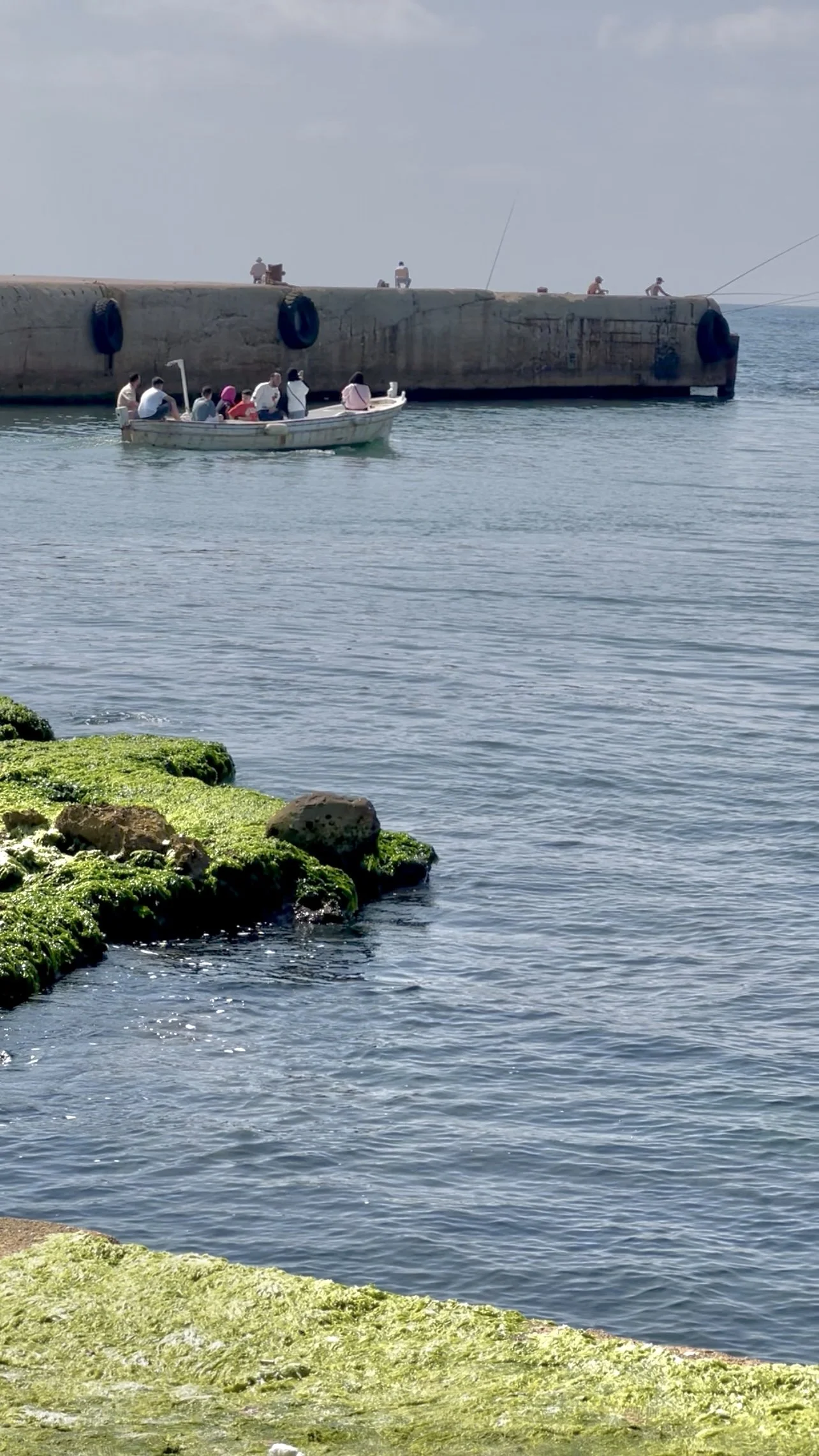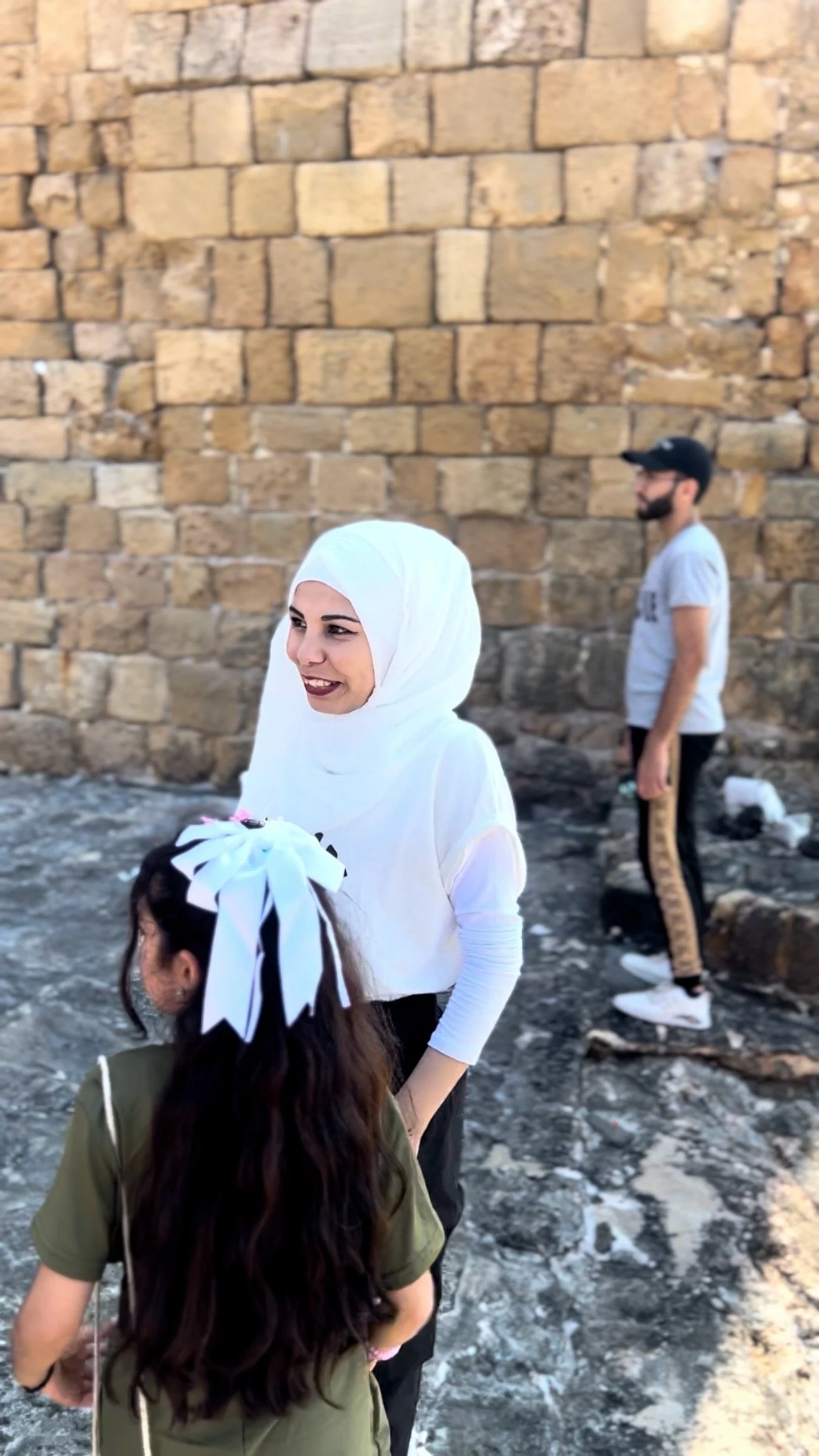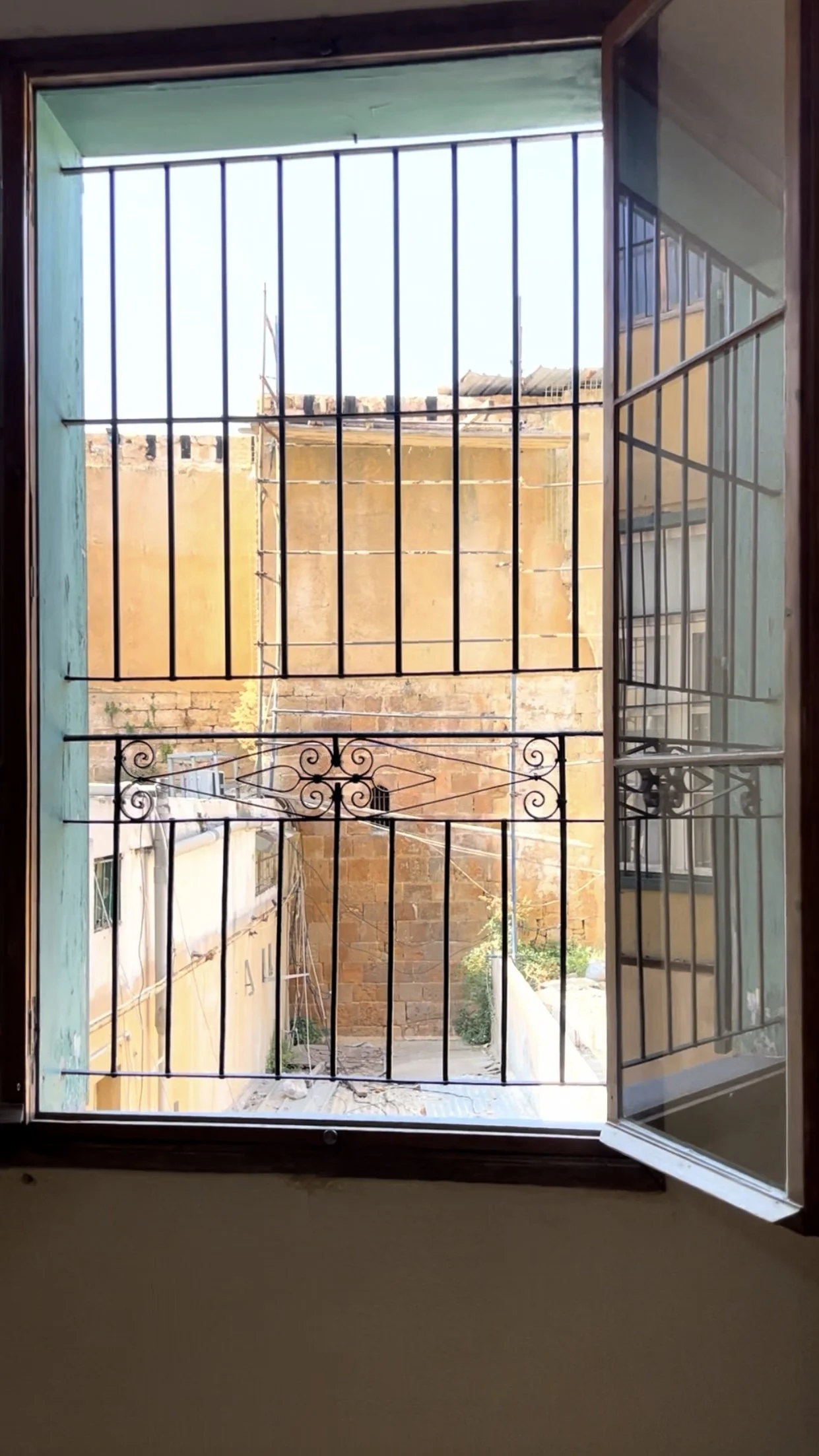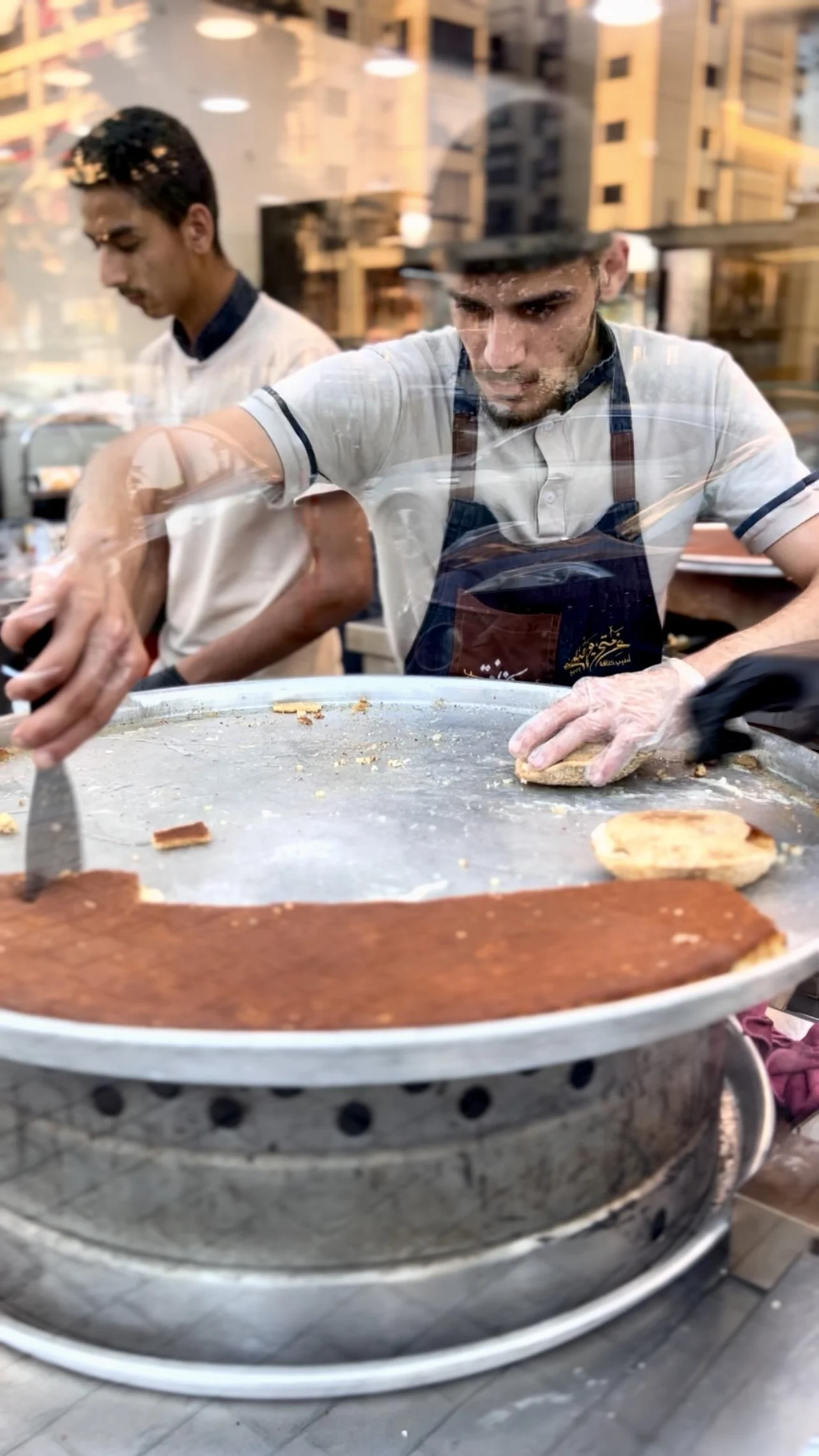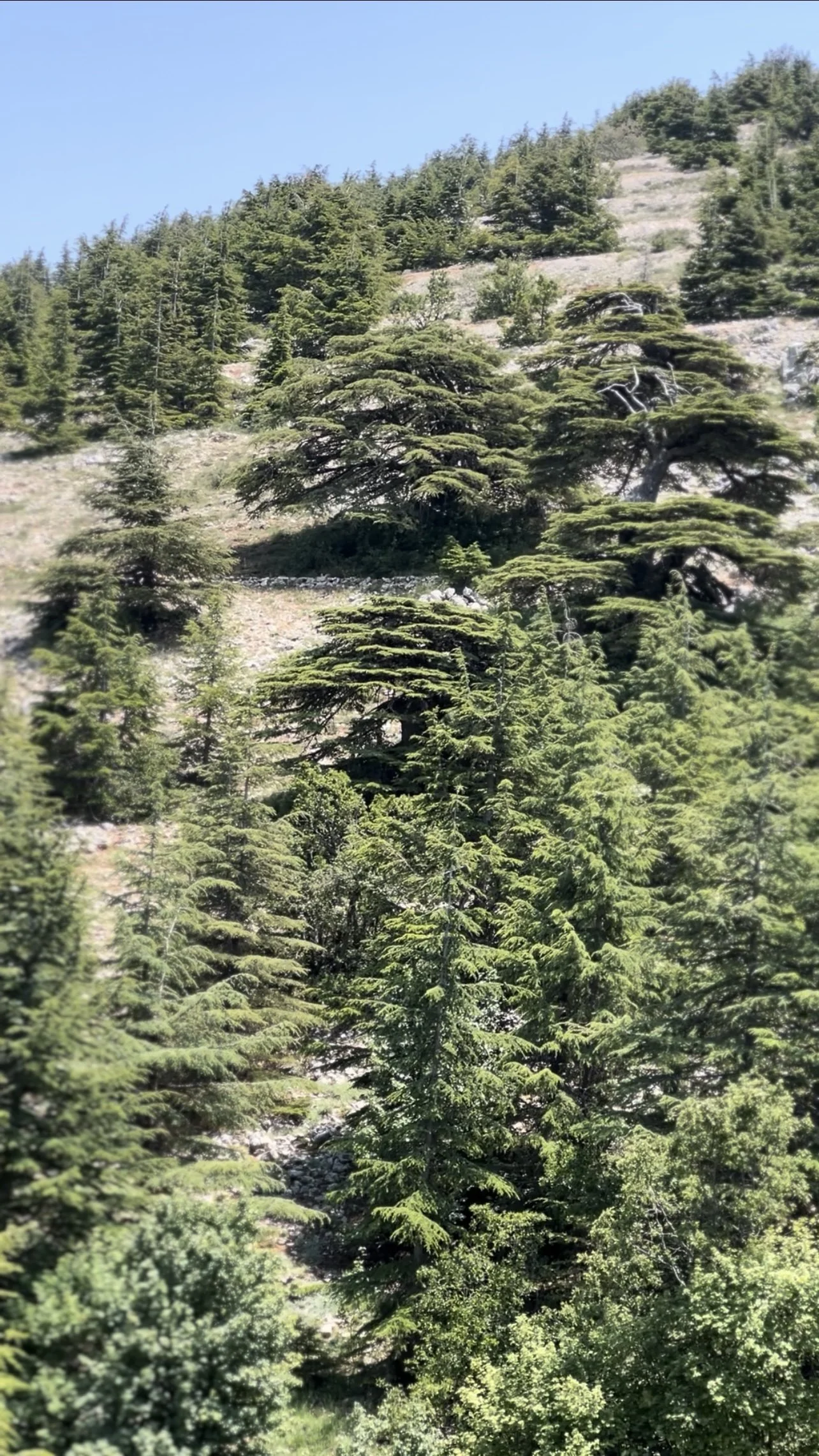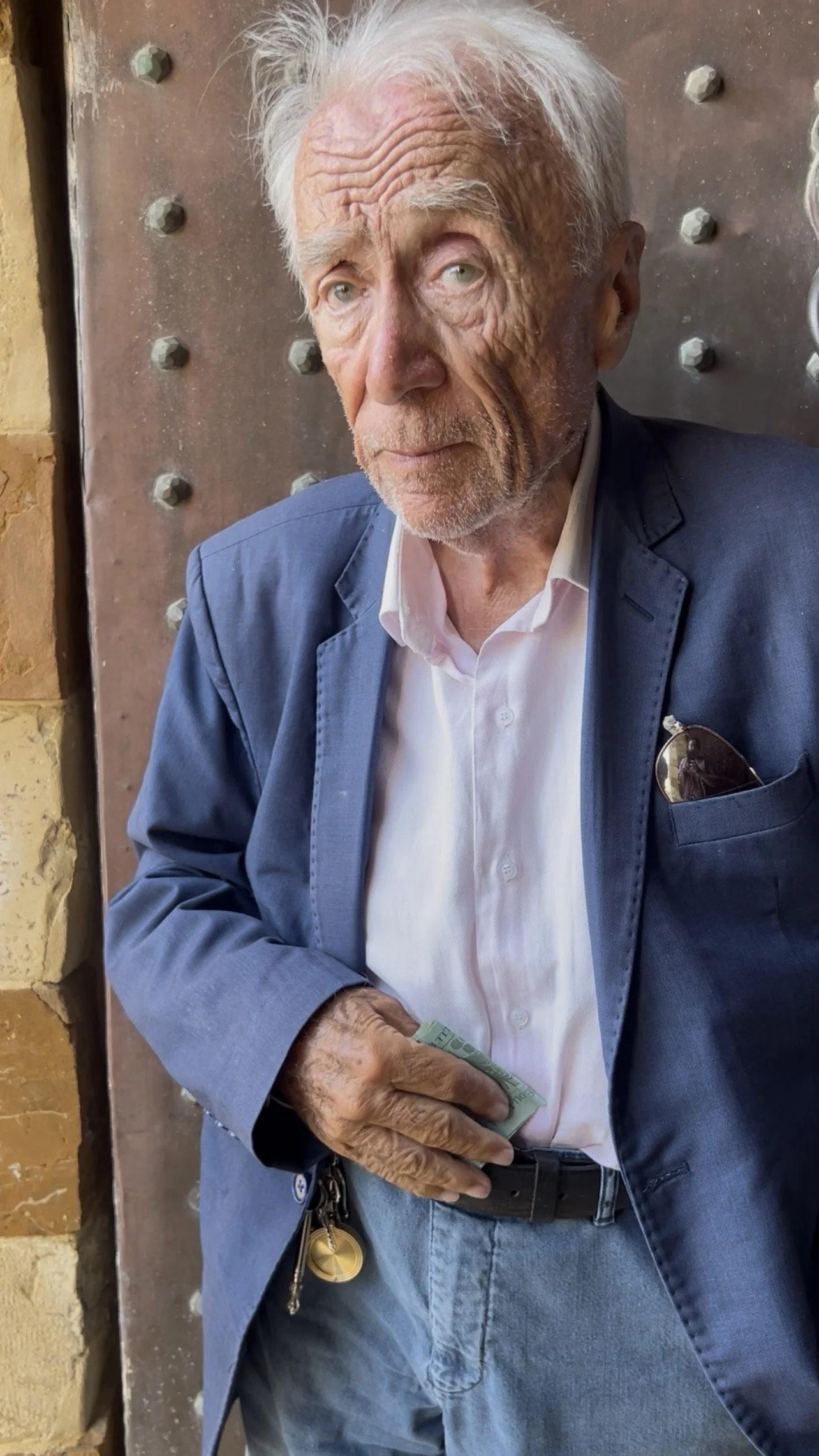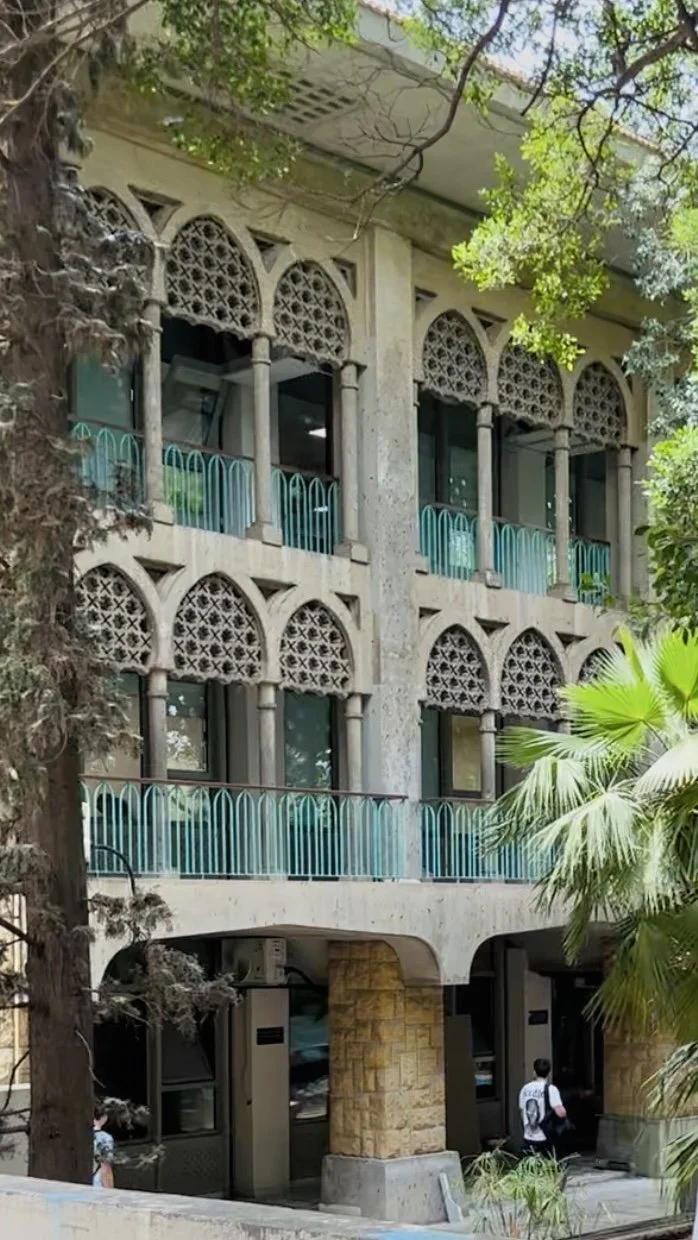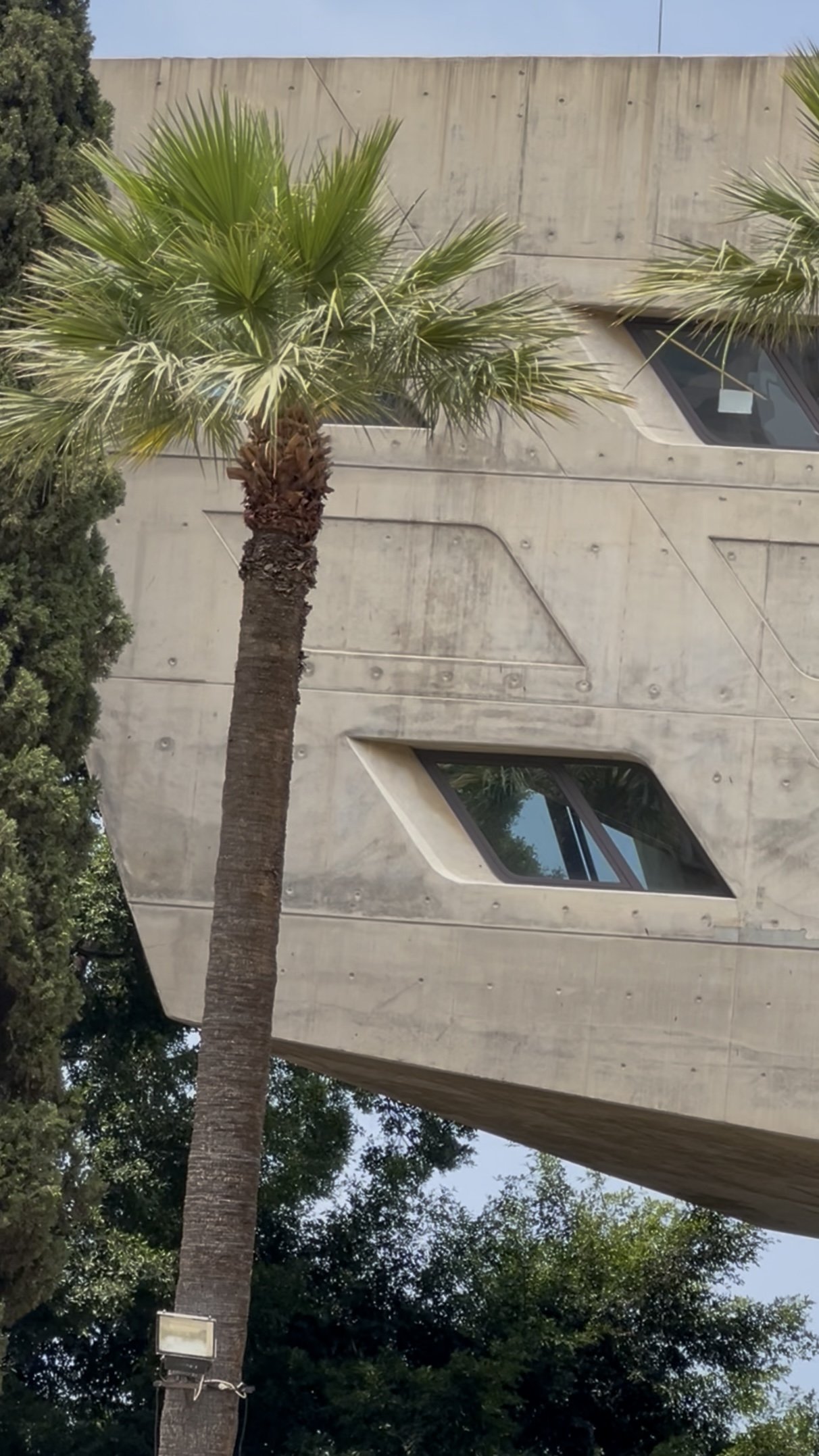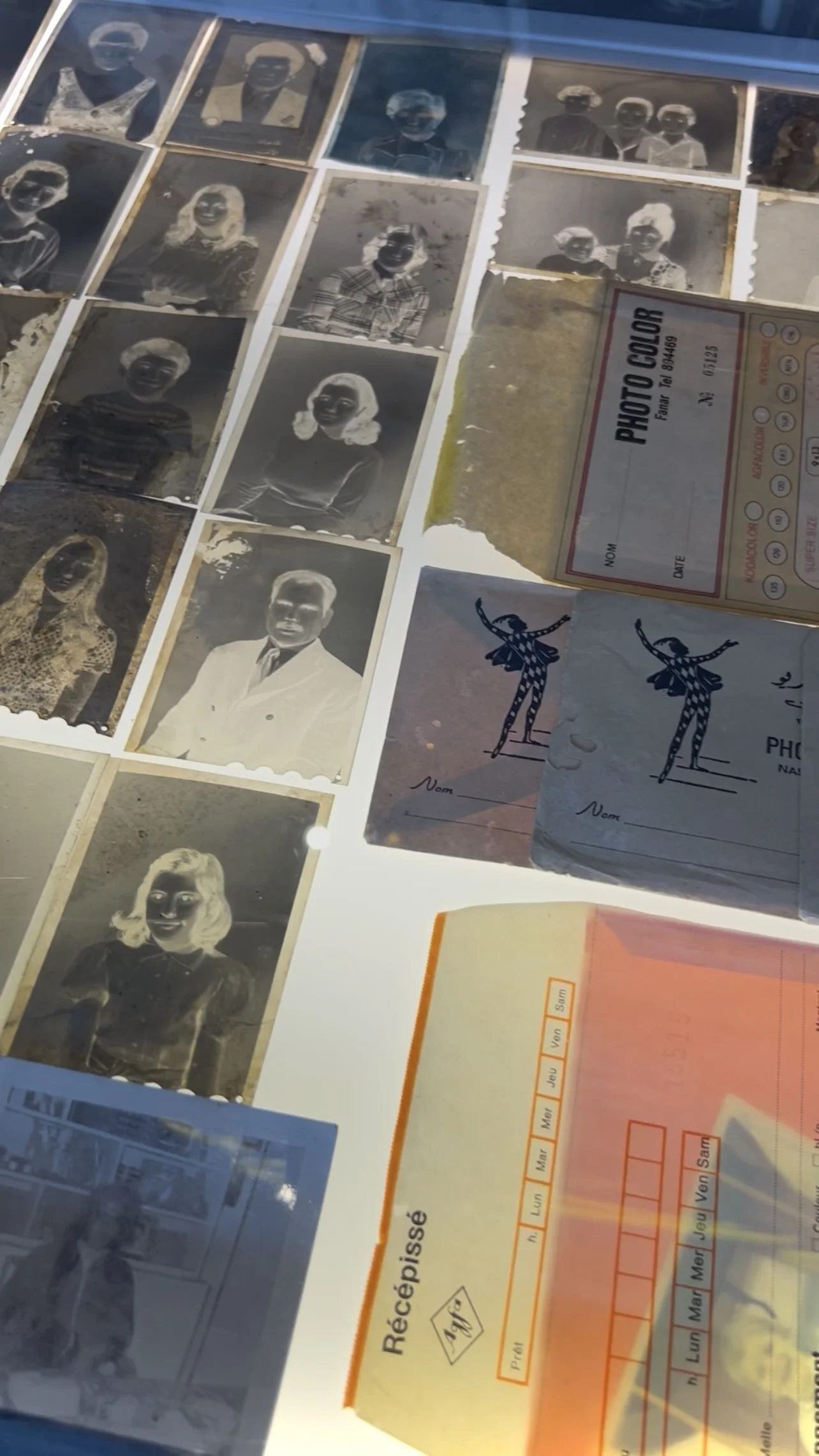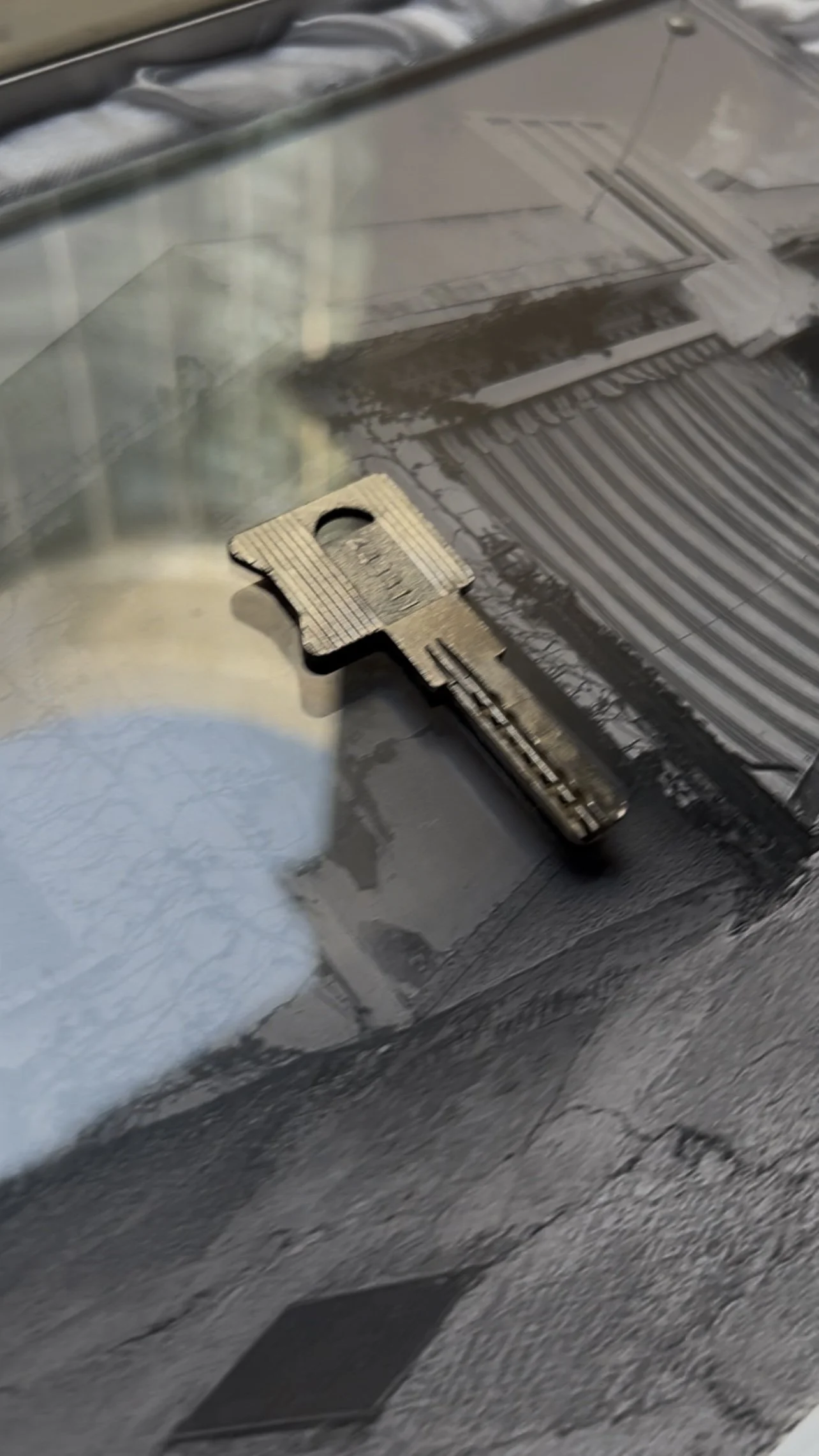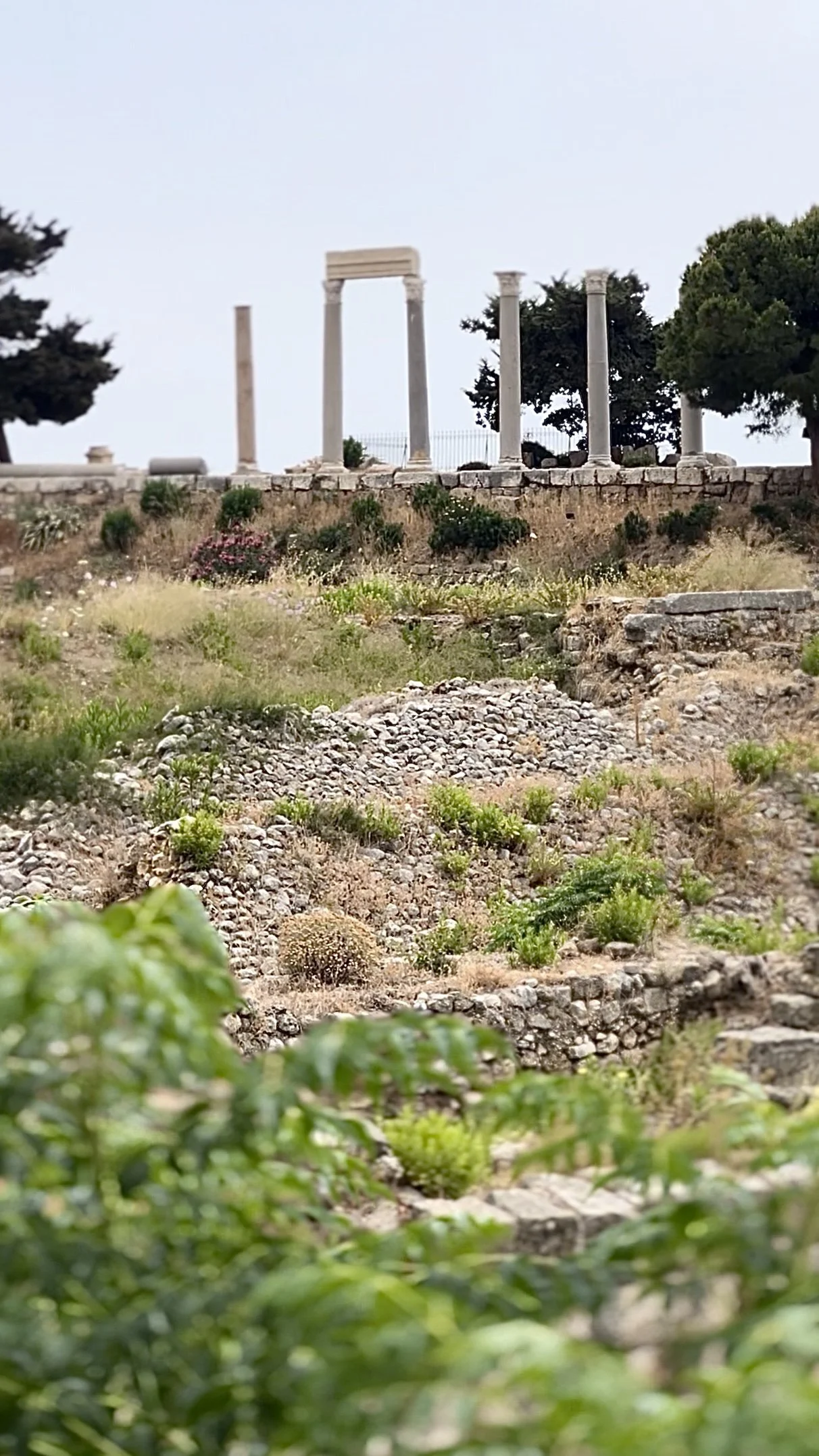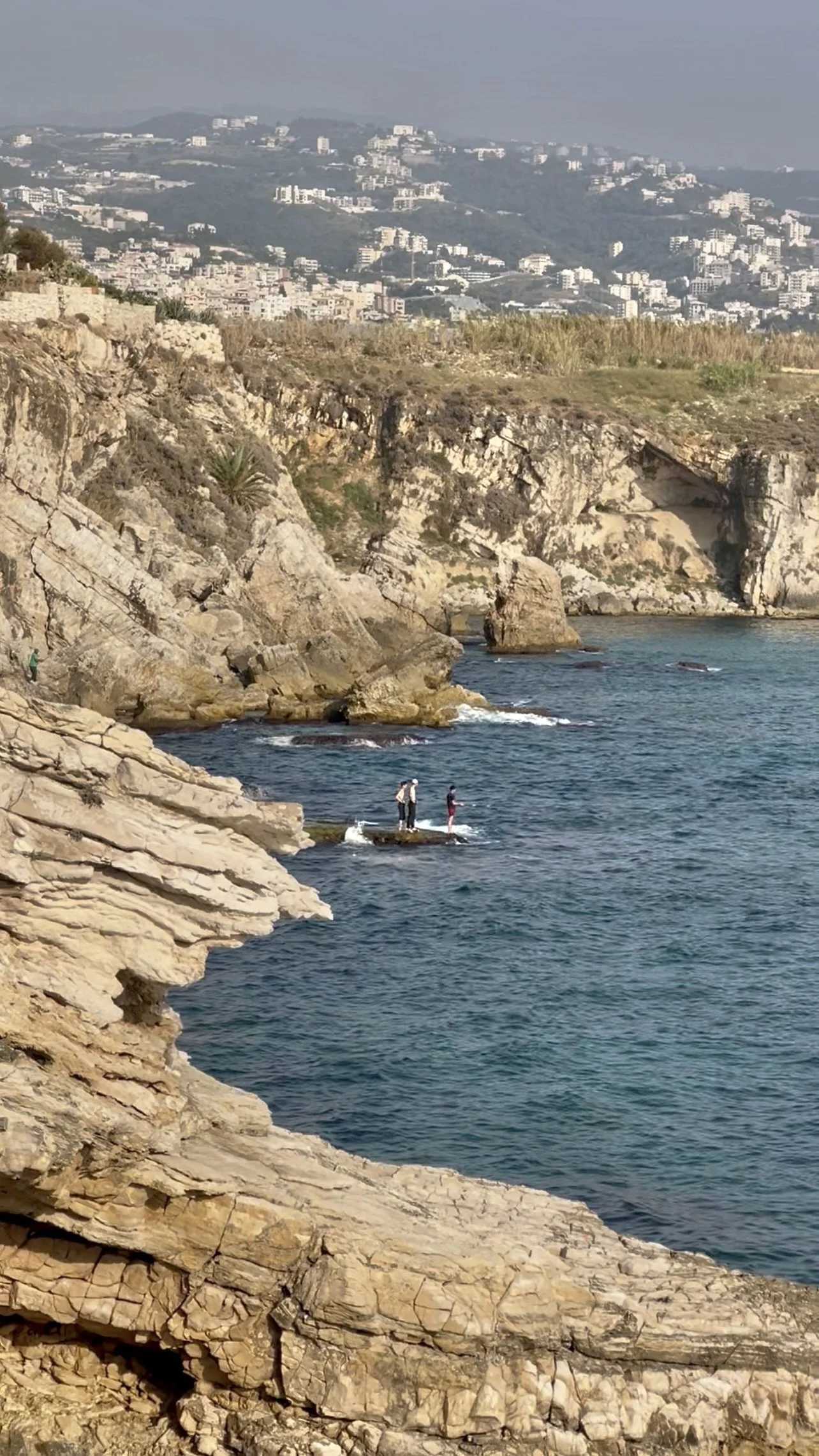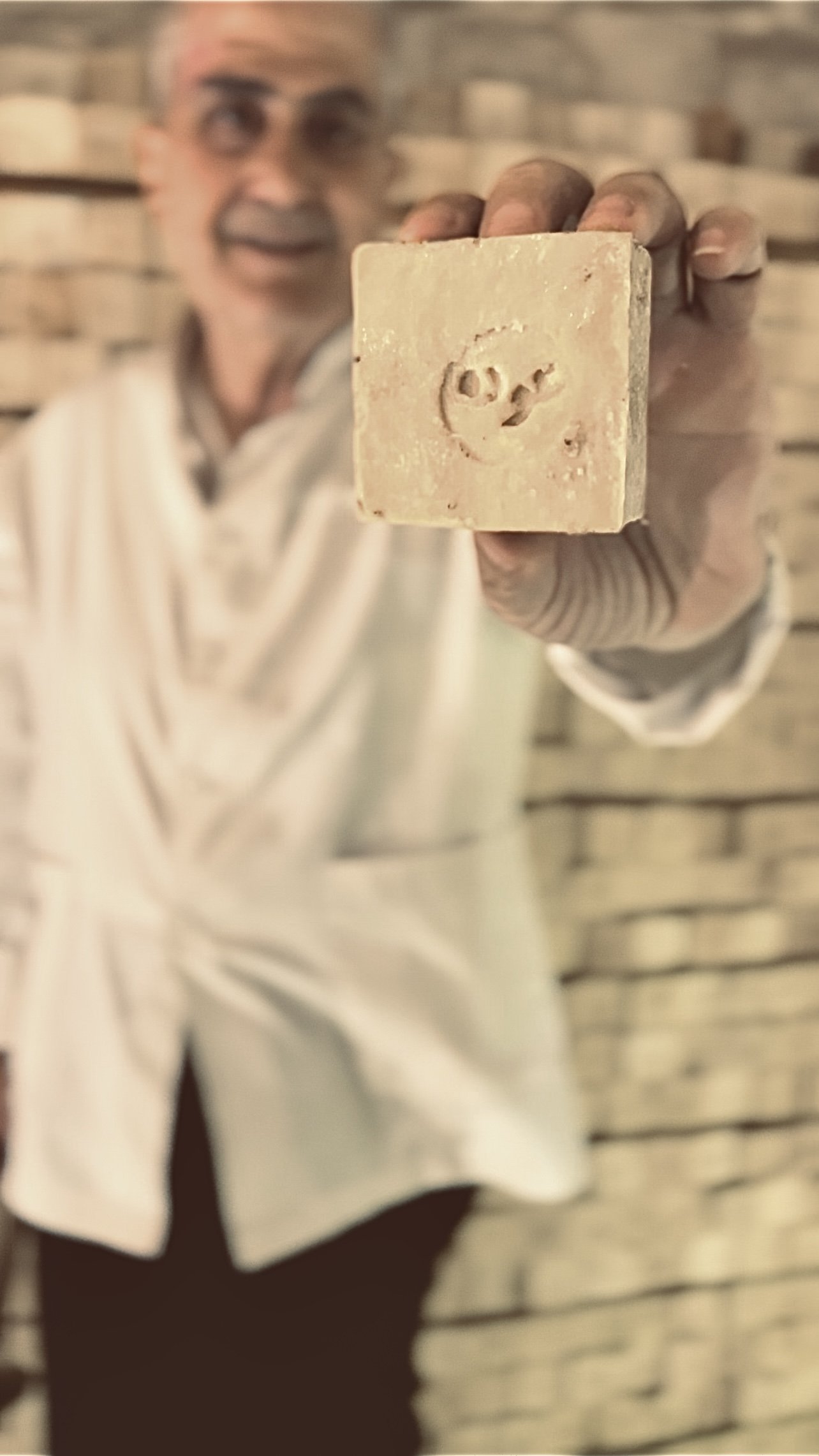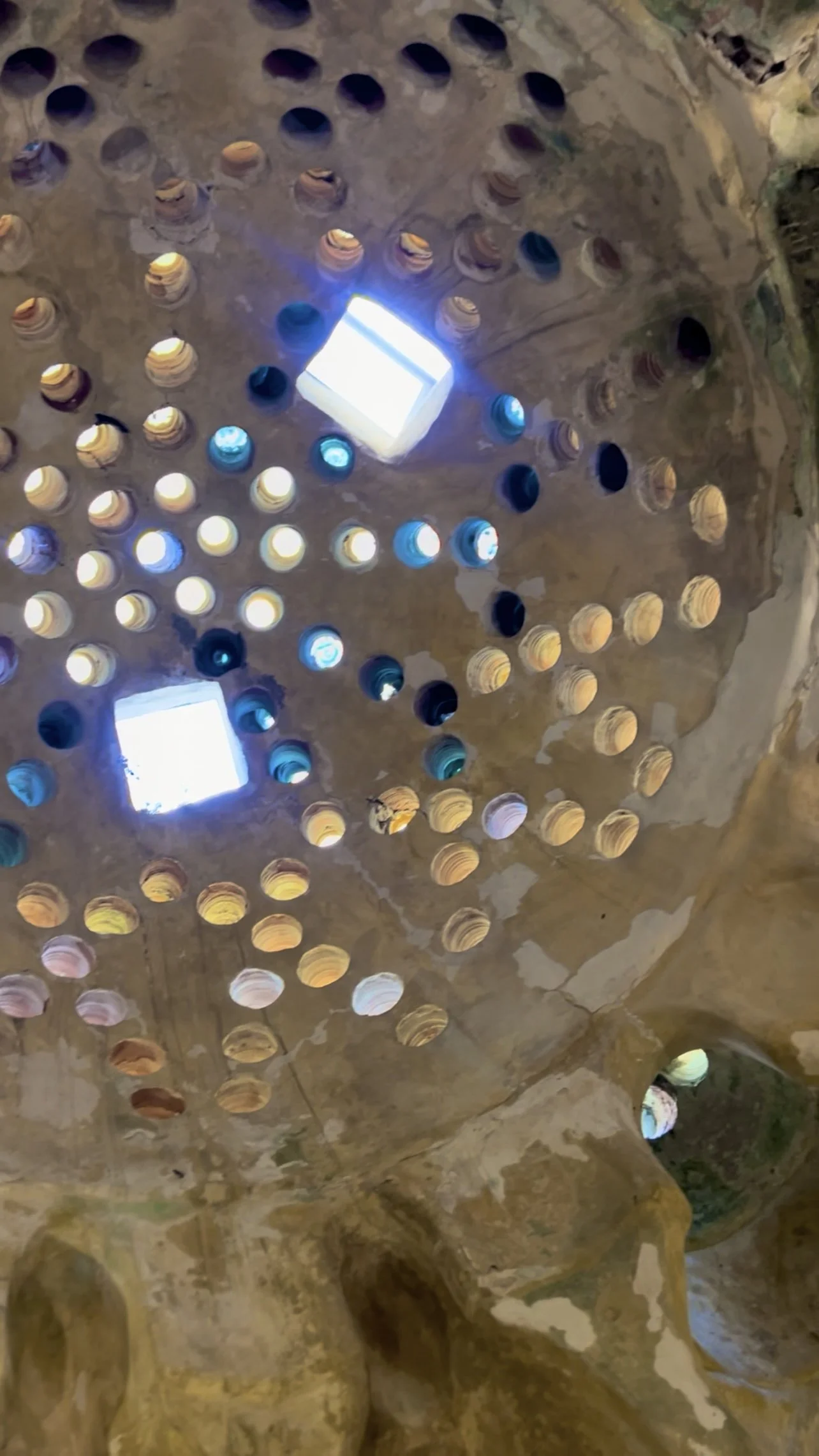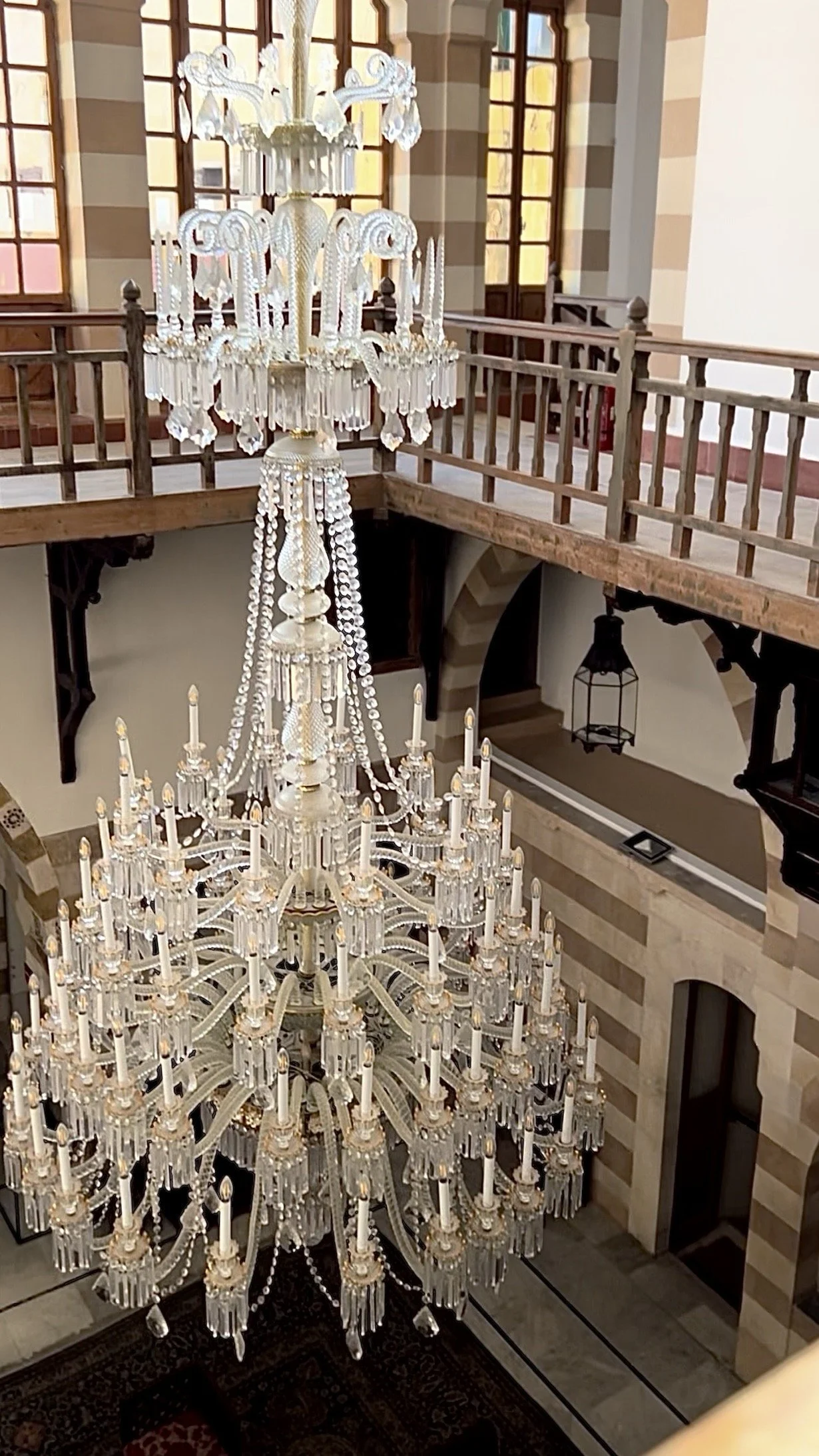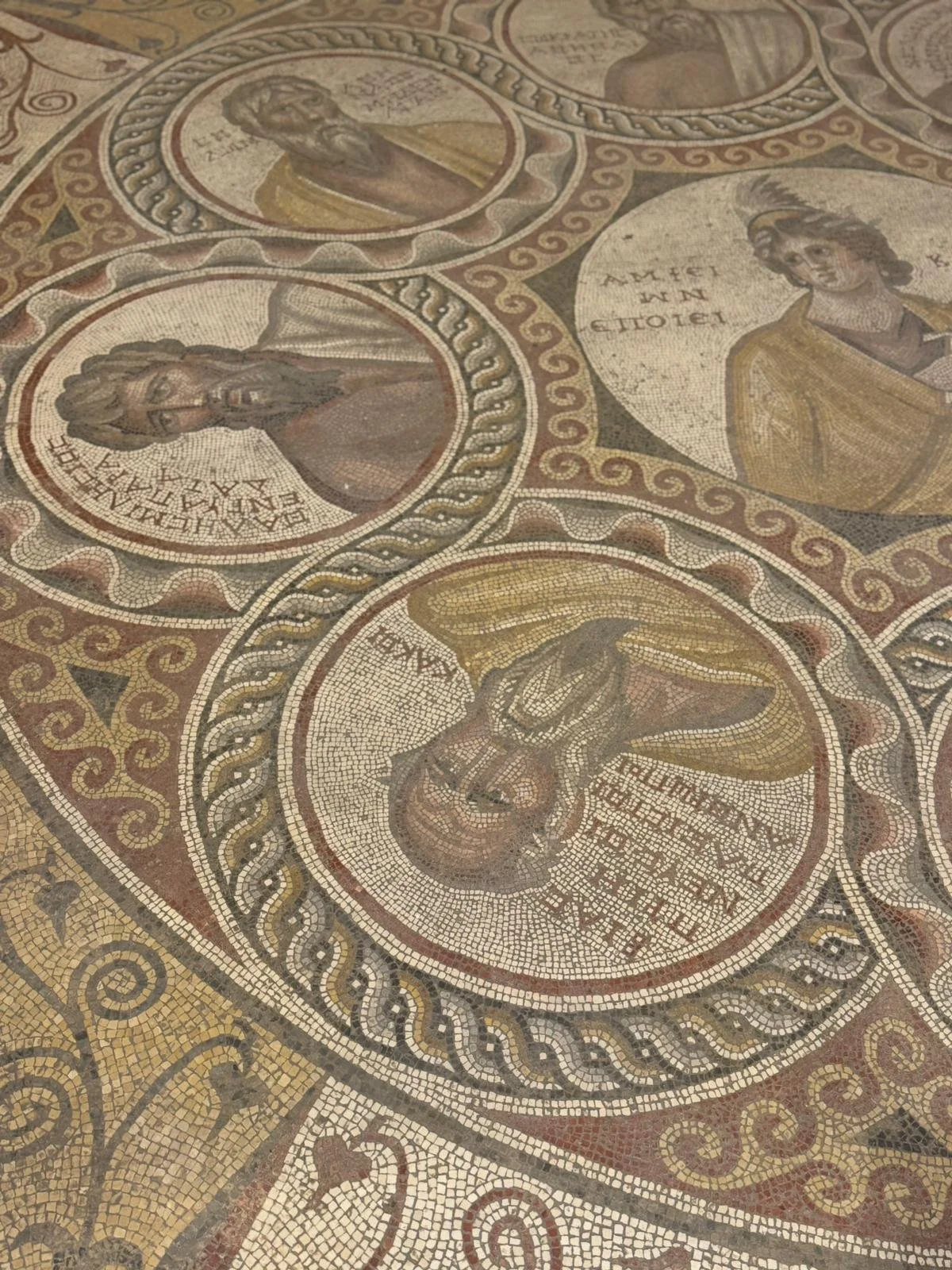This summer I had the opportunity to join my Palestinian / Lebanese mother on a trip to Lebanon - first time back to my country of origin in over a decade. When on such journeys, it’s always my preference to share my impressions through photography. So, please enjoy this brief slideshow below.
Highlights include a reunion with my dear Auntie Miranda and longtime family friends in Dhour Shweir, Jounieh and Beirut. Enjoyed spending time with friends in Achrafieh, shopping along Hamra. Even had the opportunity to gather with local and international delegates at Casino du Liban for a ‘Prayer Dinner’, fascinating evening!
I was so grateful to return to my place of birth in Southern Lebanon, Saida, and explore its Crusaders Sea Fortress, Fondation Audi Soap Museum, Hammam Al-Jadeed, the Hammoud / Debbané Palace, souks, plazas and much more. Elsewhere, I was enamoured with Musée National de Beyrouth, Our Lady of Lebanon - Harissa, the town of Deir el Qamar, and hikes through Al Shouf Cedar Nature Reserve.
When I was young we moved from Saida to a flat overlooking the Corniche (seaside promenade) in the neighborhood of Ain El Mreisseh, not far from the American University of Beirut (AUB), where both my parents got their degrees. Touring the campus with my Mom was a delight! She pointed at buildings and old banyan trees, recounting tales of comradery, laughter and romance (I only blushed once or twice) - very sweet.
As we entered the Green Oval plaza facing Bliss Hall, I got a bit distracted architecturally. This is when I caught first glimpse of Zaha Hadid’s Issam Fares Institute for Public Policy & Int’l Affairs. It was a sudden and stark contrast to the delicacy and rhythm of Nicely Hall and other traditional Islamic & Ottoman, Roman and Collegiate Gothic style buildings. Though I have a longstanding admiration for Dame Hadid, an Iraqi-British Architect, Artist and Designer, I must admit that, though bold and innovative, I found this building to be unapproachable and out of scale. Still very much worth the visit - along with this beautiful campus’ endless vistas and views. Who knows, maybe one day, in my semi-retirement, I could find an opportunity to teach at AUB’s School of Architecture and Design. That would be a full-circle moment, indeed.
An brief visit to Sahet el Nejmeh Square or Place de l'Étoile left me contemplating Lebanon’s rich and complex history from the Byzantine & Ottoman Empires, to the period under French Mandate, to today.
The center point of Beirut’s city center redevelopment by the French mandate throughout the 1920’s and 1930’s; this urban project converted Beirut’s core into a Haussmannian Paris style plaza.
The city center had been largely demolished by Late Ottoman attempts at introducing hygienic corridors with the opening of the Allenby and Ma’arad streets by 1915. When the French arrived in 1922, Beirut’s center had largely remained vacated and undeveloped. With the designation of Beirut as the capital of the newly formed Greater Lebanon ‘Le Grand Liban’ in 1922, the French authorities set out to consolidate the city center’s circulation within a modernized urban plan. The plan was drafted by Camille Duraffourd and was executed between 1926 and 1933.
The new plaza, which was initially designed to have 8 radiating streets, was truncated by the presence of the historic St. George Greek Orthodox Cathedral, Beirut’s oldest church, and the St. Elias Melkite Catholic Cathedral next to it. When the French initially proposed the plan, the communities surrounding the two churches, as well as the souks behind them which were owned by some of Beirut’s wealthiest families, overwhelmingly rejected the plan and with popular support were able to cancel the construction of the last two streets.
In 1933, Lebanese-Brazilian businessman Michel Abed gifted the new city center the iconic clock tower that currently adorns apex of the star shaped urban form. Facing the clock tower is Lebanon’s Parliament building, an Ottoman structure that was repurposed for the nation-state’s use; the two historic churches, a series of insurance company headquarters and multitudes of restaurants, offices and cafes.
Throughout the Lebanese Civil War, the Place de l’Etoile would become a battlefield around which the war would revolve for 15 years. Following the war, it was renovated by Solidere and re-opened to the public for the first time in 2003.
But, what may have left the deepest impression is a serendipitous tour of Beit Beirut (highly recommend to anyone traveling to Lebanon). This Yellow House located on the former ‘green line’ served as a sniper base during the Lebanese Civil War (1975 - 1990). The building itself became a storytelling element of this Museum and Urban Cultural Center.
In addition to its strategic location, the airy architecture of the Yellow House, with its transparency and varied shooting angles, was used for military purposes to control the surrounding area, known as the "Sodeco Crossroads". Today, this building is therefore an unusual structure due to this combination of domestic architecture and "war architecture", created by the snipers that occupied the building during the civil war. Threatened with demolition at the end of the 1990s, the Yellow House was finally saved thanks to the efforts of civil society and the commitment of the City of Beirut which led to an expropriation procedure granted on grounds of public interest in 2003.
Under the terms of the expropriation decree, the Yellow House will be restored to accommodate:
- a museum,
- a cultural and artistic meeting place,
- a facility for archiving research and studies on the city of Beirut throughout history,
- an urban planning office for the City of Beirut,
- an underground car-park.
I traveled as far North as Batroun, one of the oldest continuously inhabited cities in the world. It’s historical sites include St Stephen Cathedral and Our Lady of the Seas, a Greek Orthodox Church overlooking the ancient Phoenician Sea Walls.
Inhabited since Neolithic times, the coastal town of Byblos (Jbeil), a UNESCO World Heritage Site, sits on a cliff of sandstone 40km North of Beirut. Structures from different periods, including medieval town intra-muros and antique dwellings, are scattered throughout. The Crusader Castle of Byblos, a site that links Byzantine and Ancient Roman Architecture; Romanesque Style with influence of Norman and Islamic Architecture, consists of a rectangular enclosure of 50x45m. It contains one central tower perched at a higher elevation, accessible by an arch bridge, and four corner towers with doors leading to the surrounding lower grounds. To travel between floor levels, a staircase is built within the thickness of the structure walls. Absolutely amazing site!
Along the way, we enjoyed the most amazing meals, ranging from a seafood feast at Babel Bahr in Jbeil, to shish tawouk sandwiches Beirut’s BarBar, to knefeh Naboulsieh (for breakfast) from Gharamti & Kiblawi Sweets in Saida, to home cooked meals on garden terraces.
Driving the Lebanese coastline brought back memories and many emotions. Driving up and down the autostrade, we passed Unifert, where my Dad worked before immigrating to the US. We drove alongside the Beirut Port, where shortly after 6PM on the 4th of August, 2020, an explosion ripped through the port, killing more than 220 people, including our dear Freddy Alam, may he rest in peace. This incident wounded 6,500, destroyed 70,000 homes, leaving over 300,000 people homeless. Caused by the detonation of vast quantities of ammonium nitrate improperly stored, the powerful shockwaves of this blast are still visible. Since the explosion, the silos’ ruins have loomed large in the city’s skyline as a constant reminder of the devastation, evoking the persistent lack of accountability for the tragedy.
The day before I was scheduled to return to Seattle, Israel (and the United States) initiated a 12-day armed conflict against Iran, closing the Beirut airport. As the Lebanese do, I stayed up late with journalist friends, drinking, smoking and enjoying the view from the terrace of the Phoenicia Hotel on Zaitunay Bay, overlooking the iconic St George Hotel (interesting legacy story), as rockets flew overhead. It was surreal.
But, I’ve only scratched the surface. Wishing I had much more time, I left Lebanon wanting more - Beiteddine Palace / Jeita Grotto / Zahlé and the Beqaa Valley / Baalbek (UNESCO World Heritage Site) / Tripoli, to name a few… Until then | بشوفَك عن قريب
WHAT THE RETURNING DO by Zeina Hashem Beck.
Three years of absence bring dead things & new love.
Here’s the old house. What you smell is true, love:
bird carcass trapped between wall & flower pot,
so you do what the returning do—love
what you pound with broomstick until
dried bones & feathers fall. Who, love,
can say if this century is worse than others?
& despite what you know & knew, love
comes back as your city, or your old friend
dipping fries in labneh. They ask you, Love
have you been cured or are you still
an optimist? Does the woman who grew love
& flowers inside empty gas grenades
still bring you hope? They say, few love
the way you do, but they forget
(it’s been a while) they, too, love
olives, though they’re tired of odes
& eulogies. You wake & pursue love,
look in the mirror, read the news. Sometimes
you wonder how two loves
so conflicting persist. Then you remember
driving away can get you through love
& borders & some of the days. You can’t predict
what time decides. How’s the view, love?

